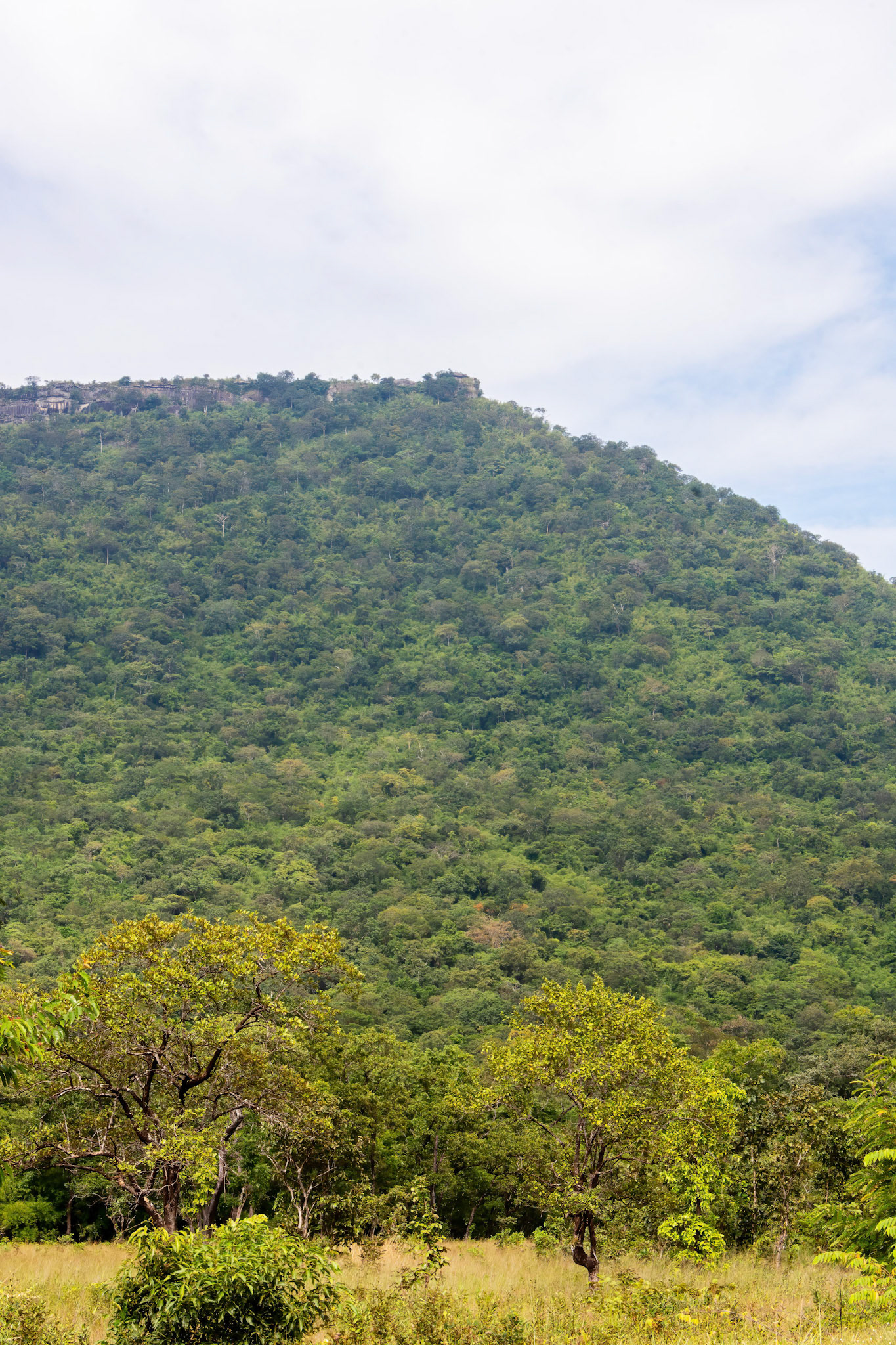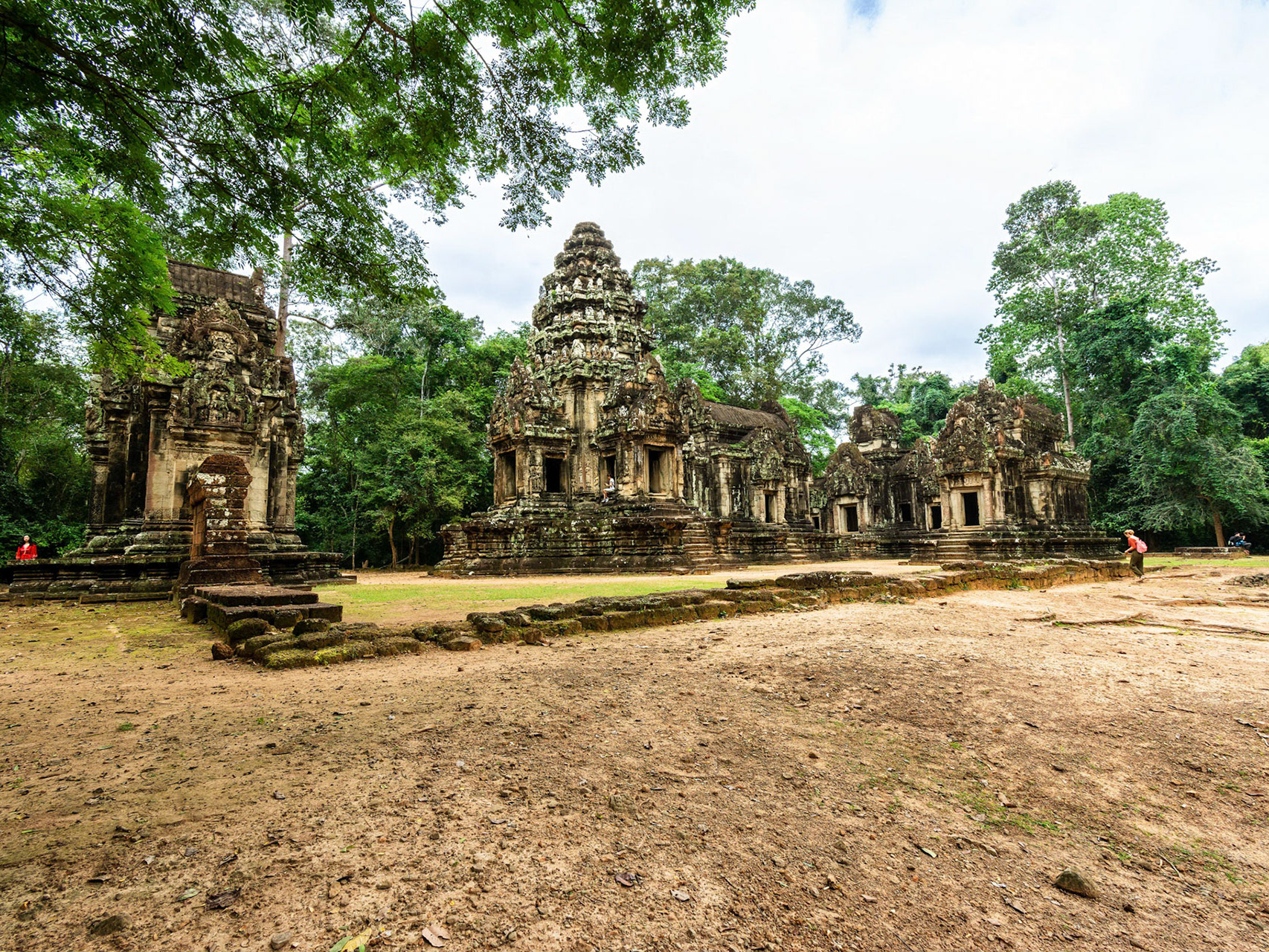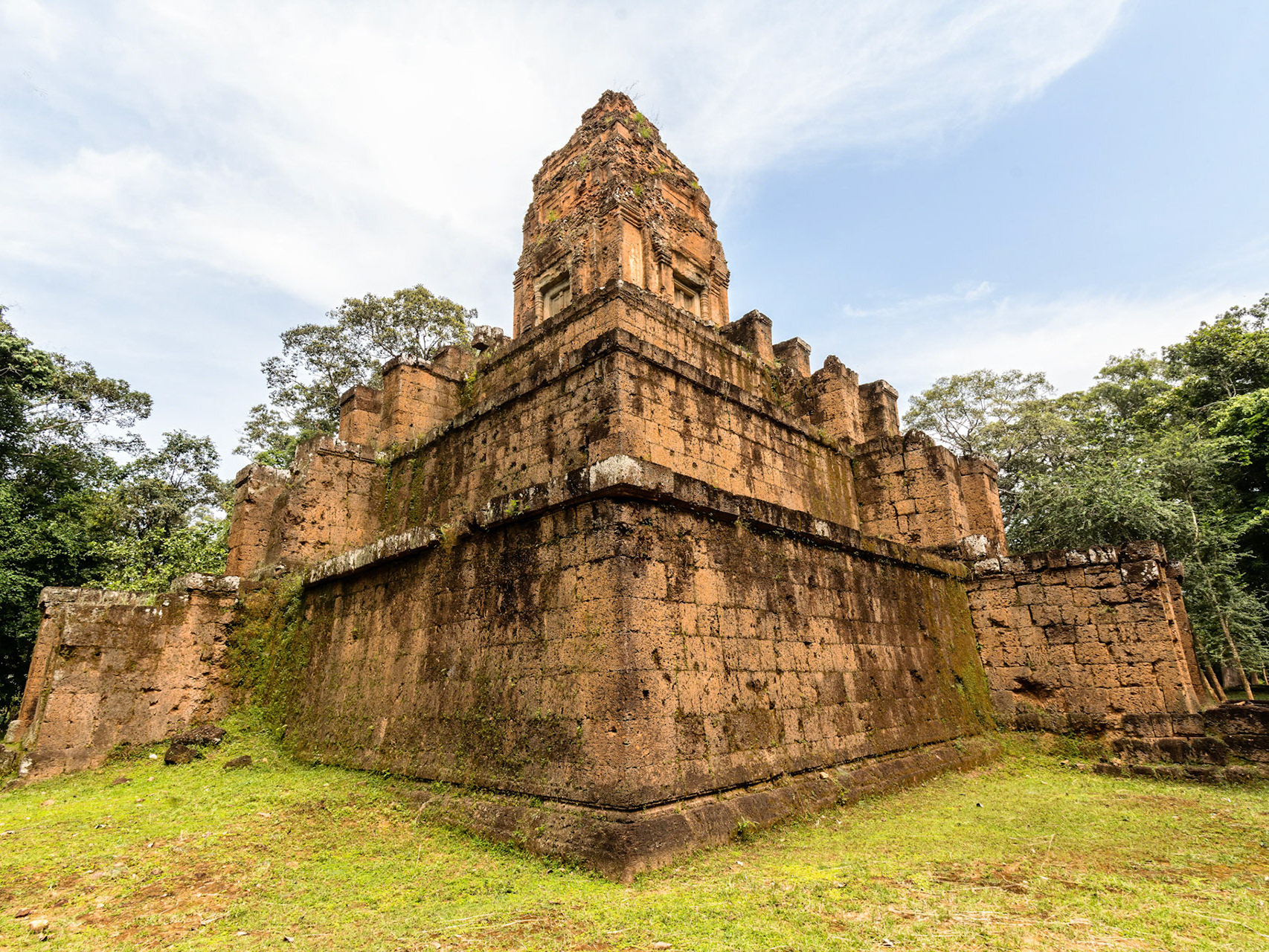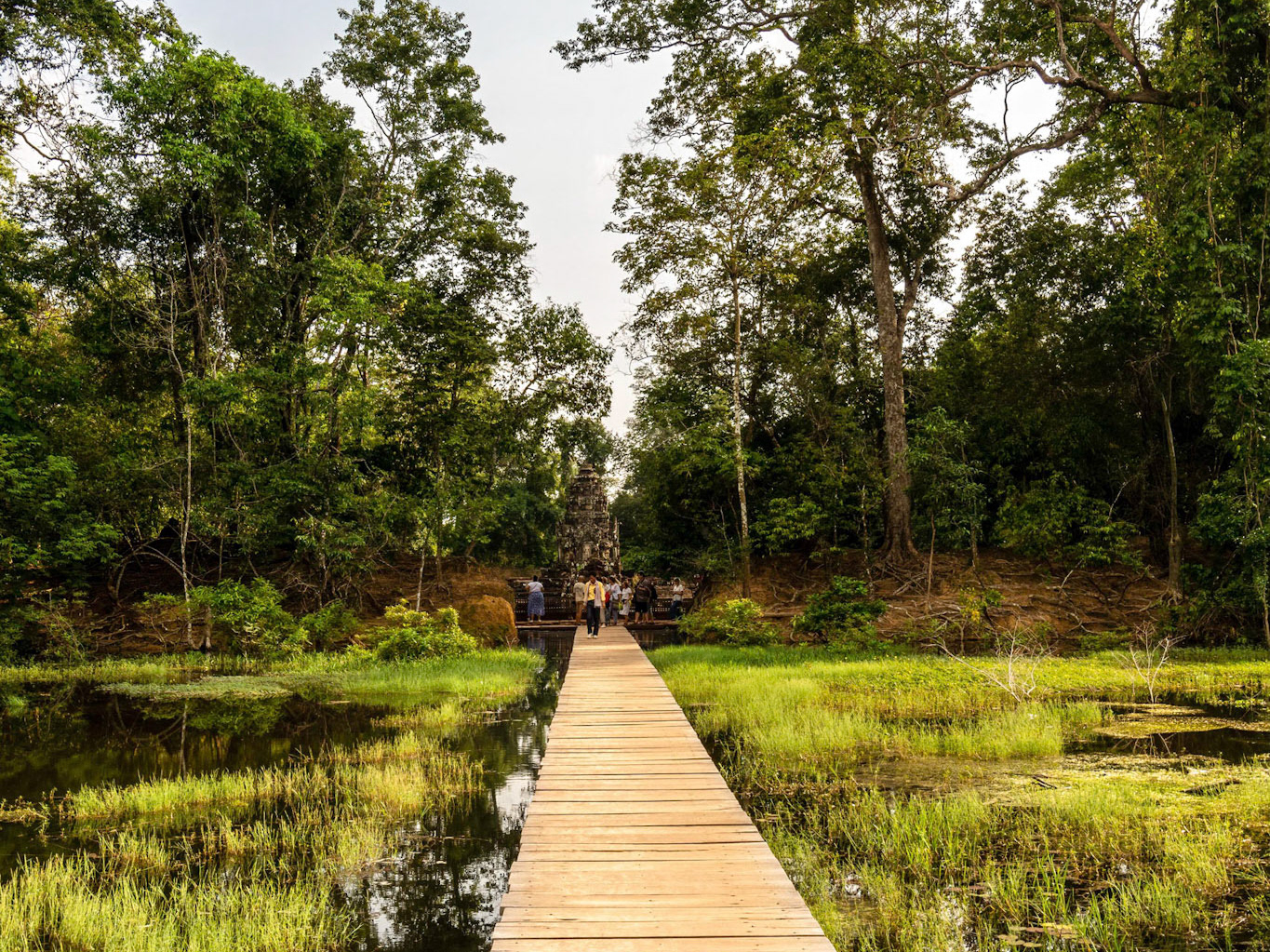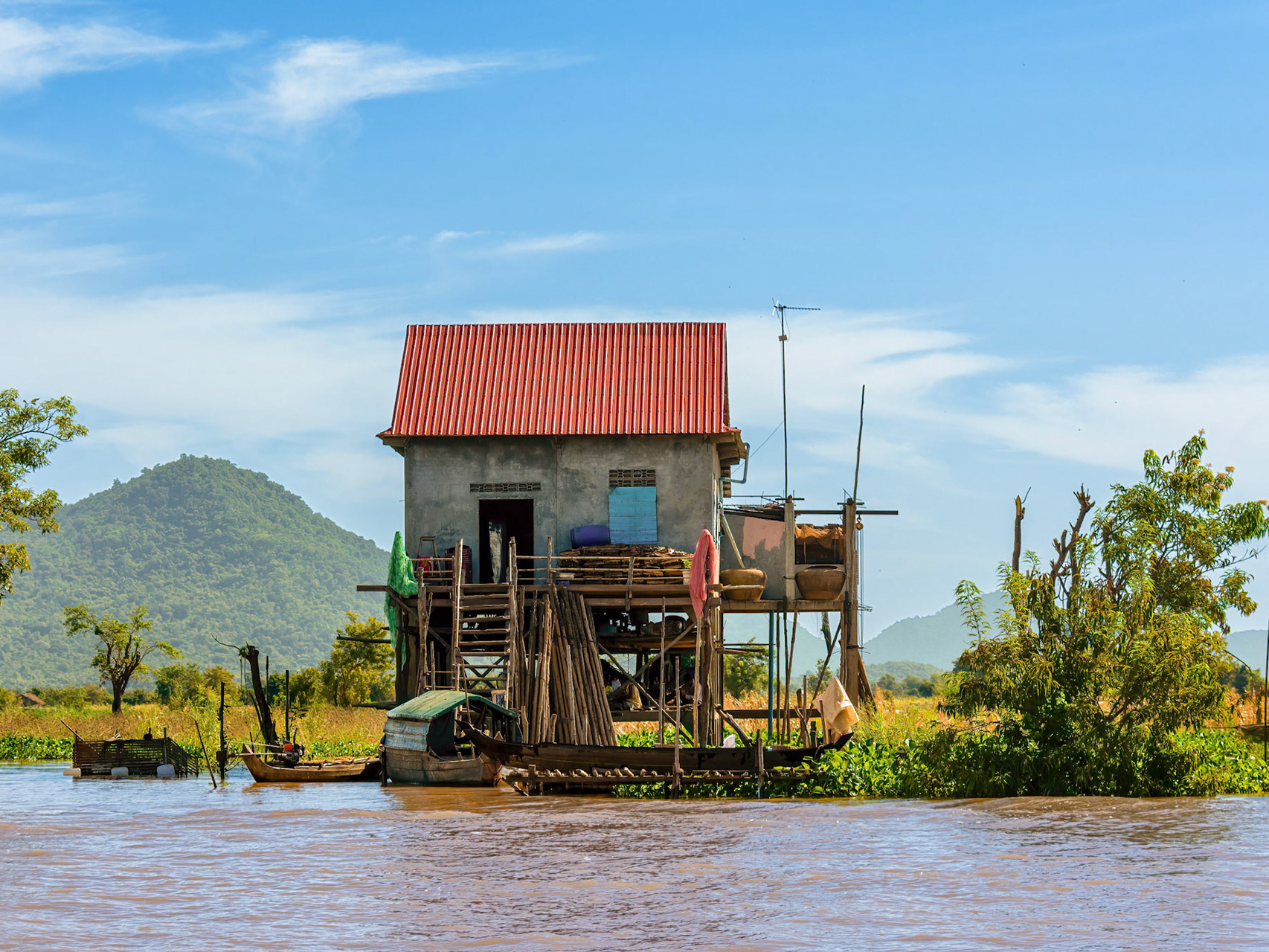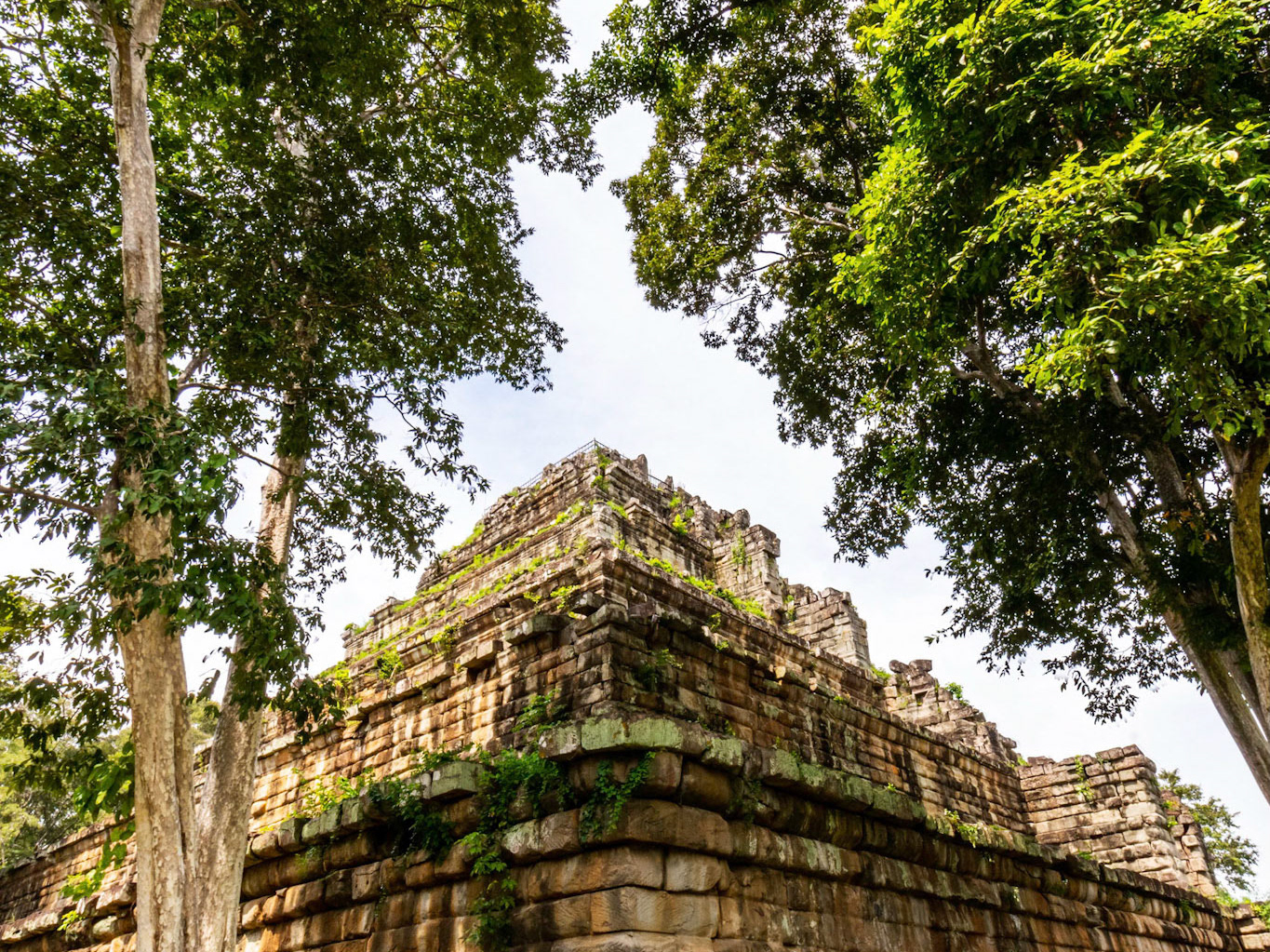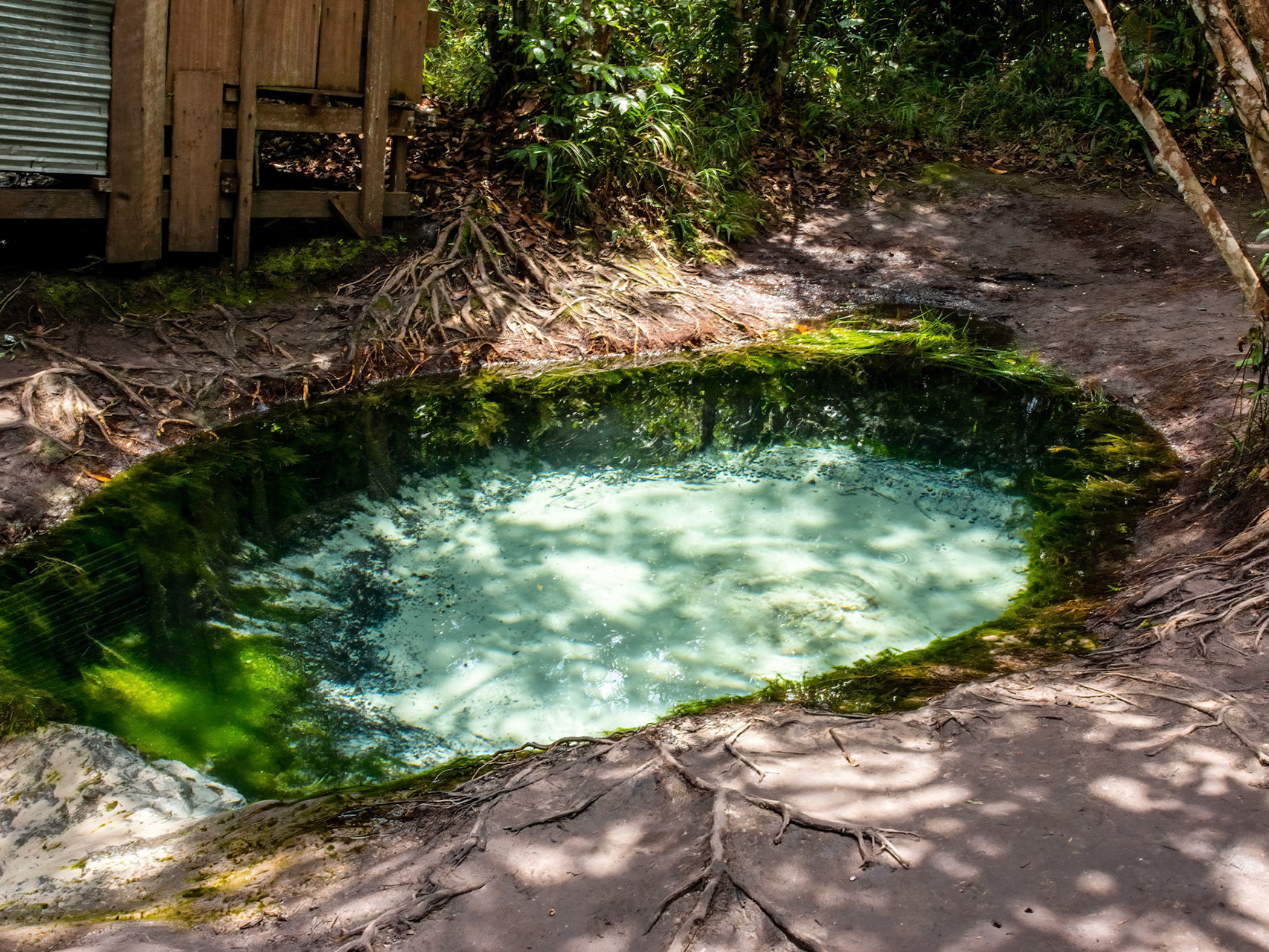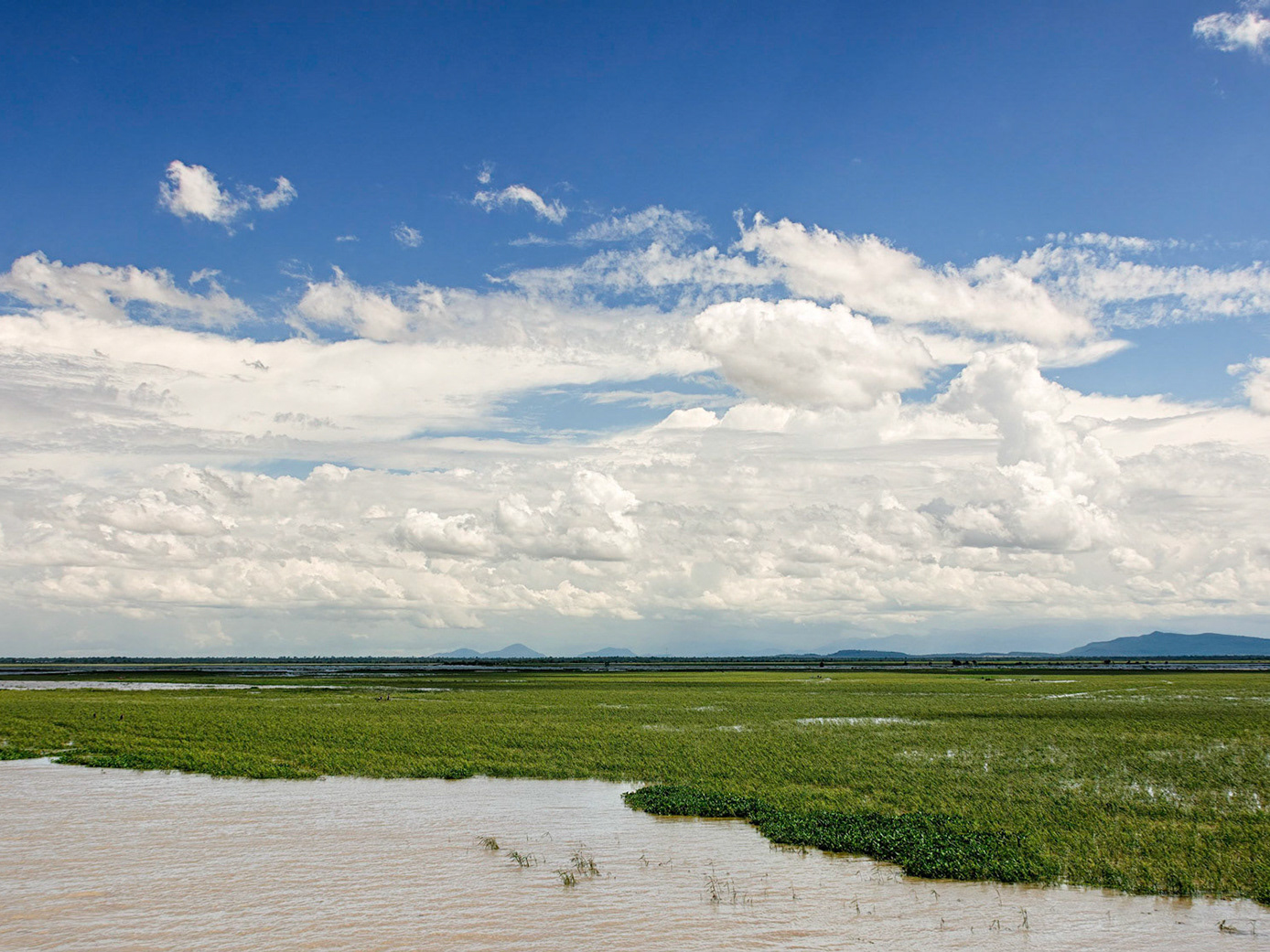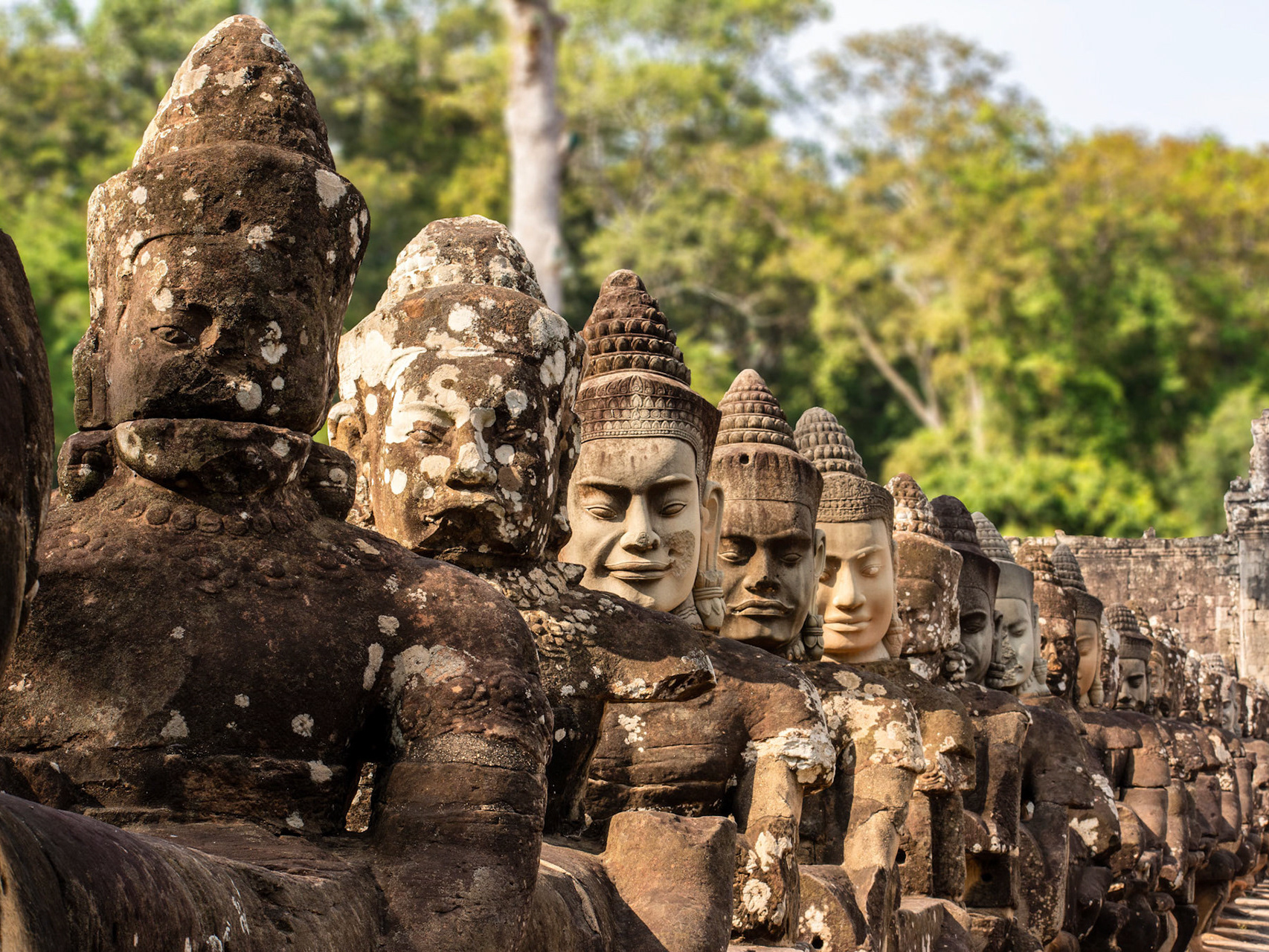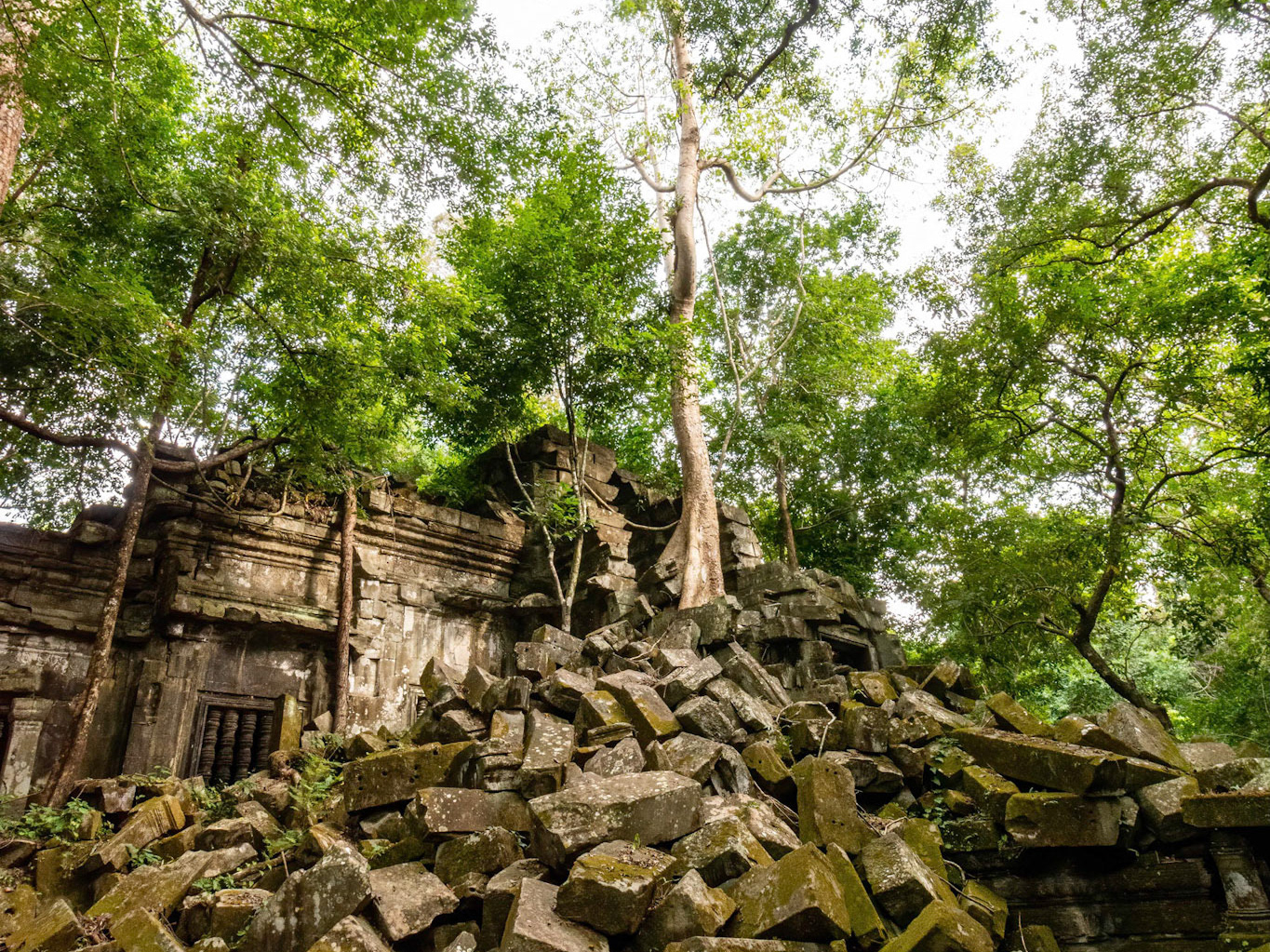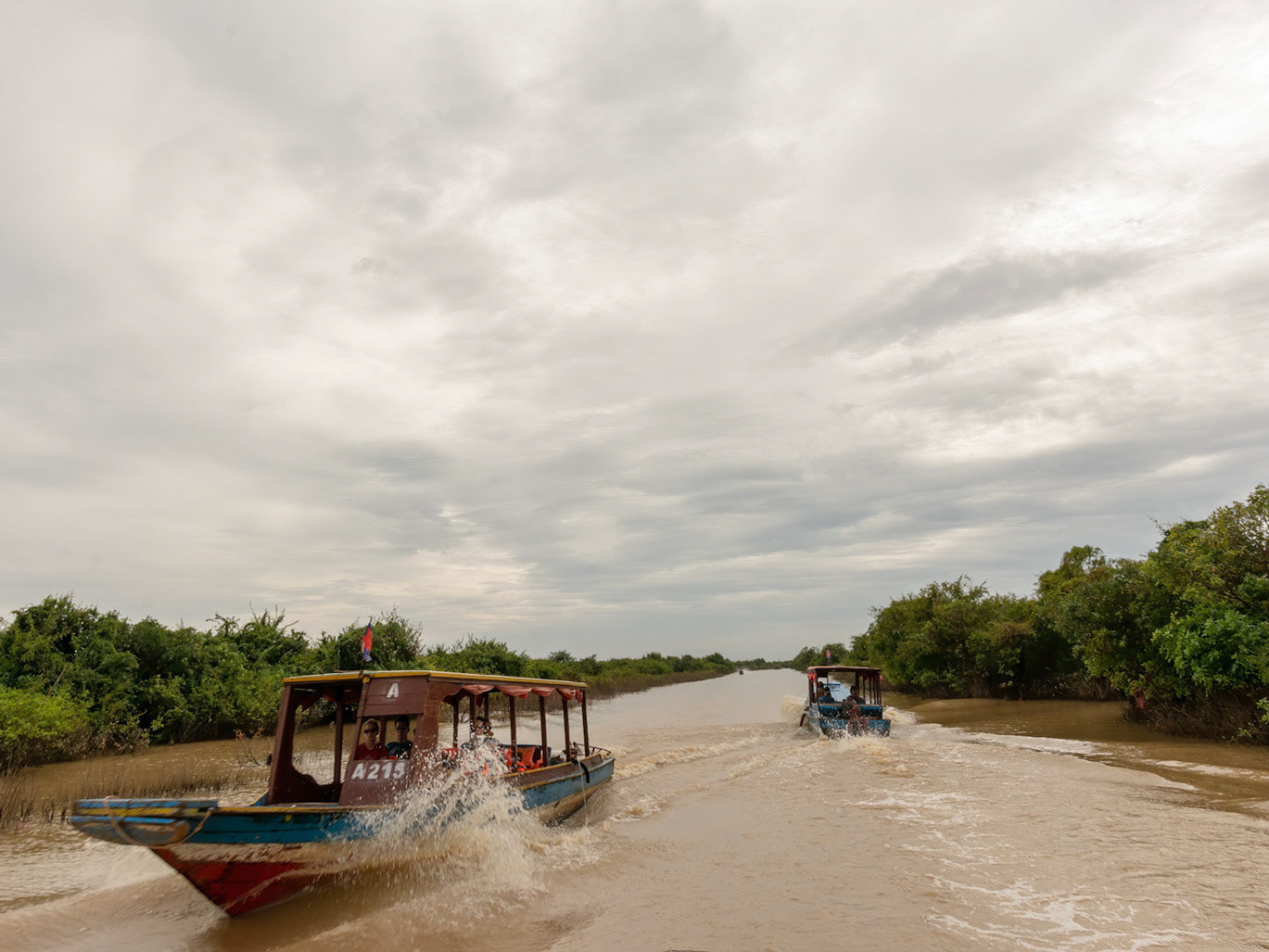I put Preah Vihear Temple - ប្រាសាទព្រះវិហារ - on my see list from the moment I heard about it; it’s about 210km and 4 hours NNE from Siem Reap, up a 525m cliff-with a sheer access road of a greater than a 40 degree incline- within spitting distance of the Thai boarder. It was one of the last places in Cambodia to be captured by the Khmer Rouge and in turn one of their last refuges.
Another early start, well early for me, when Davit Angkortaxi picked me up from the hotel for the roughly 240 km drive, mostly over goodish roads until Davit turned into a shortcut over a straight well graded unsealed road, which was suprisingly good- I later found out that it is a military road- and miraculously deserted. We pulled into the visitors' centre to pay the entrance fee and change vehicle, only motor-bikes and four-wheel drives are capable of making the ascent. The driver suggested I buy a couple of cartons of cigarettes for the soldiers (about $5) "who protect us", which I did- when in Rome etc. I'm pretty sure the cigarettes get recycled and make the trip multiple times.
Once at the top I could see a lot of soldiers and gun emplacements facing, across the steep deep valley, toward Thailand- less than 1km away. Thailand also claims ownership of the temple even though in a 1962 ruling, which Thailand disputes, the International Court of Justice judged that the temple is in Cambodia. There have been numerous clashes between Thai and Khmer troops, most recently in 2011 during negotiations between the Thai and Cambodian governments; nothing like a bit of gun-play to spice up sensitive diplomatic negotiations is there? Thailand’s claim stems from the fact that sometime prior to French colonisation in the mid-nineteenth century Siam controlled vast amounts of western Cambodia, including Angkor Wat. A series of treaty negotiations between Siam and France, on “behalf” of Cambodia, between 1867 and 1907 drew the current outline of Cambodia with Preah Vihear just inside the Cambodian border. Apart from the prestige of “ownership” the temple site dominates the almost level plain more than 500 metres below.
Construction began early in the 9th century CE when Indrayudha, one of King Jayavarman’s sons, a “brave warrior” and an ascetic devotee of Shiva transported a sliver from the natural linga at Lingapura (Vat Phou, now in Laos) 135 km NE away to the site that became Preah Vihear. Originally dedicated to the Hindu god Shiva the temple was converted, like most Khmer Hindu temples, in the late 10th century to a Buddhist shrine. I wandered around for quite a while, seeing very few Europeans, and had some lunch at an OK restaurant adjacent to the complex, with a side serve of high volume cartoons playing on the restaurant TV- it's hard to escape the 21st century even while looking through the relics from the beginning of the previous millennium.
I haven't been able to find out when the complex was abandoned, but I assume it was around the same time as Angkor Wat. After we descended Davit wanted to try a "shortcut" back to Siem Reap which took us through a huge area where the native forest was being cleared, probably at a great profit, and replaced with orderly rows of rubber trees. Davit missed a turn off which diverted us through an area seldom seen by outsiders and we also came across some of the most excruciating poverty I have ever seen. There were the most rudimentary shelters made of nothing more than a few bamboo supports covered with layers of thin transparent plastic. The kids clothing was full of holes and lots of them were bare arsed. Finally we found the right road and continued on to Siem Reap. To give an idea of how great the deforested area was I estimated that it took close to two hours to get from one end to the other, even accounting our unexpected diversion.
Unfortunately it was overcast for most of the day making the light difficult to work with, which gives me an excuse to return.
For the border dispute see Wikipedia and for a history of Thai incursions into Cambodia see Country Studies. For a history and description of the temple complex see Wikipedia and UNESCO. For detailed information on the construction and history, particularly the dispute with Thailand, see John Burgess, Temple in the Clouds: Faith and Conflict at Preah Vihear, River Books, Bangkok, 2015.
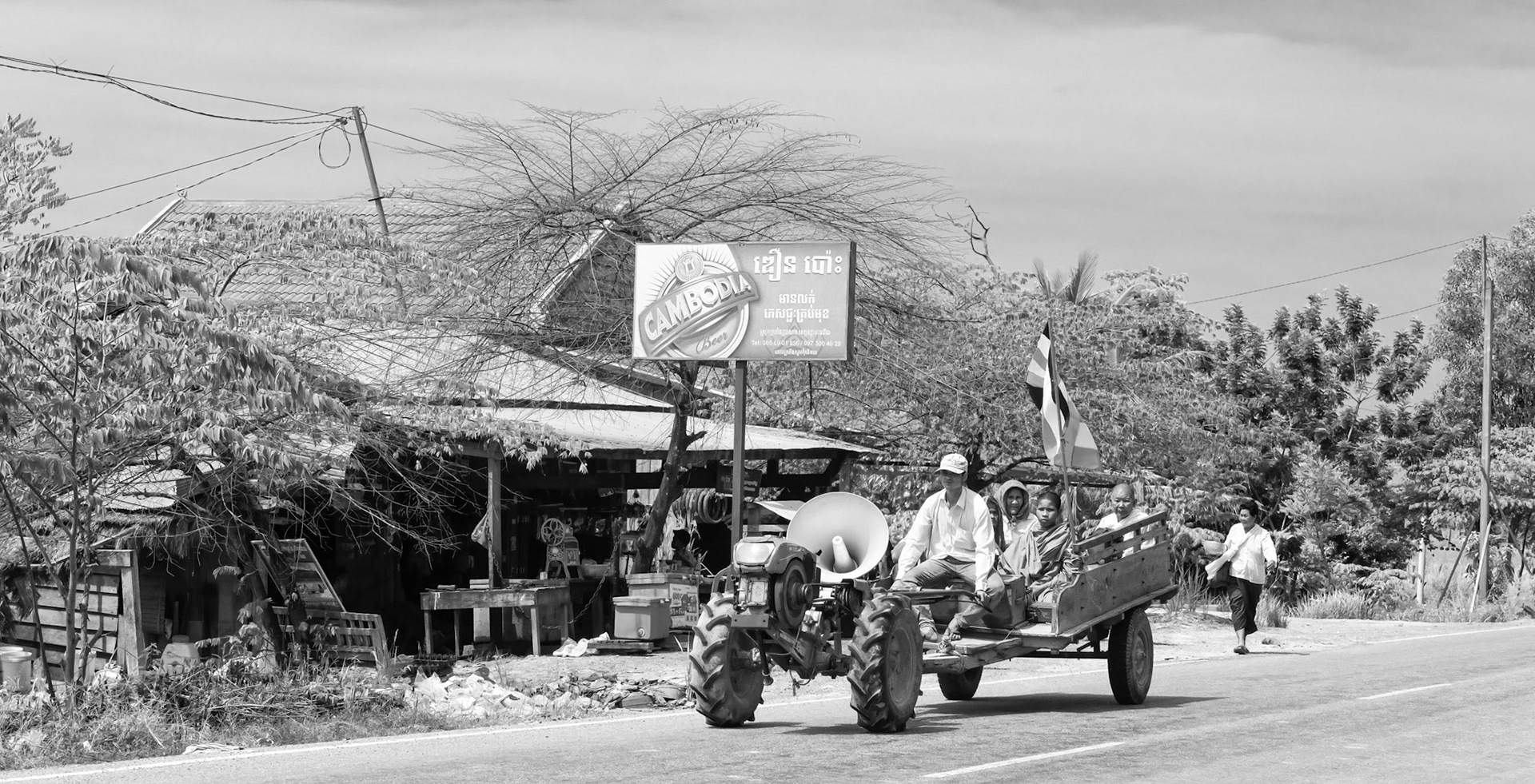
Preah Vihear Temple
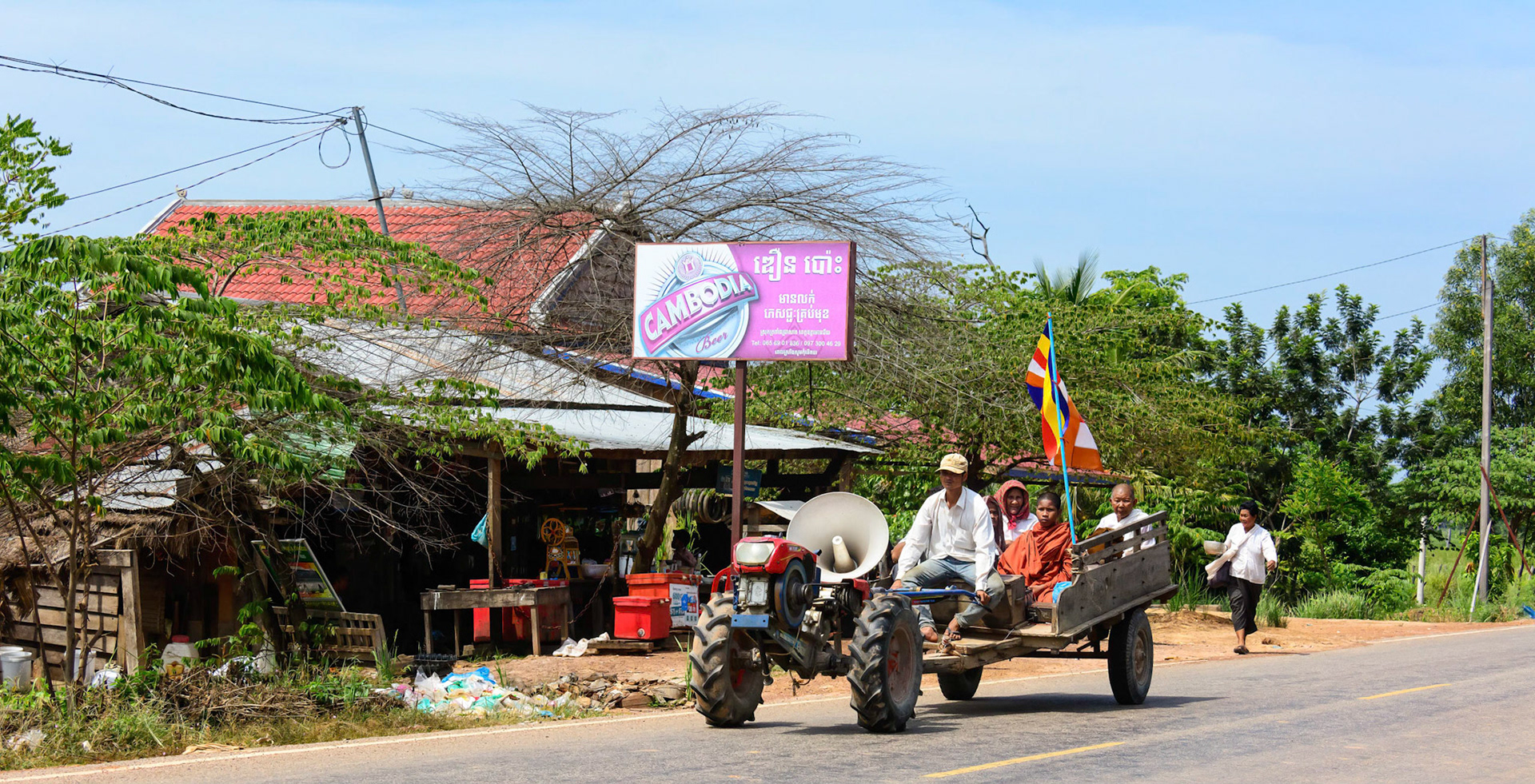
Preah Vihear Temple
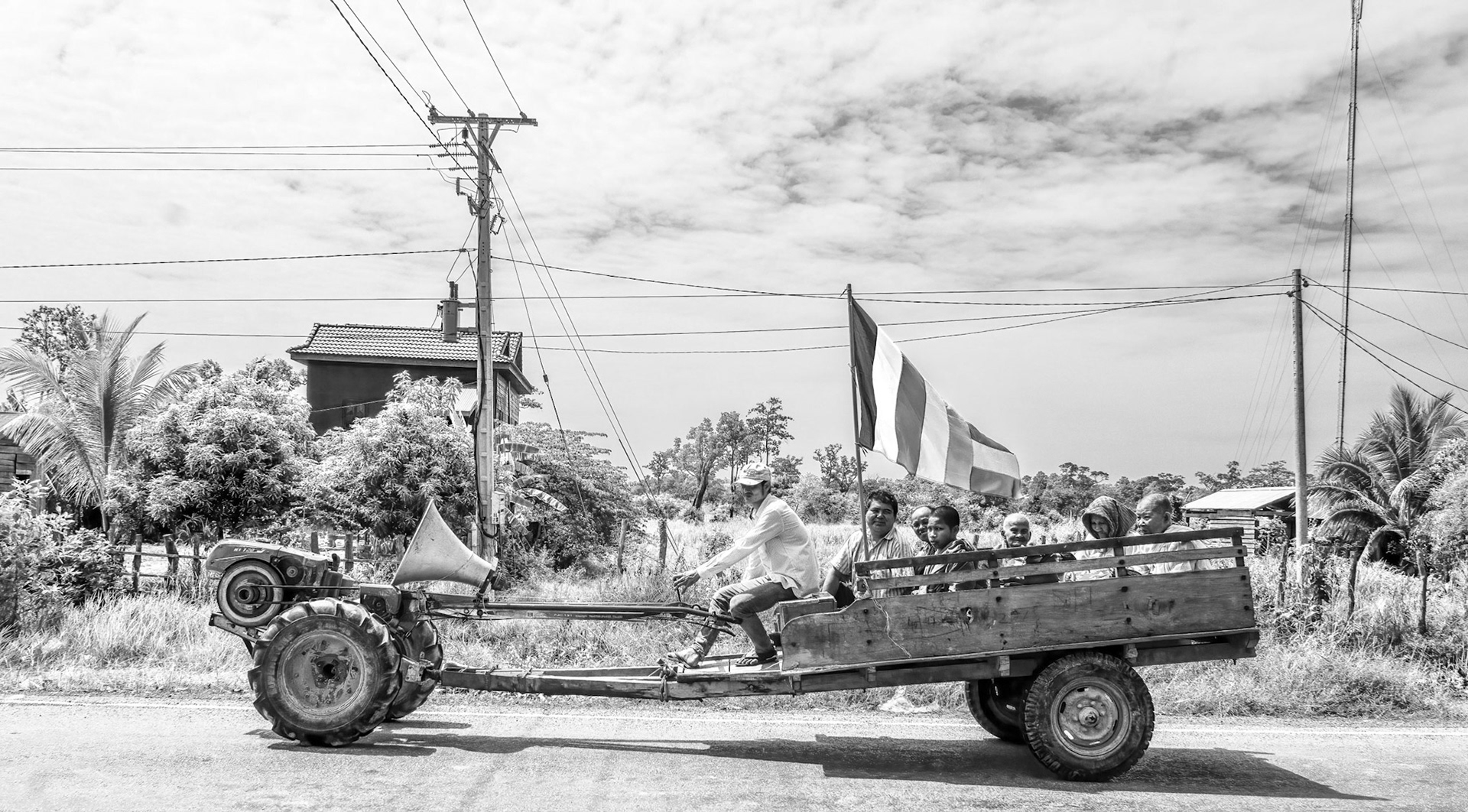
Preah Vihear Temple
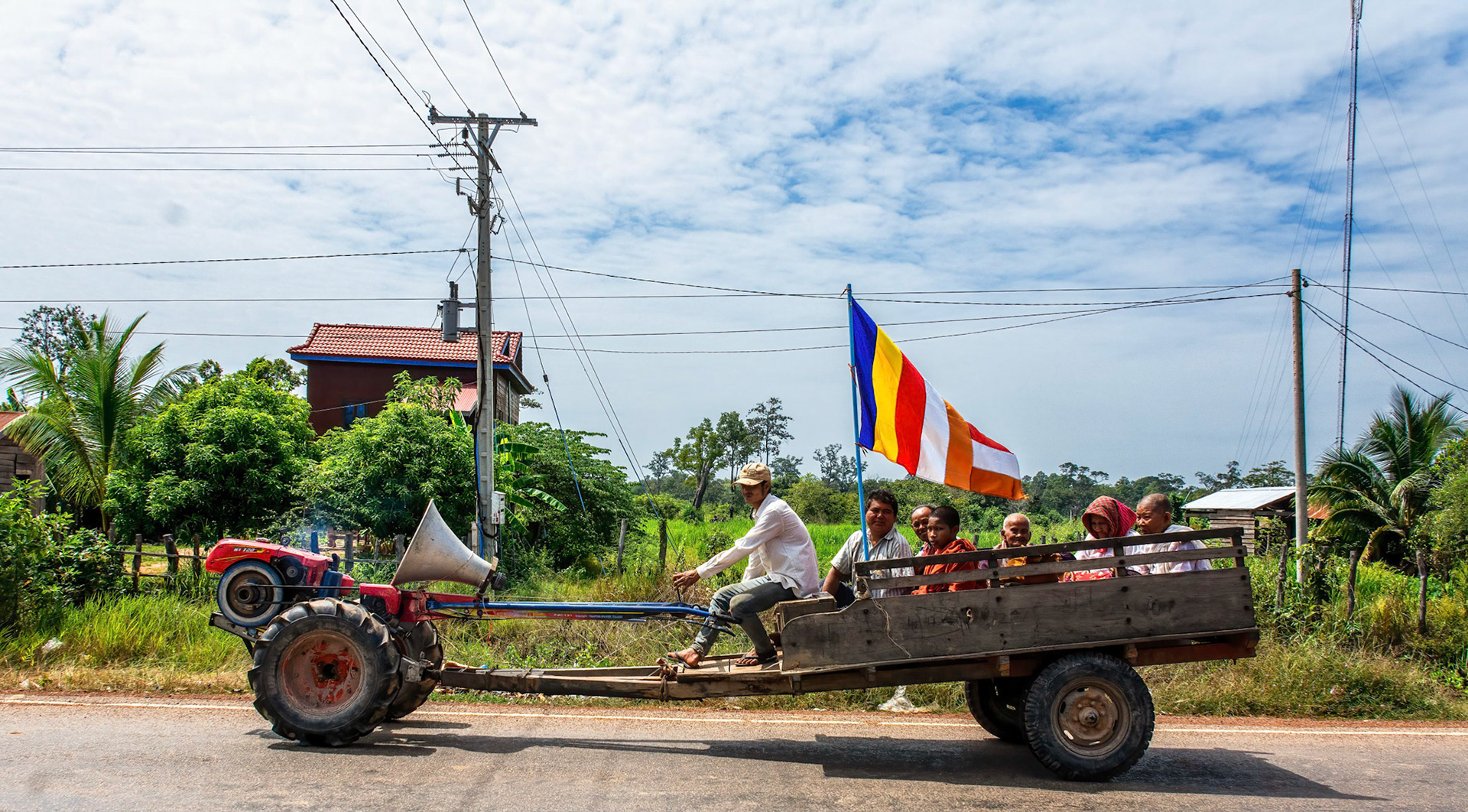
Preah Vihear Temple

Preah Vihear Temple
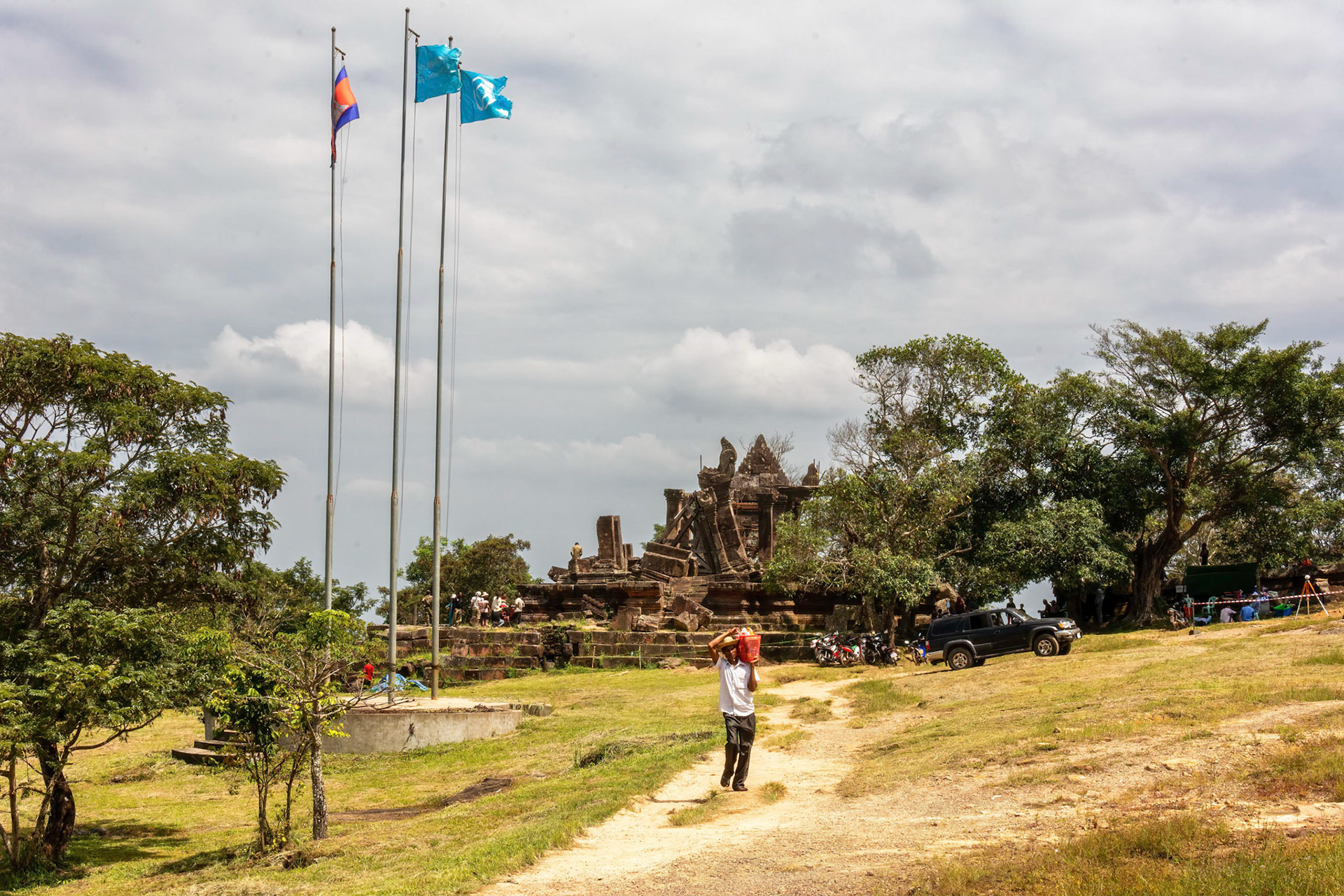
Preah Vihear Temple
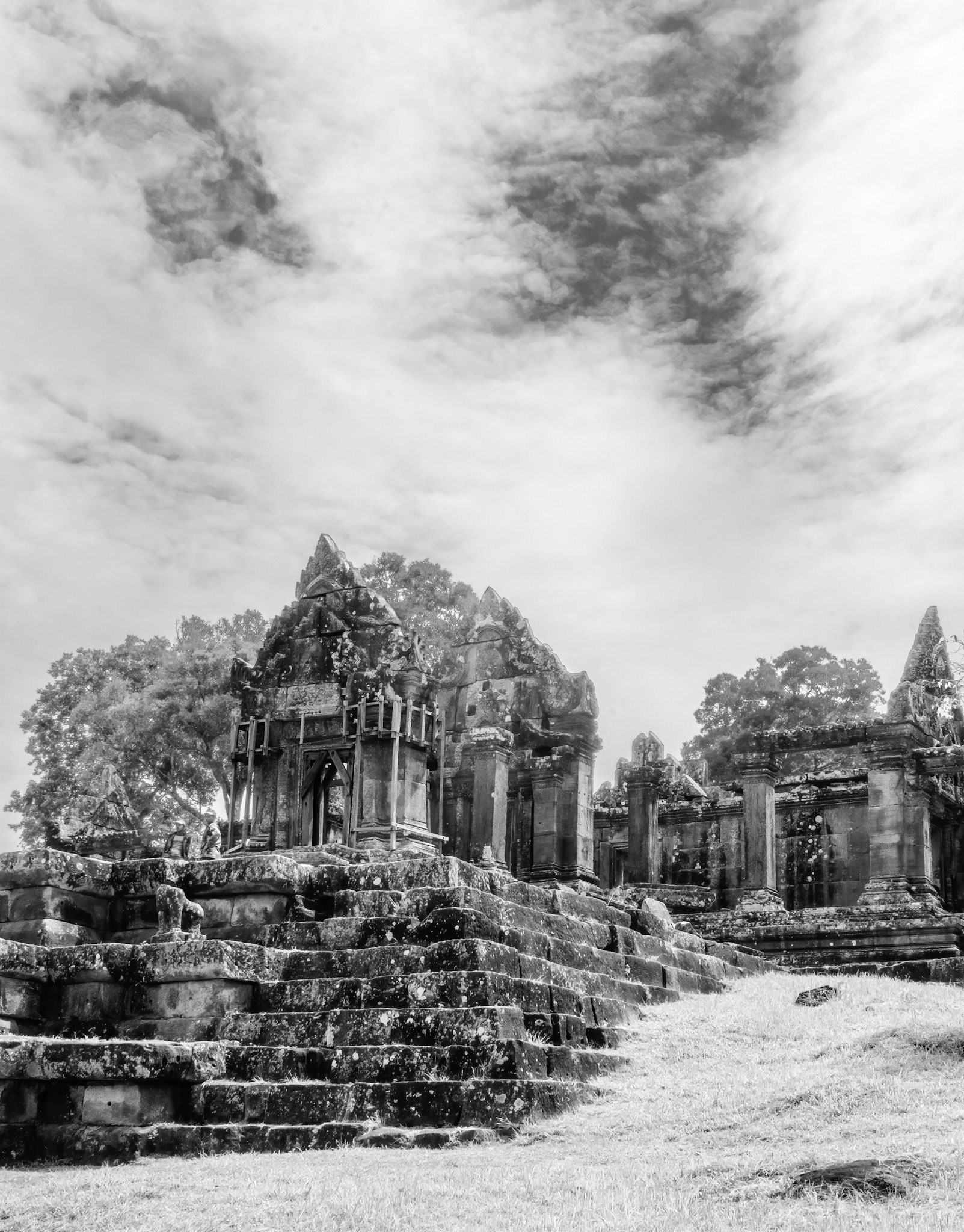
Preah Vihear Temple
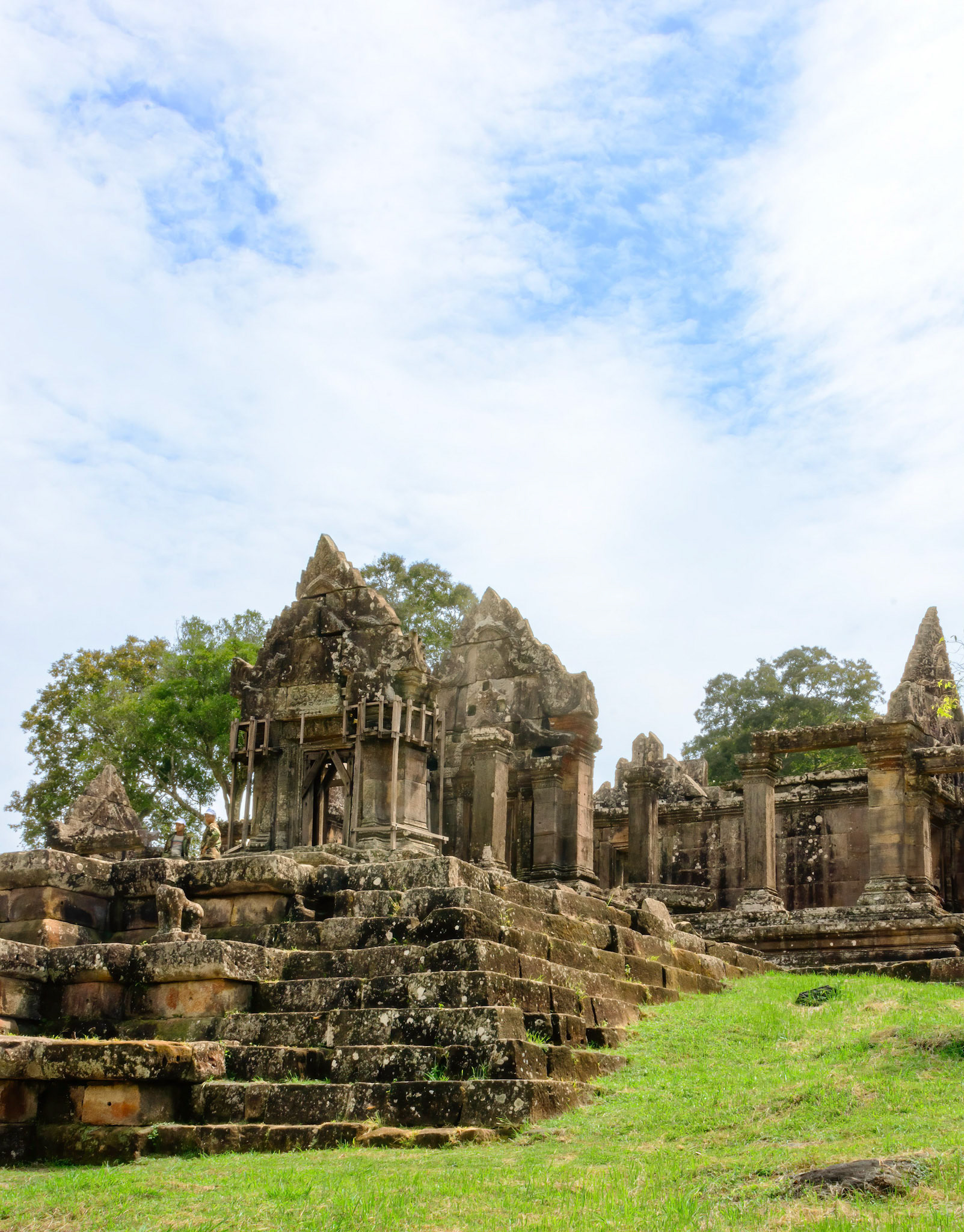
Preah Vihear Temple
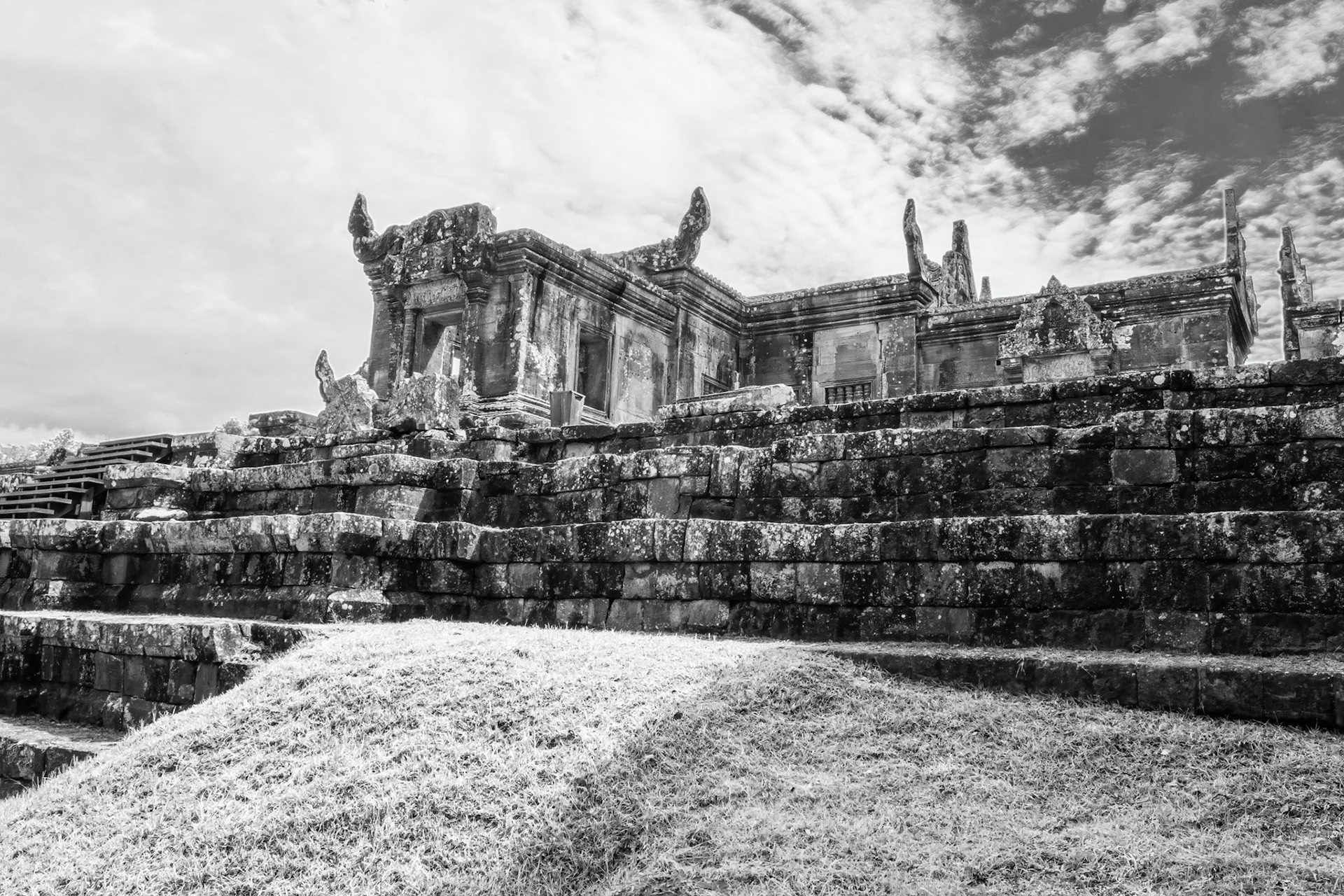
Preah Vihear Temple
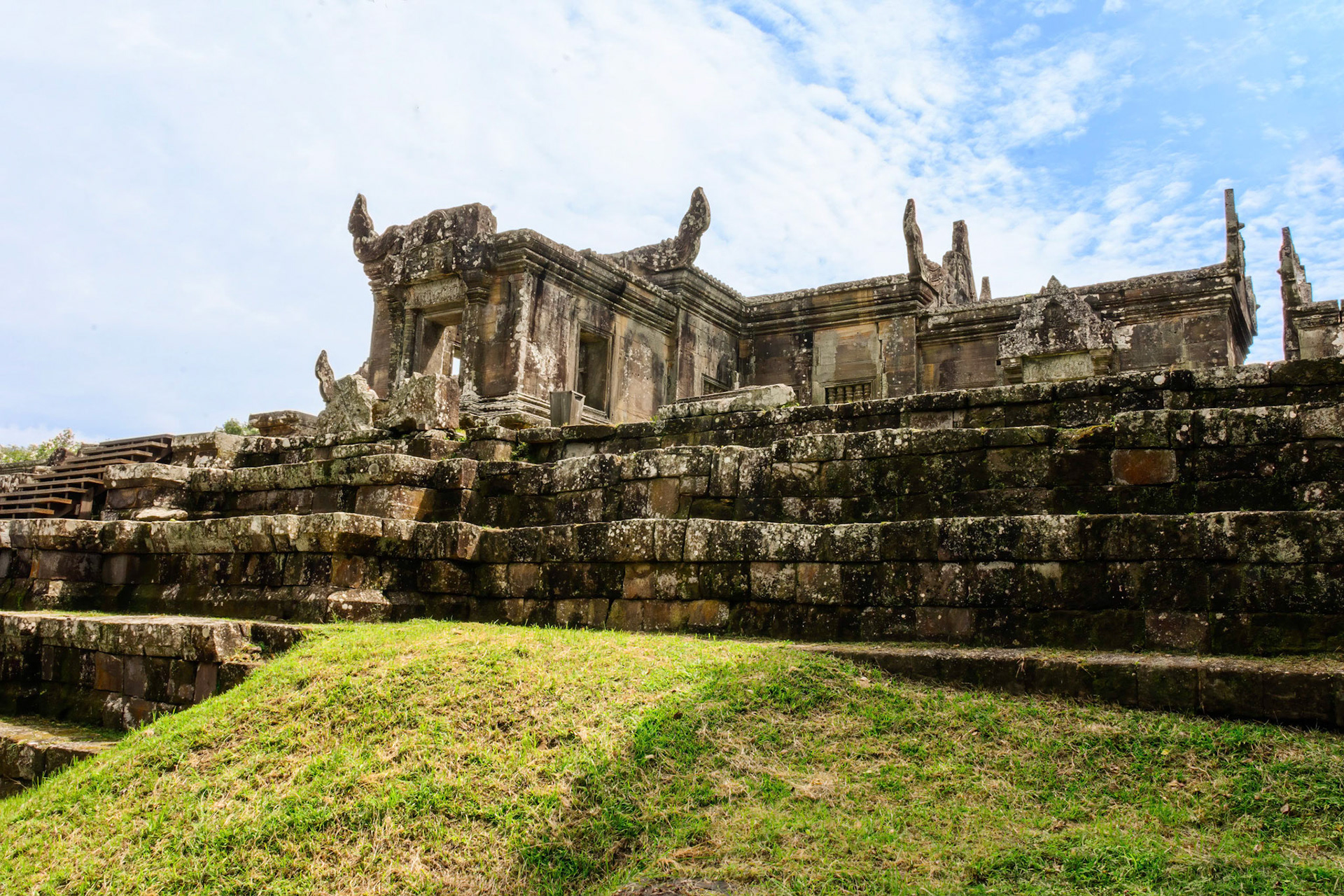
Preah Vihear Temple
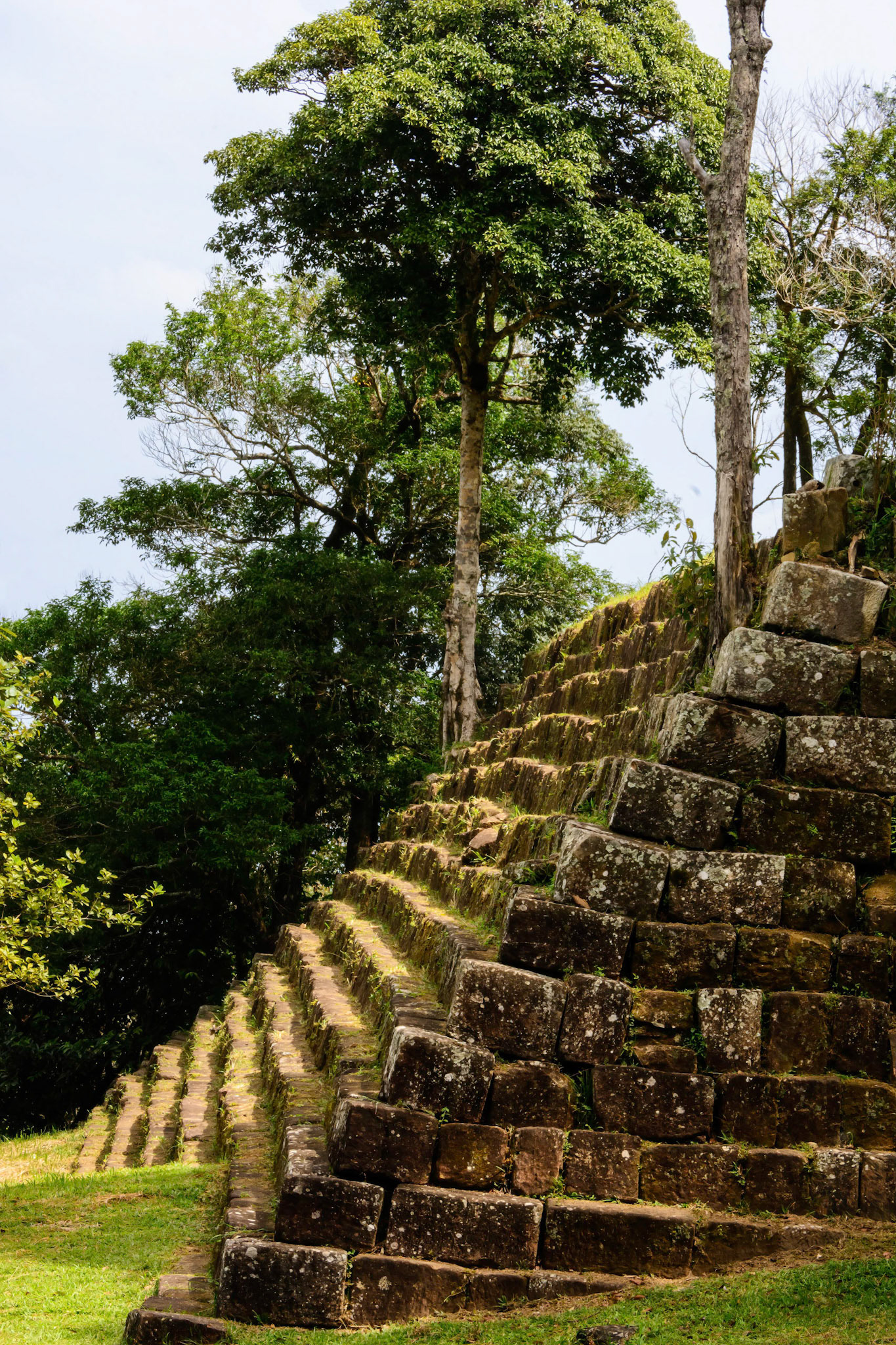
Preah Vihear Temple
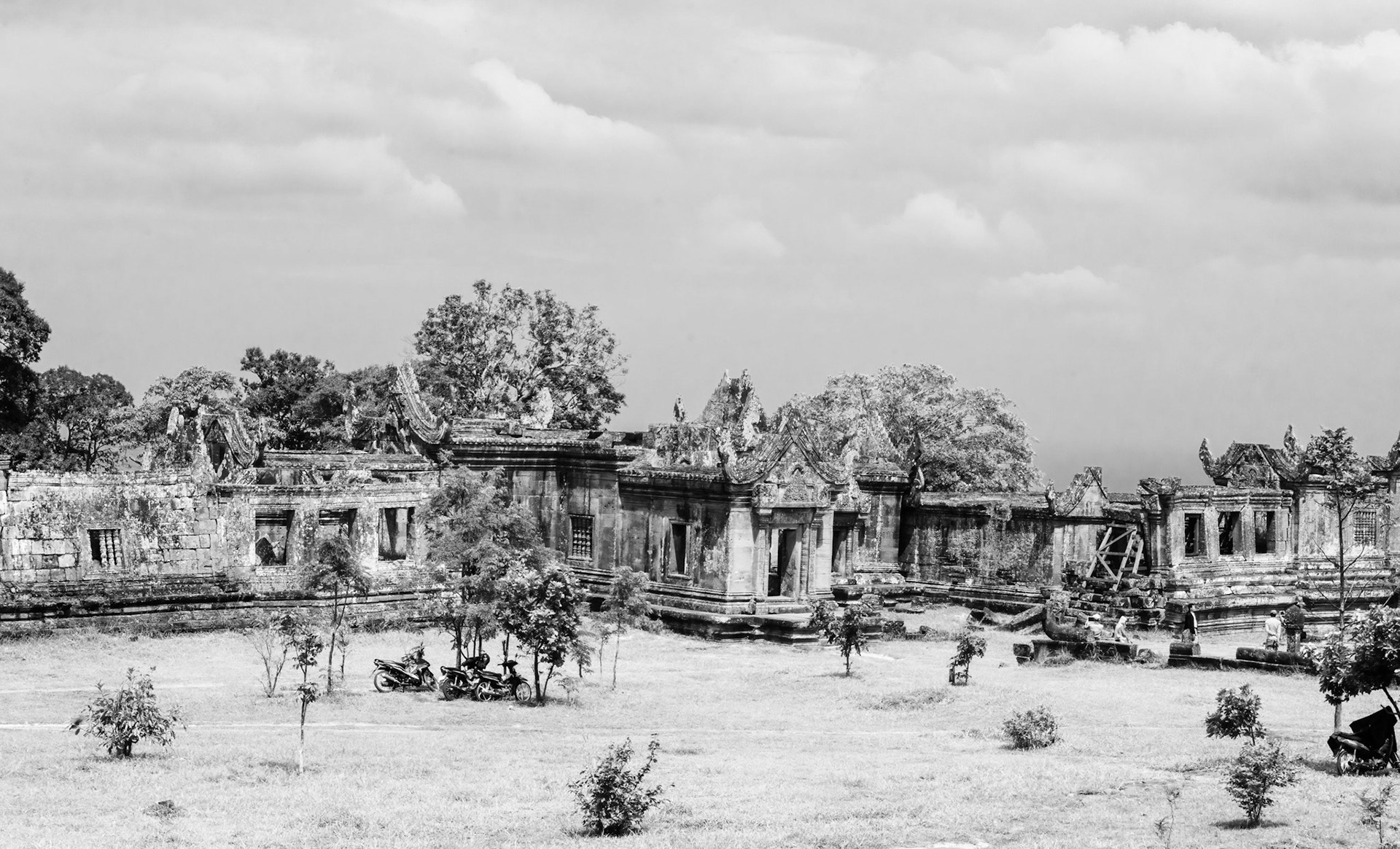
Preah Vihear Temple
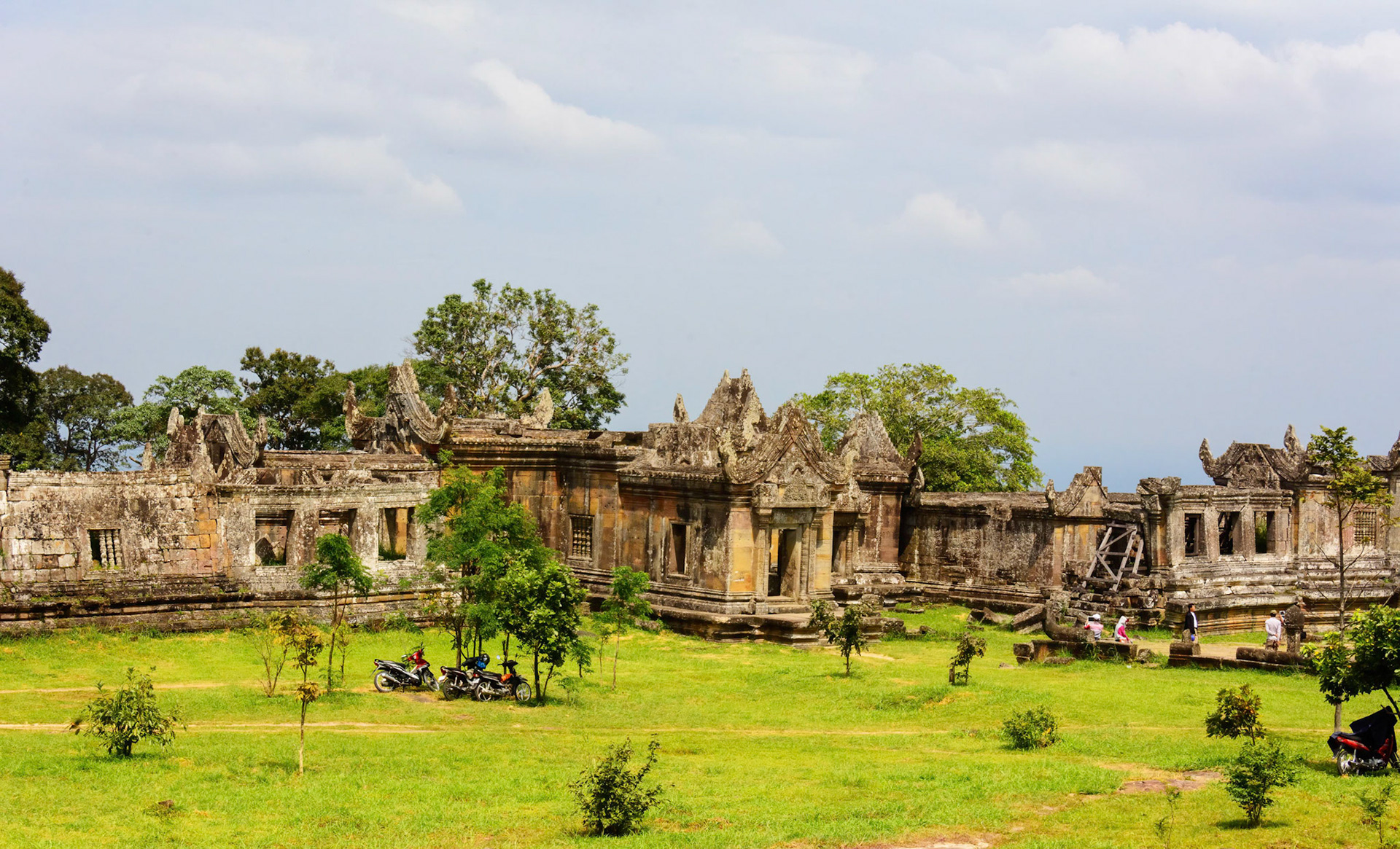
Preah Vihear Temple

Preah Vihear Temple
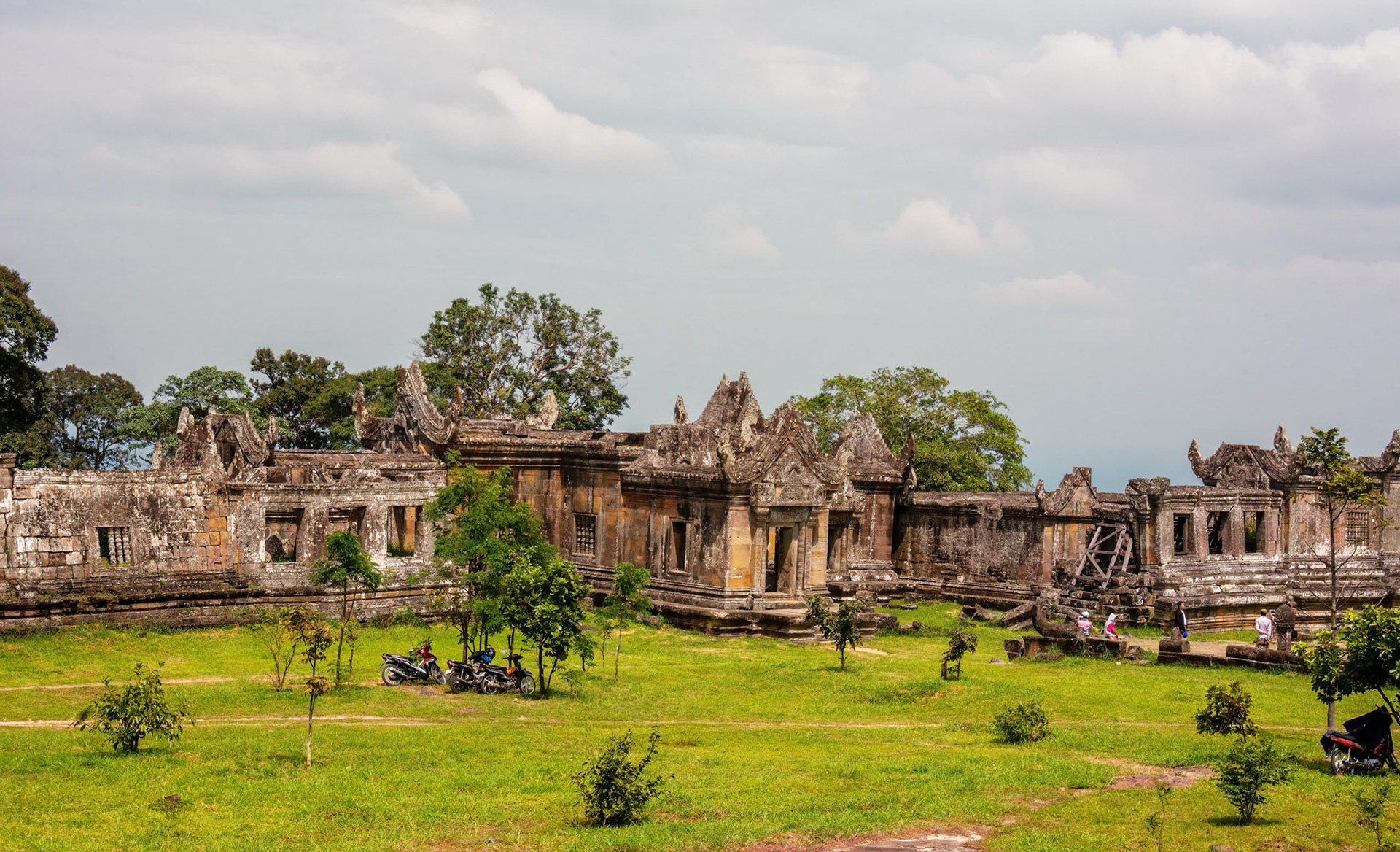
Preah Vihear Temple

Preah Vihear Temple
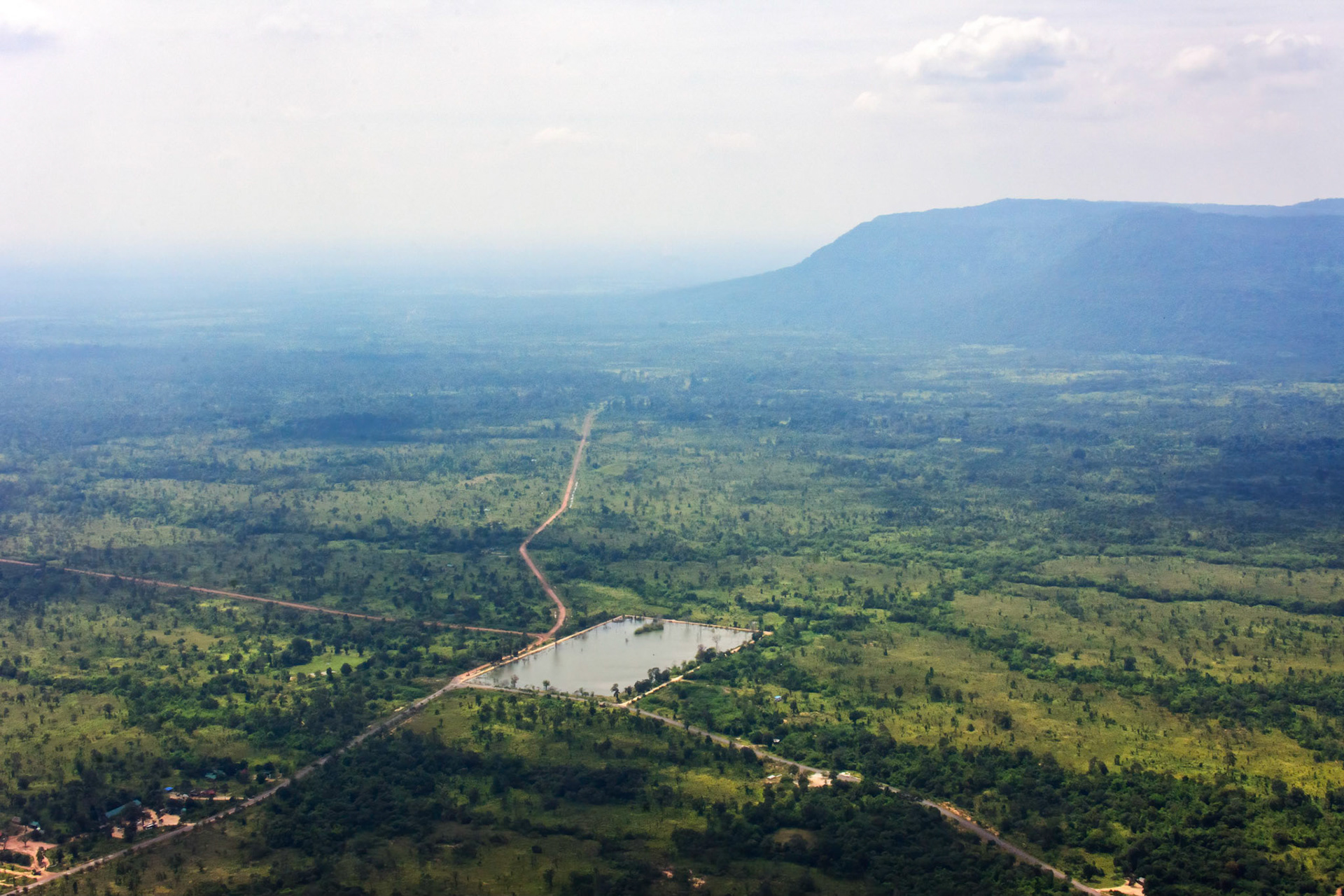
Preah Vihear Temple
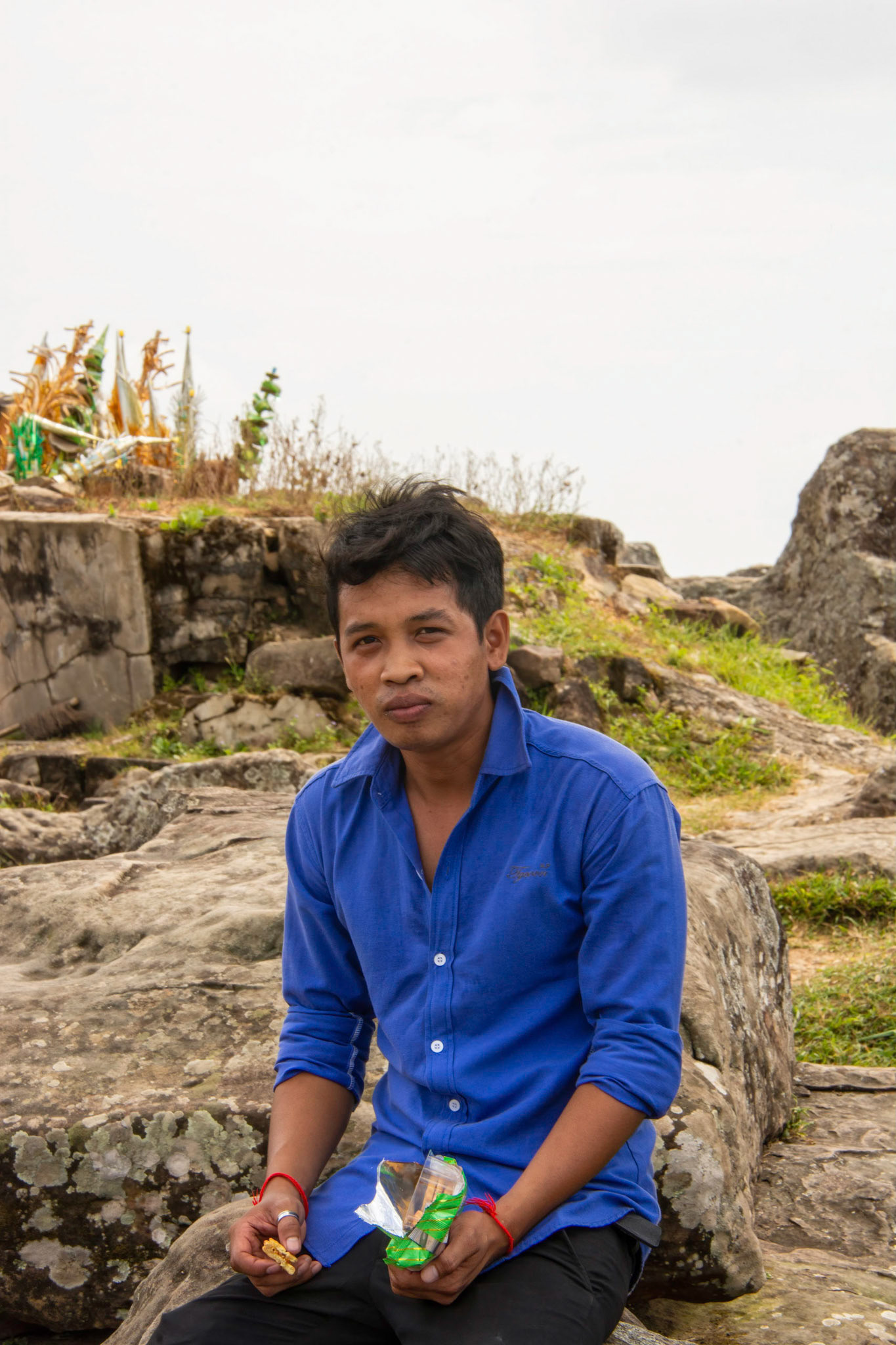
Preah Vihear Temple
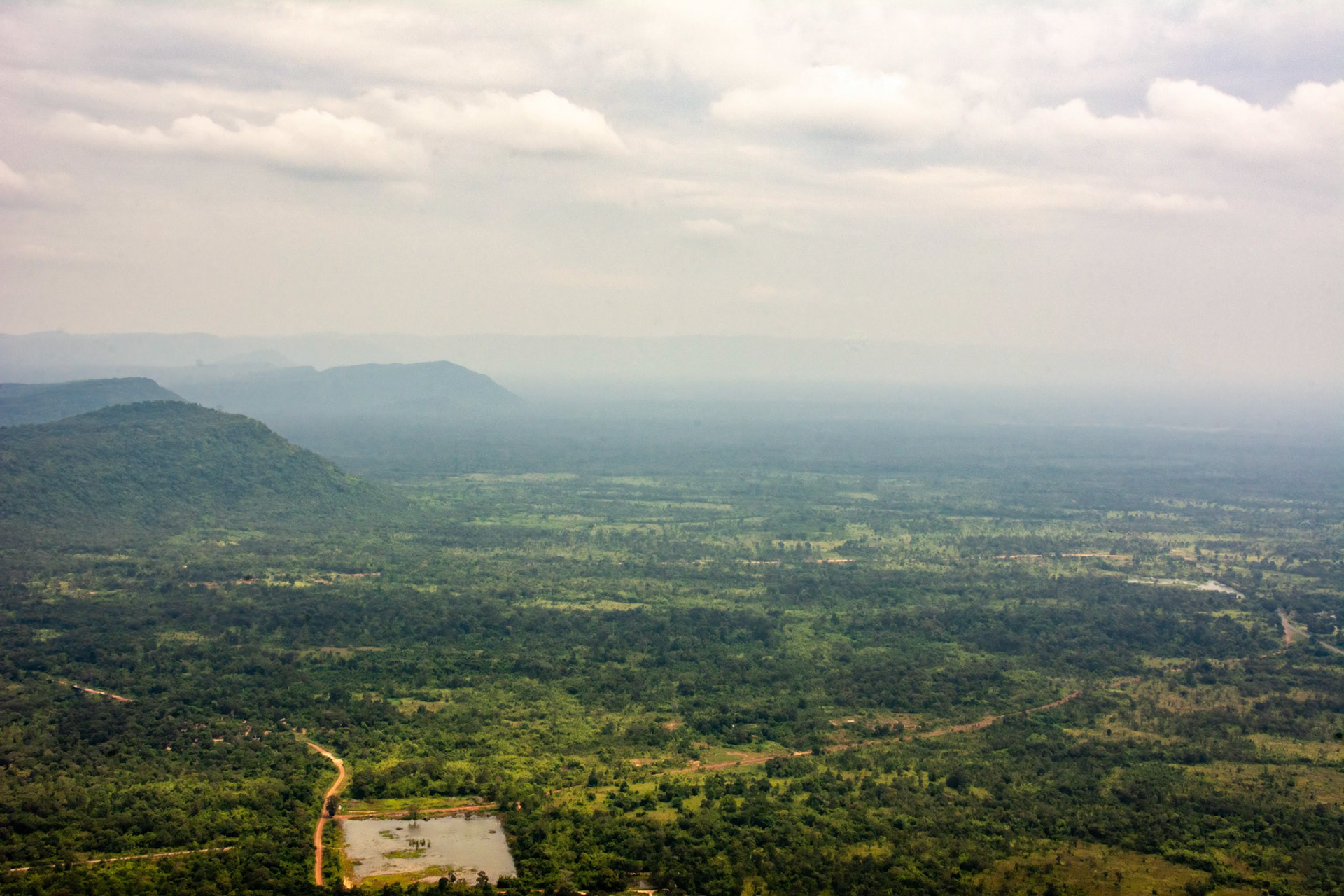
Preah Vihear Temple
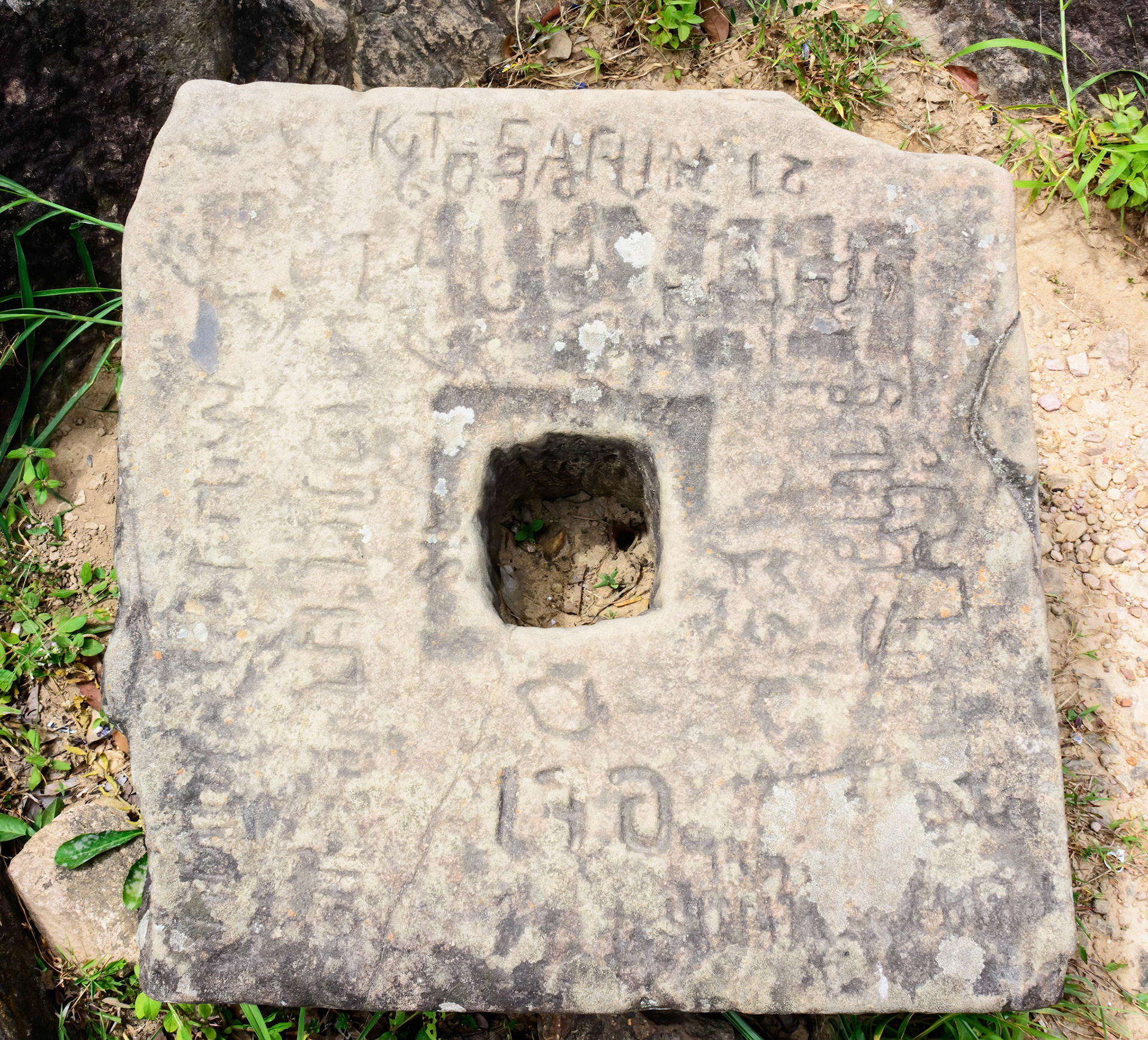
Preah Vihear Temple
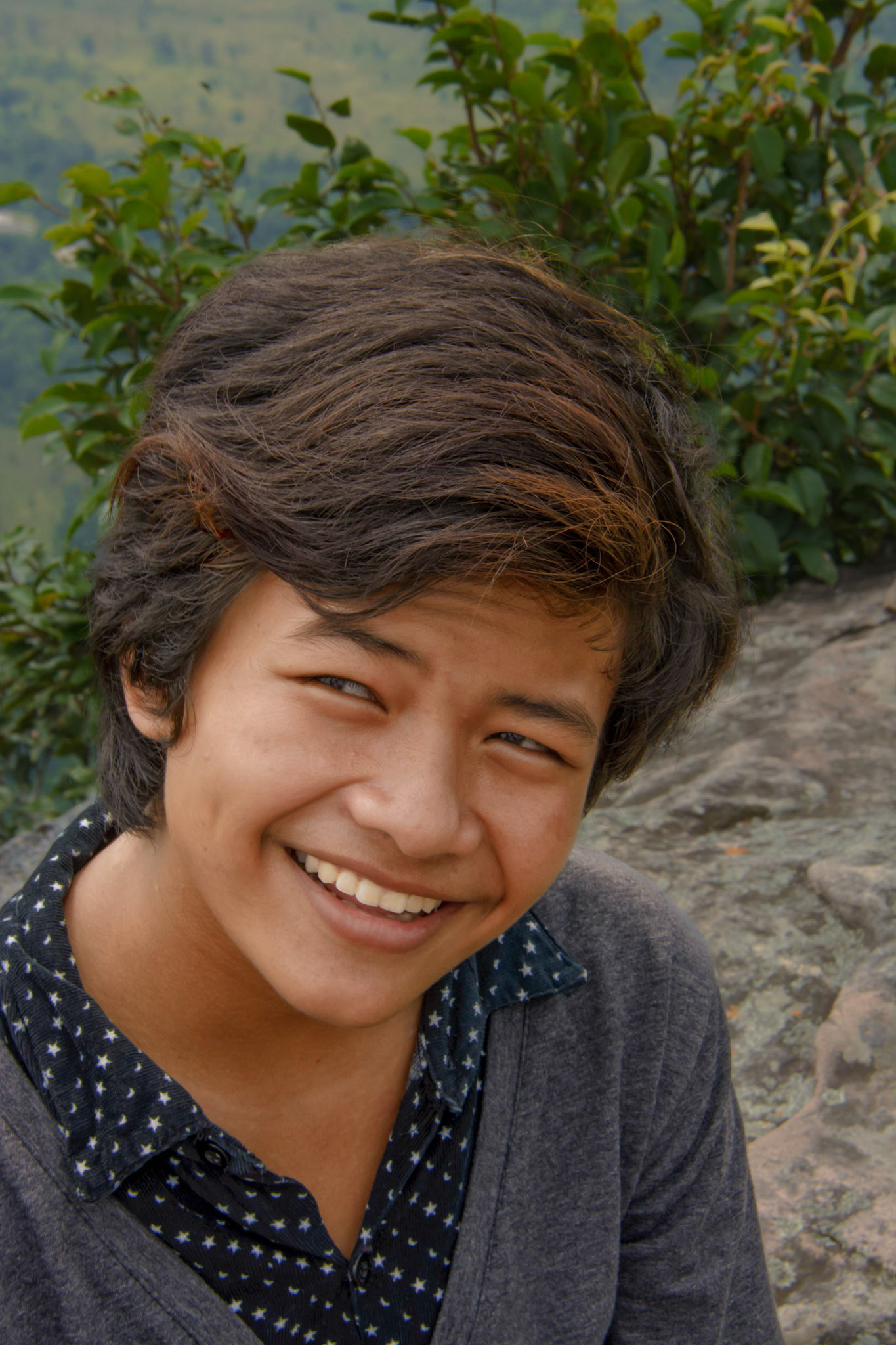
Preah Vihear Temple
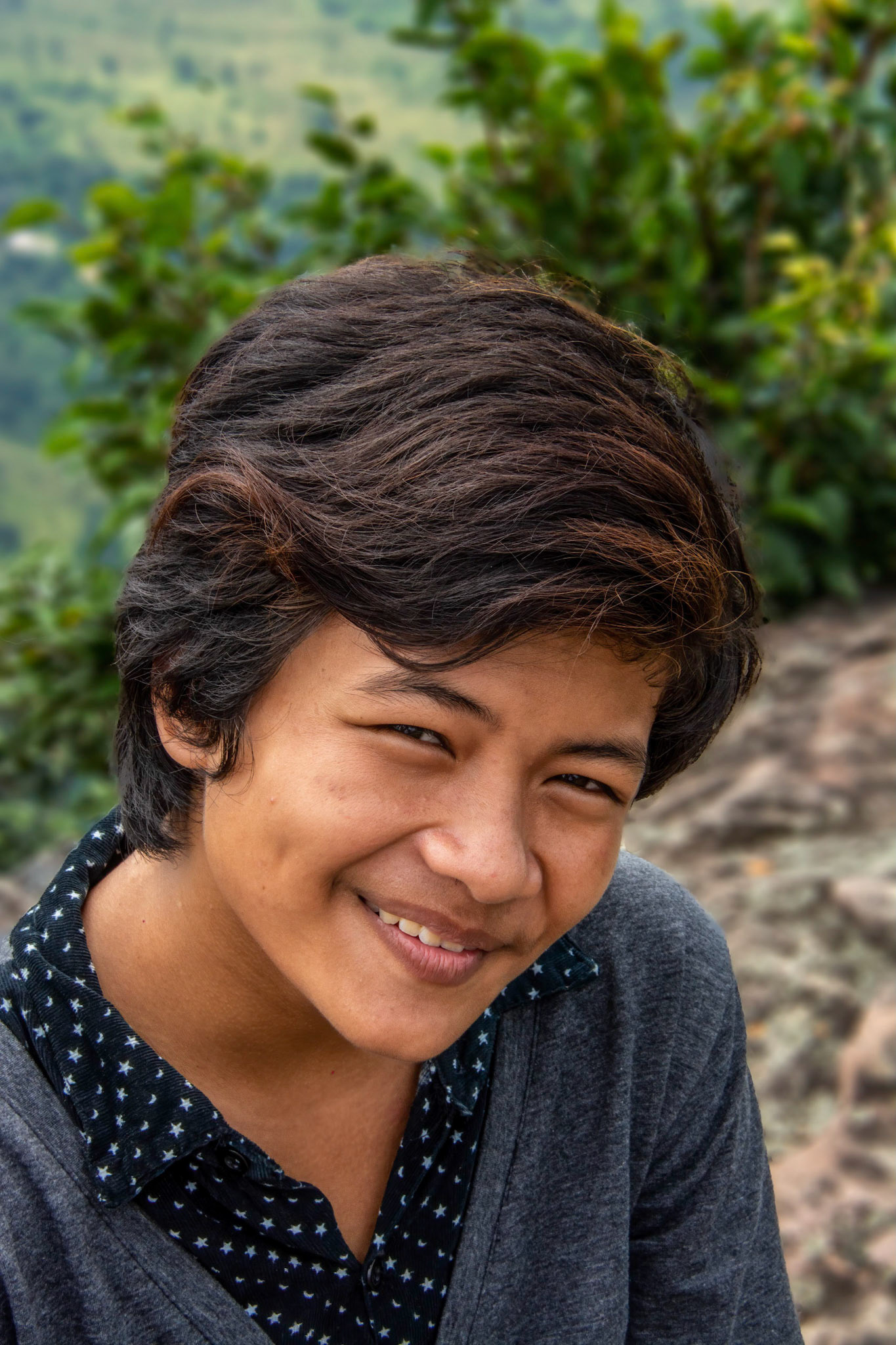
Preah Vihear Temple

Preah Vihear Temple
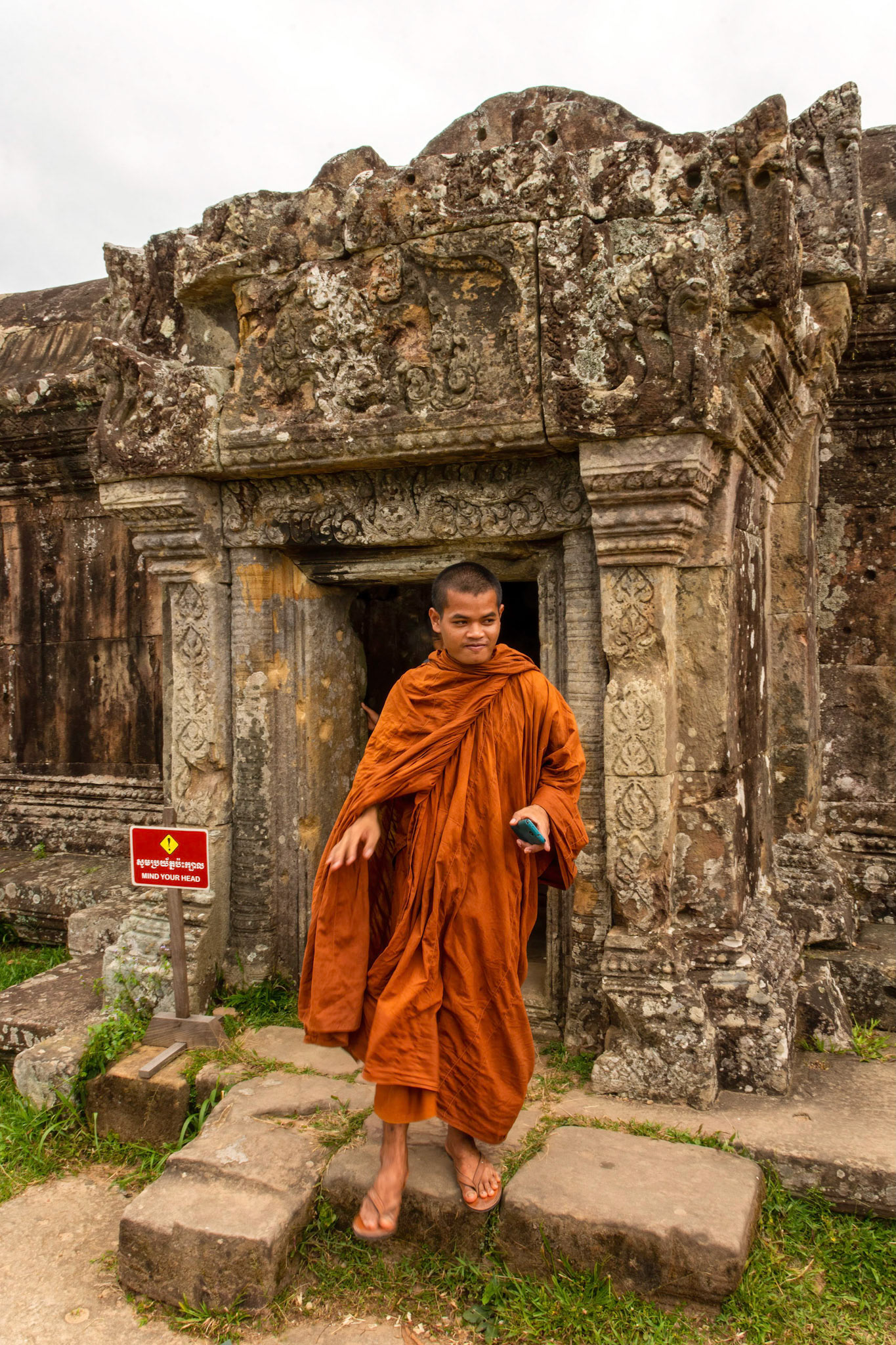
Preah Vihear Temple

Preah Vihear Temple
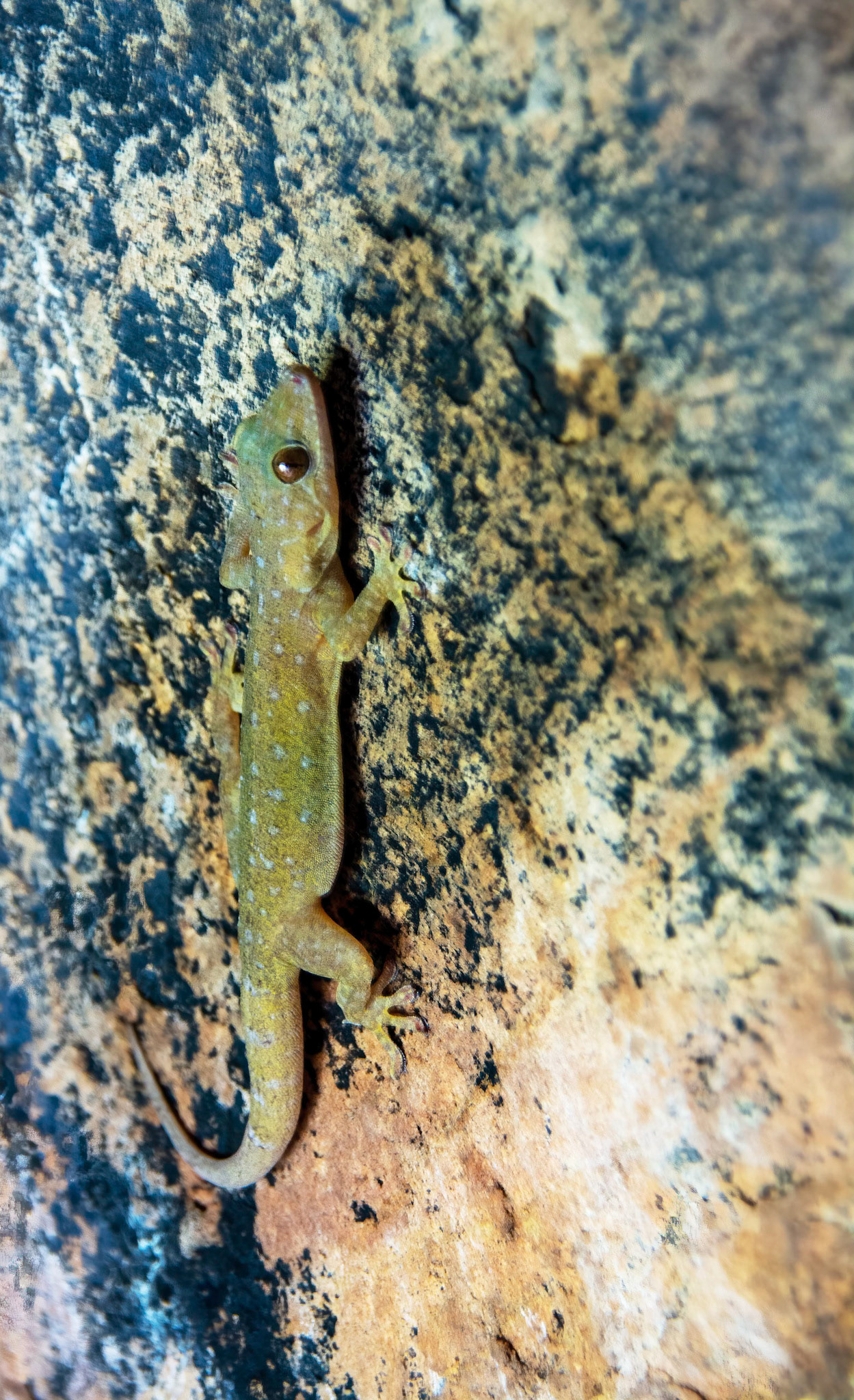
Preah Vihear Temple
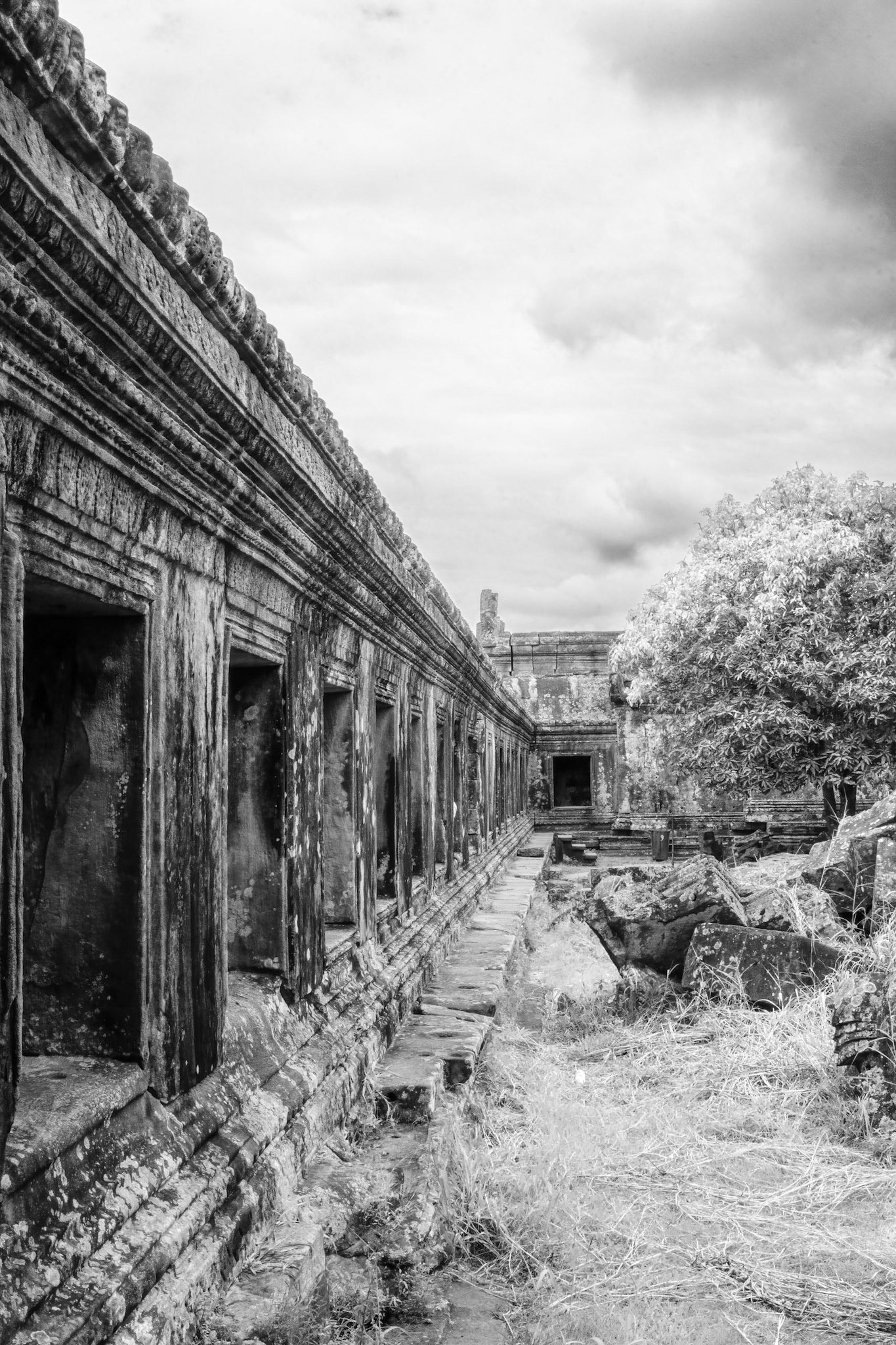
Preah Vihear Temple
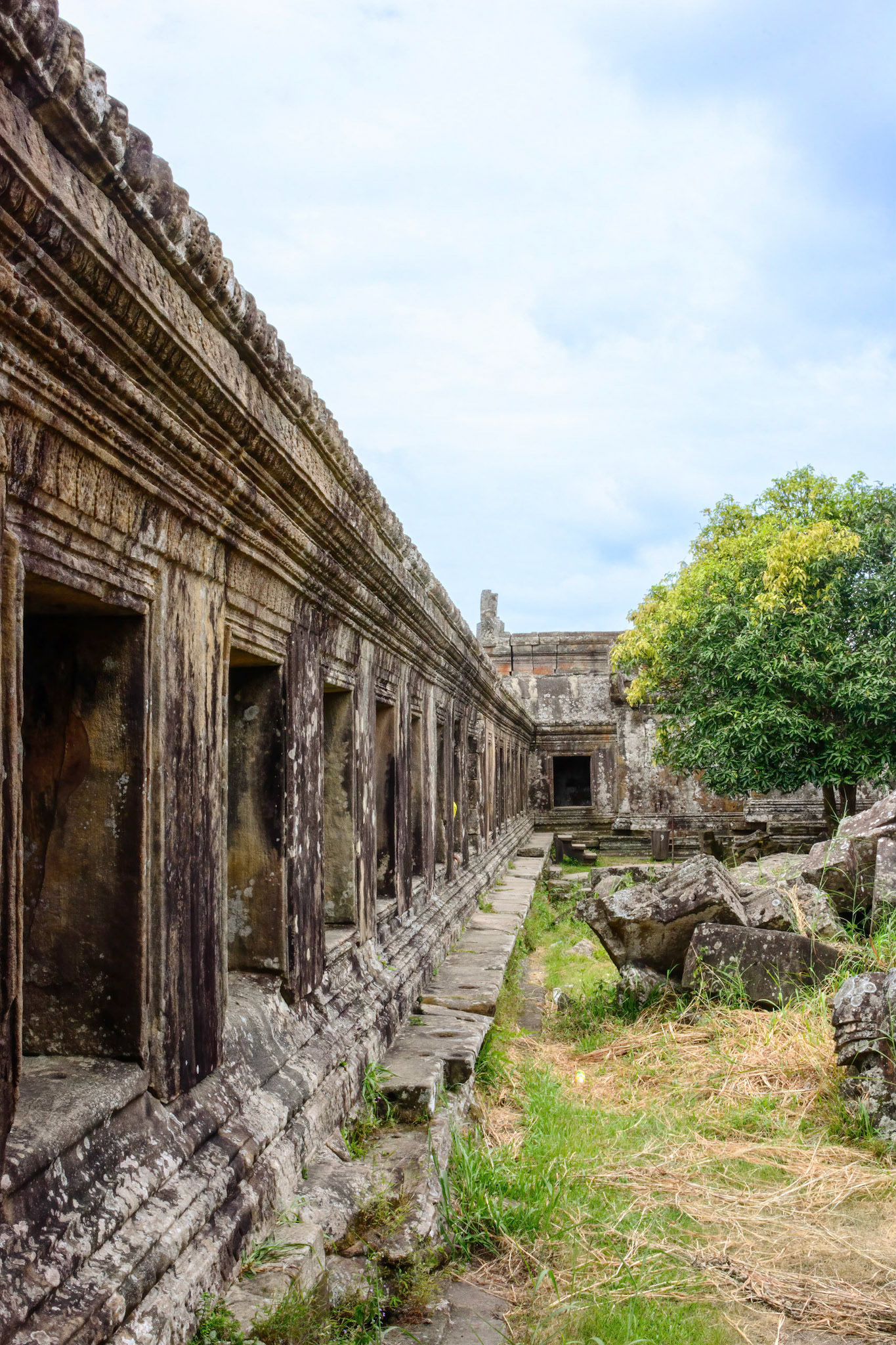
Preah Vihear Temple

Preah Vihear Temple

Preah Vihear Temple
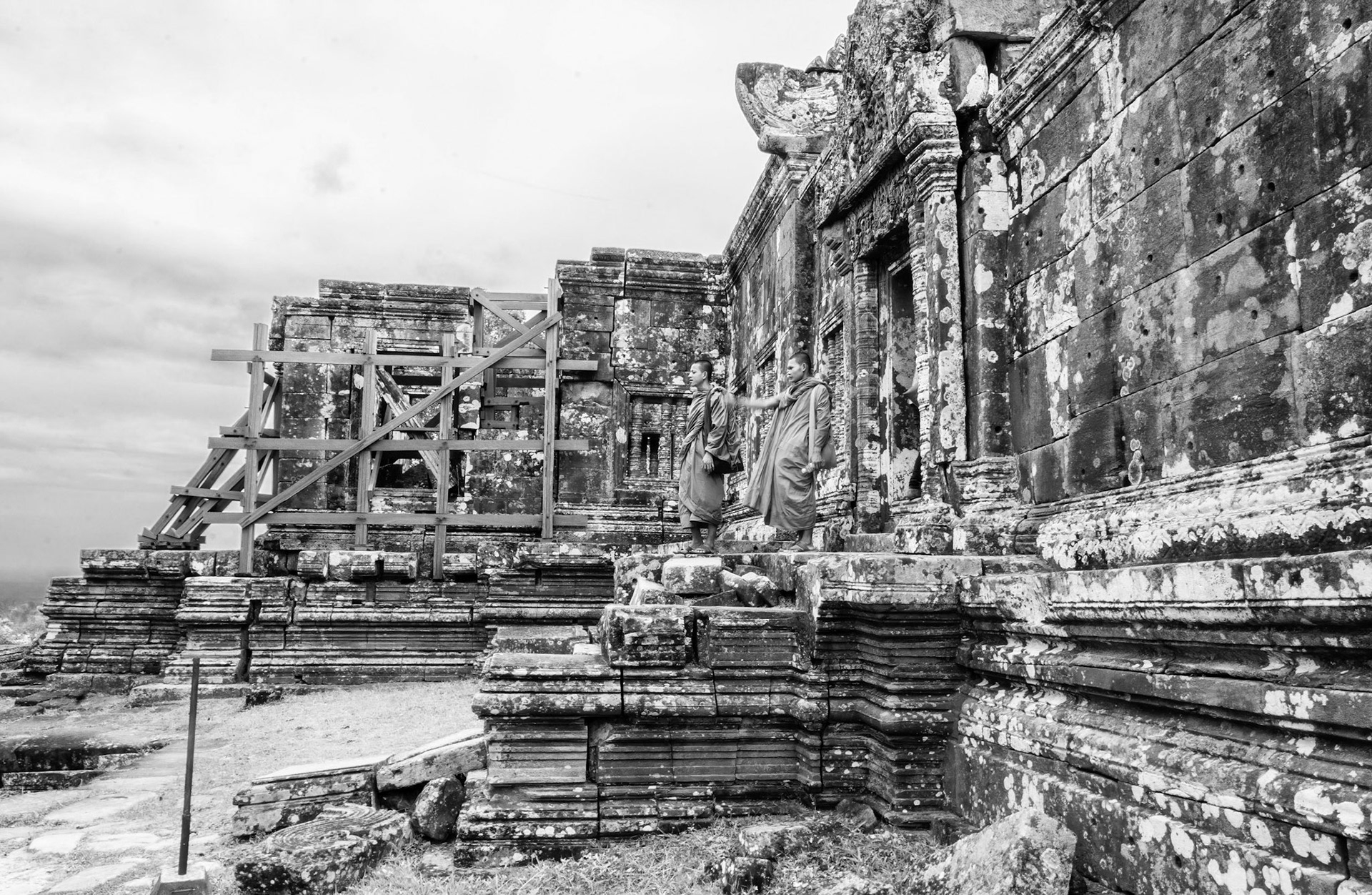
Preah Vihear Temple
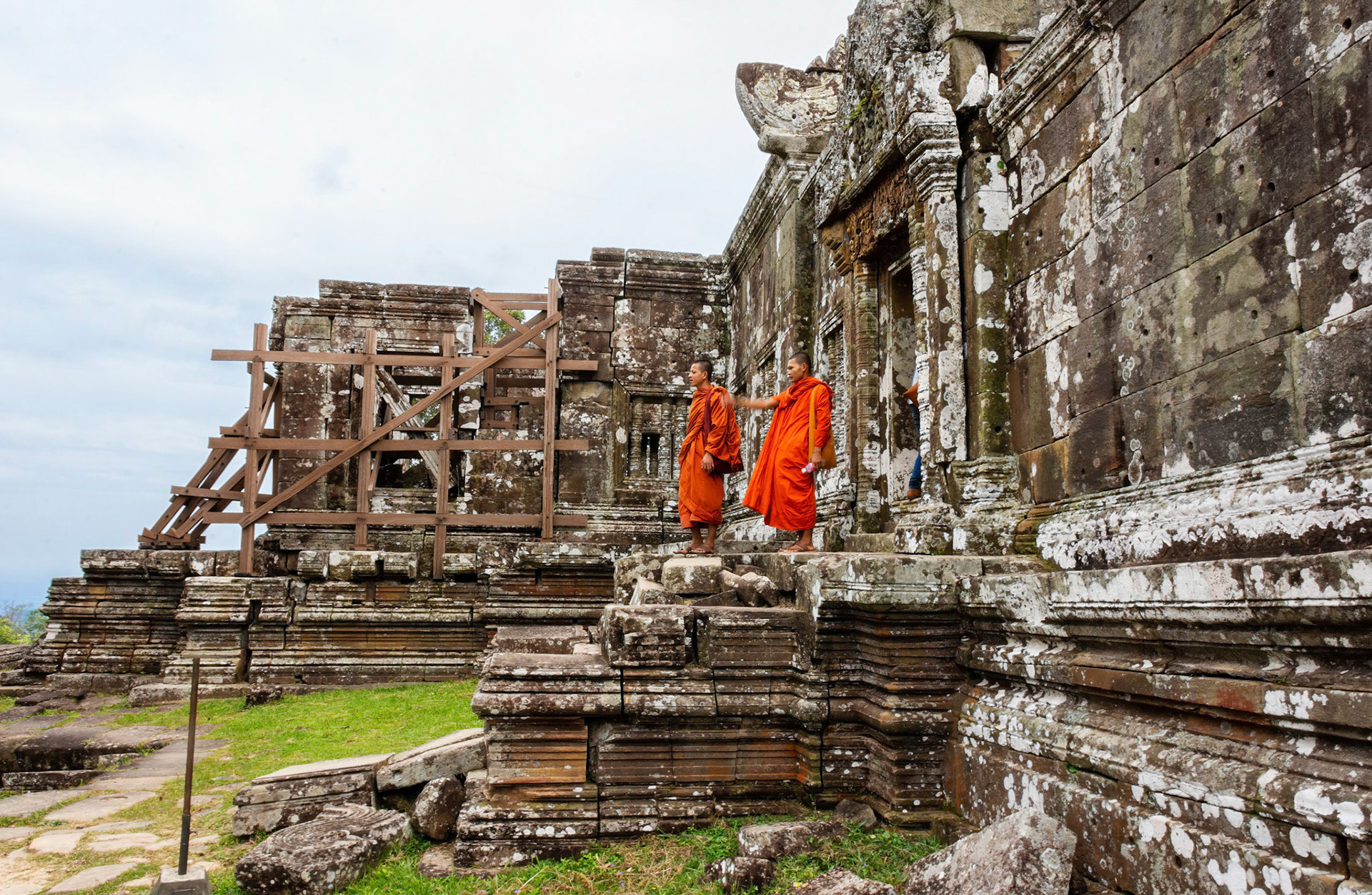
Preah Vihear Temple
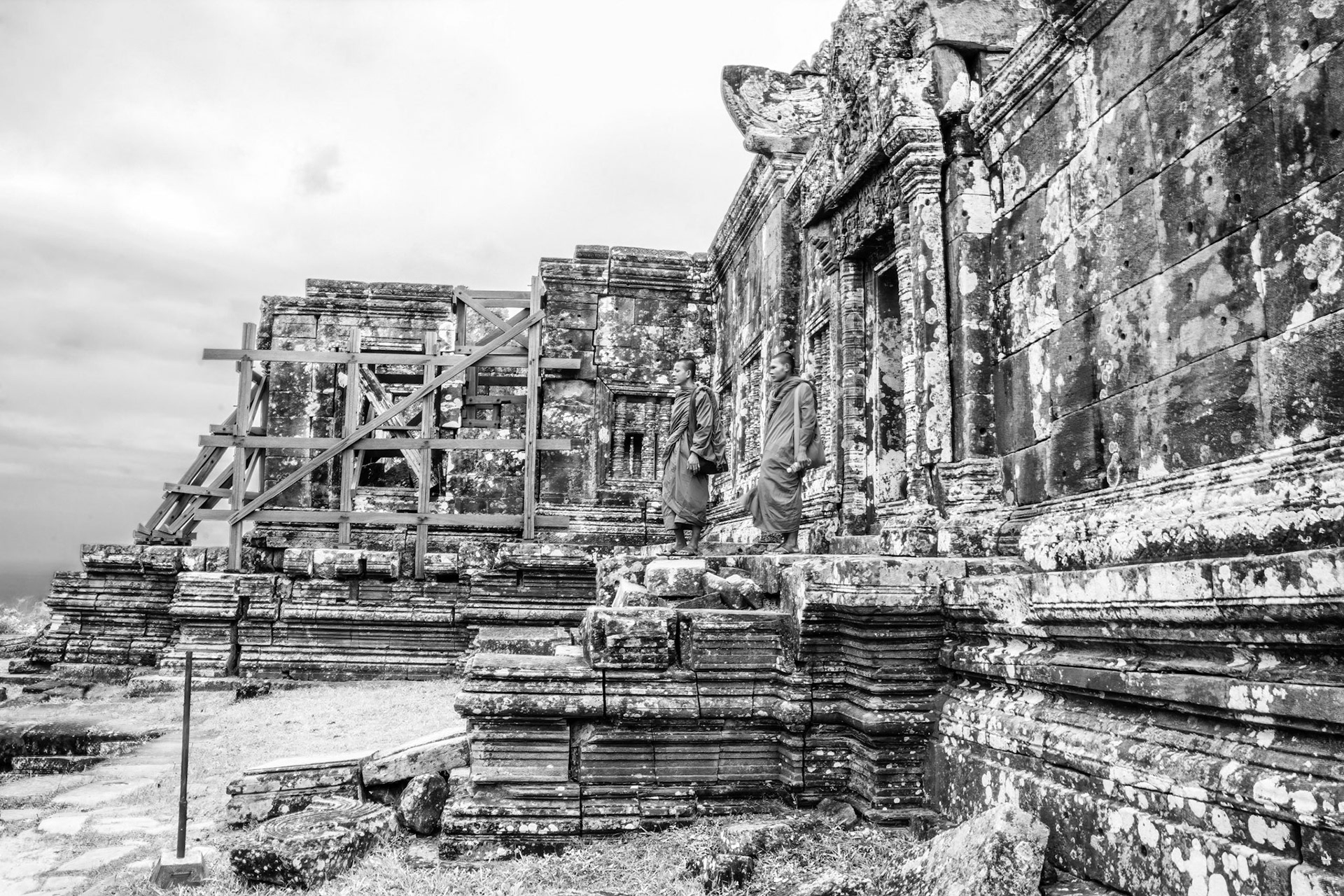
Preah Vihear Temple
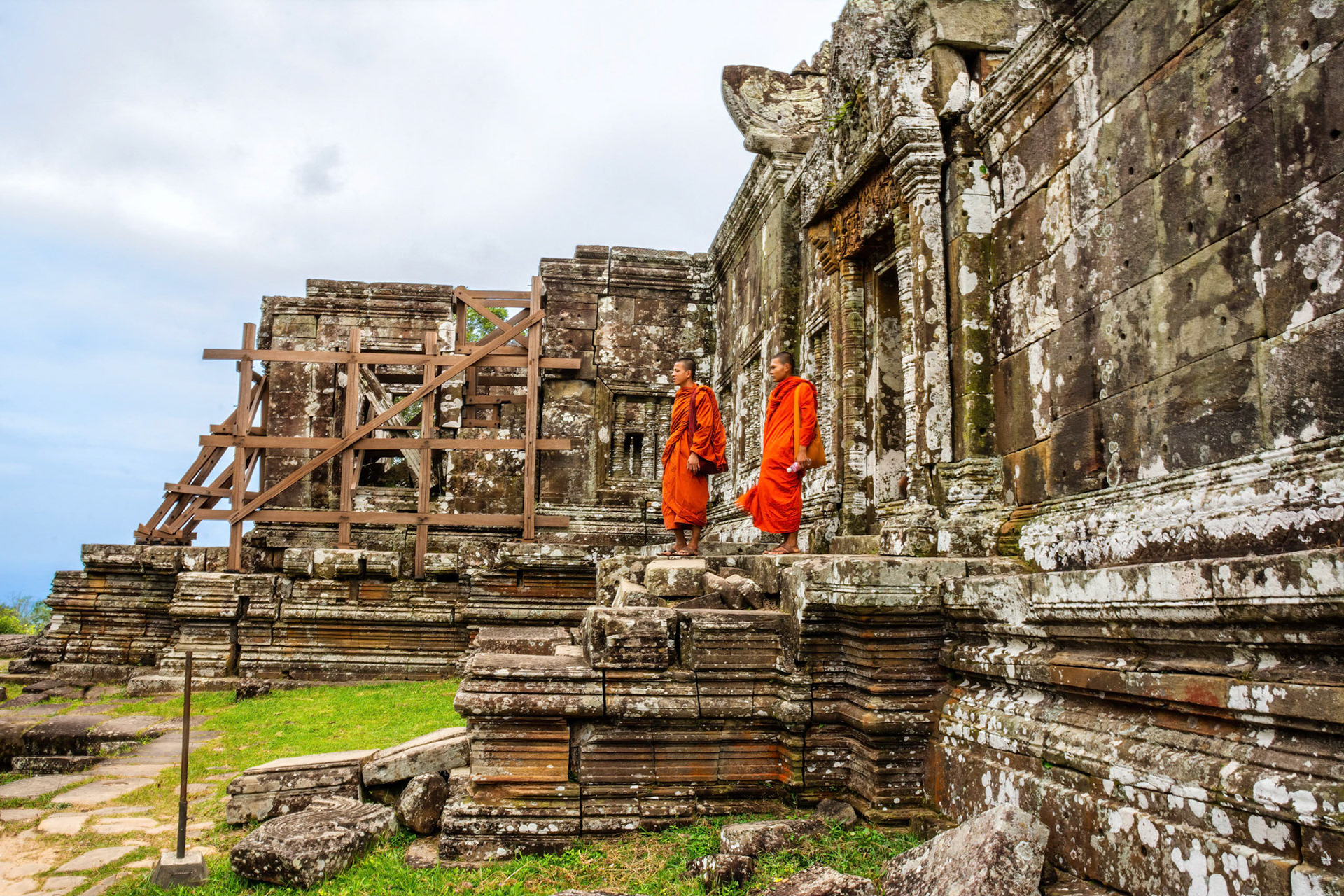
Preah Vihear Temple
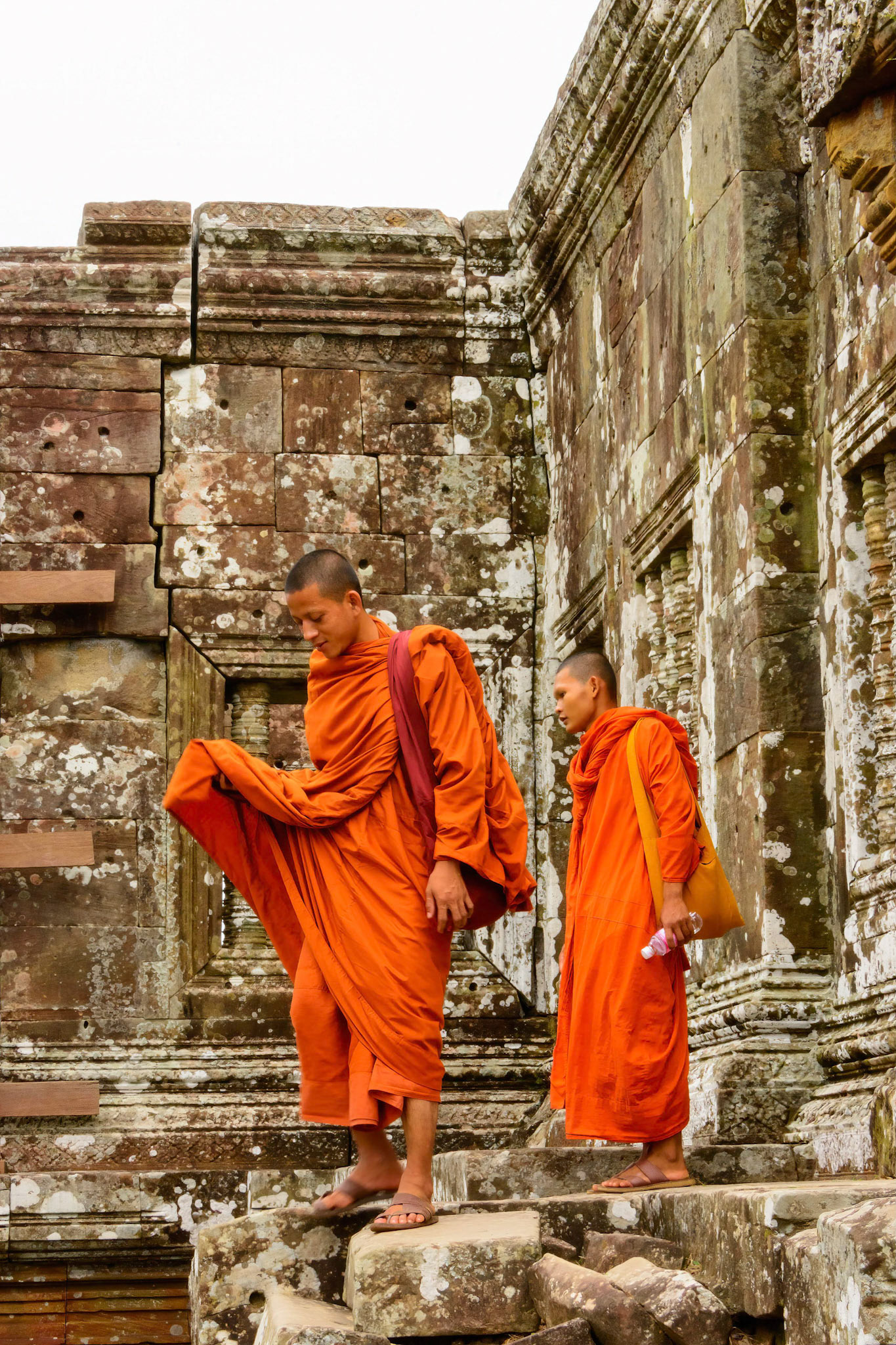
Preah Vihear Temple
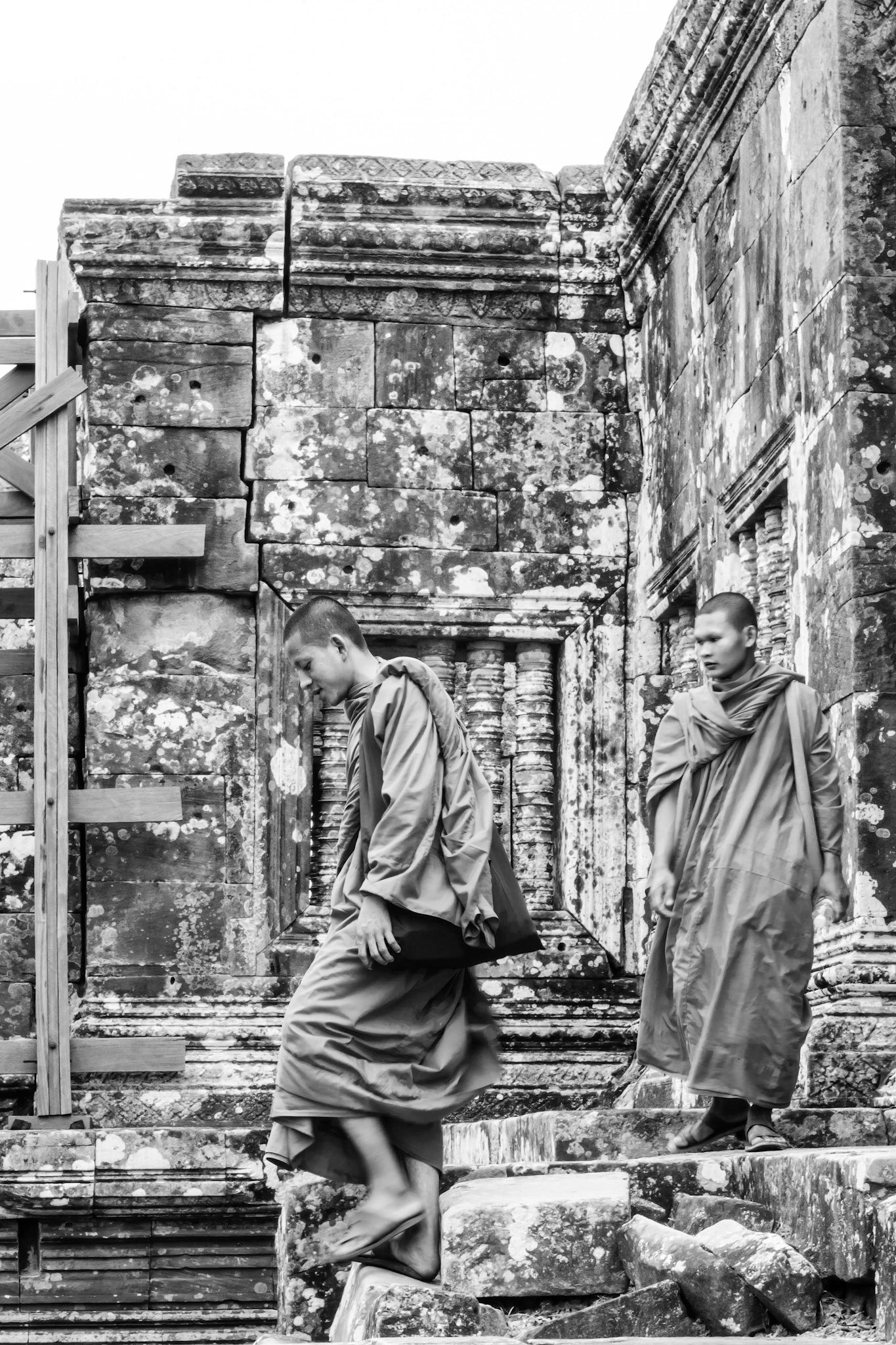
Preah Vihear Temple
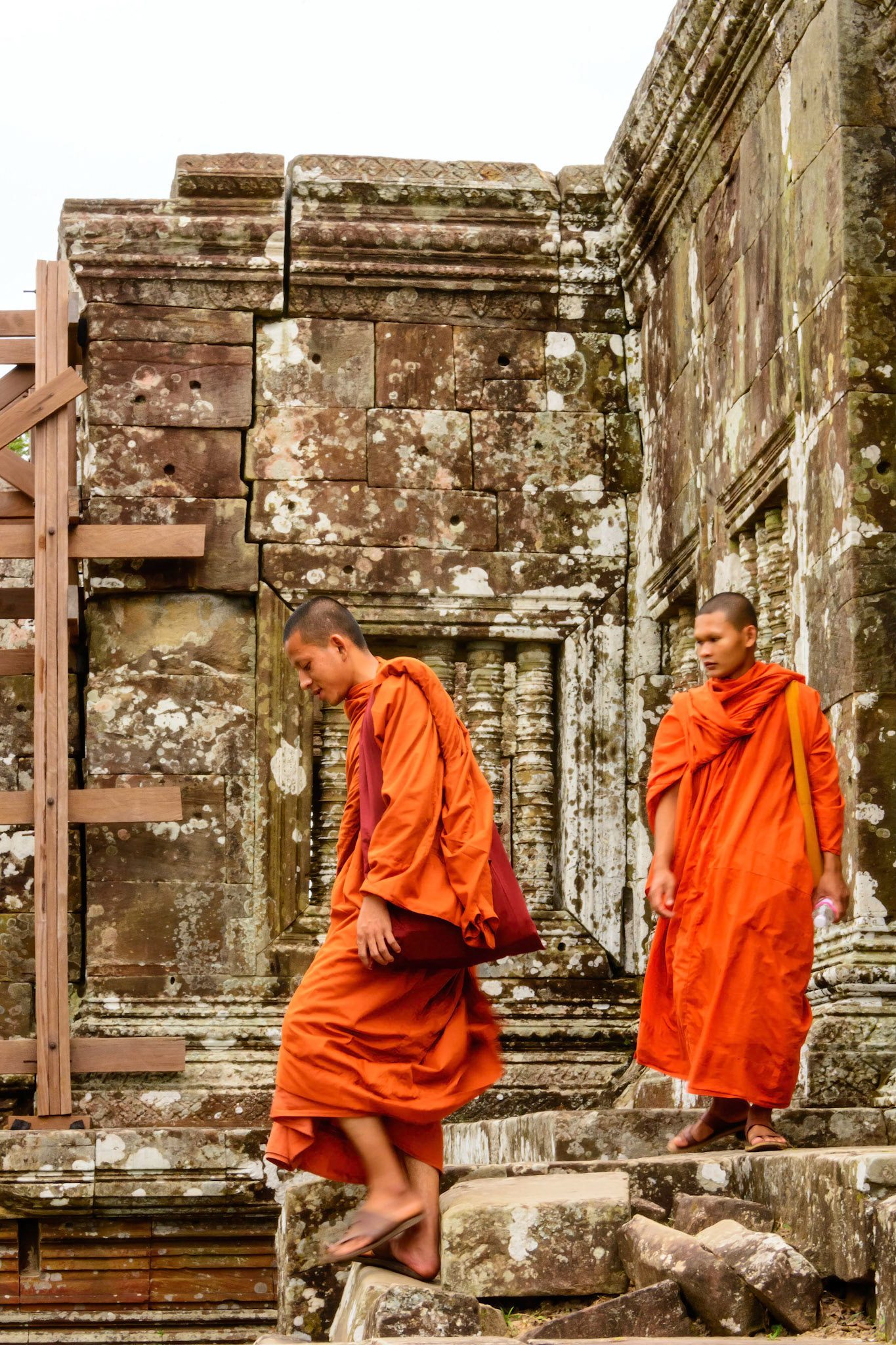
Preah Vihear Temple
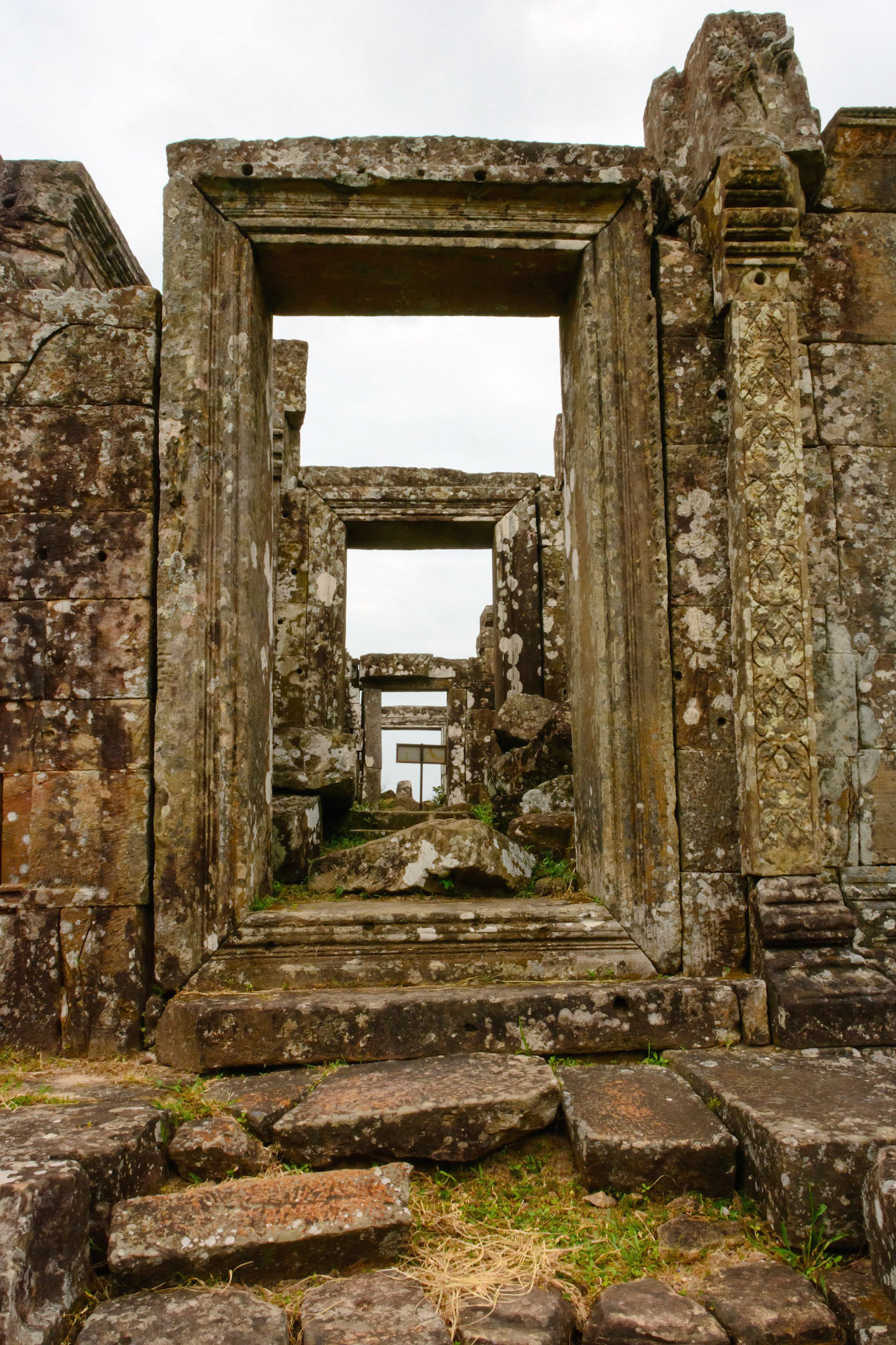
Preah Vihear Temple
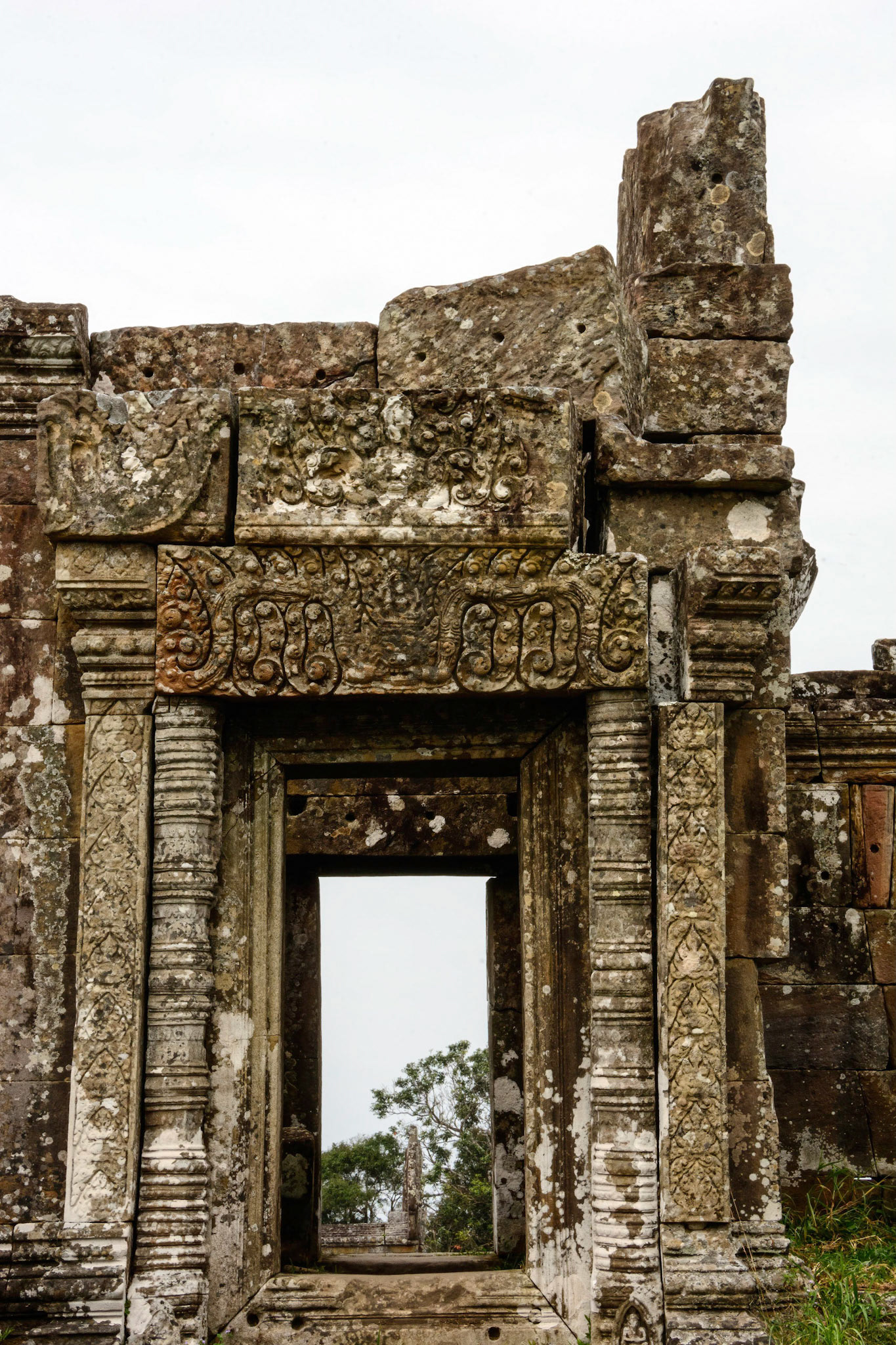
Preah Vihear Temple
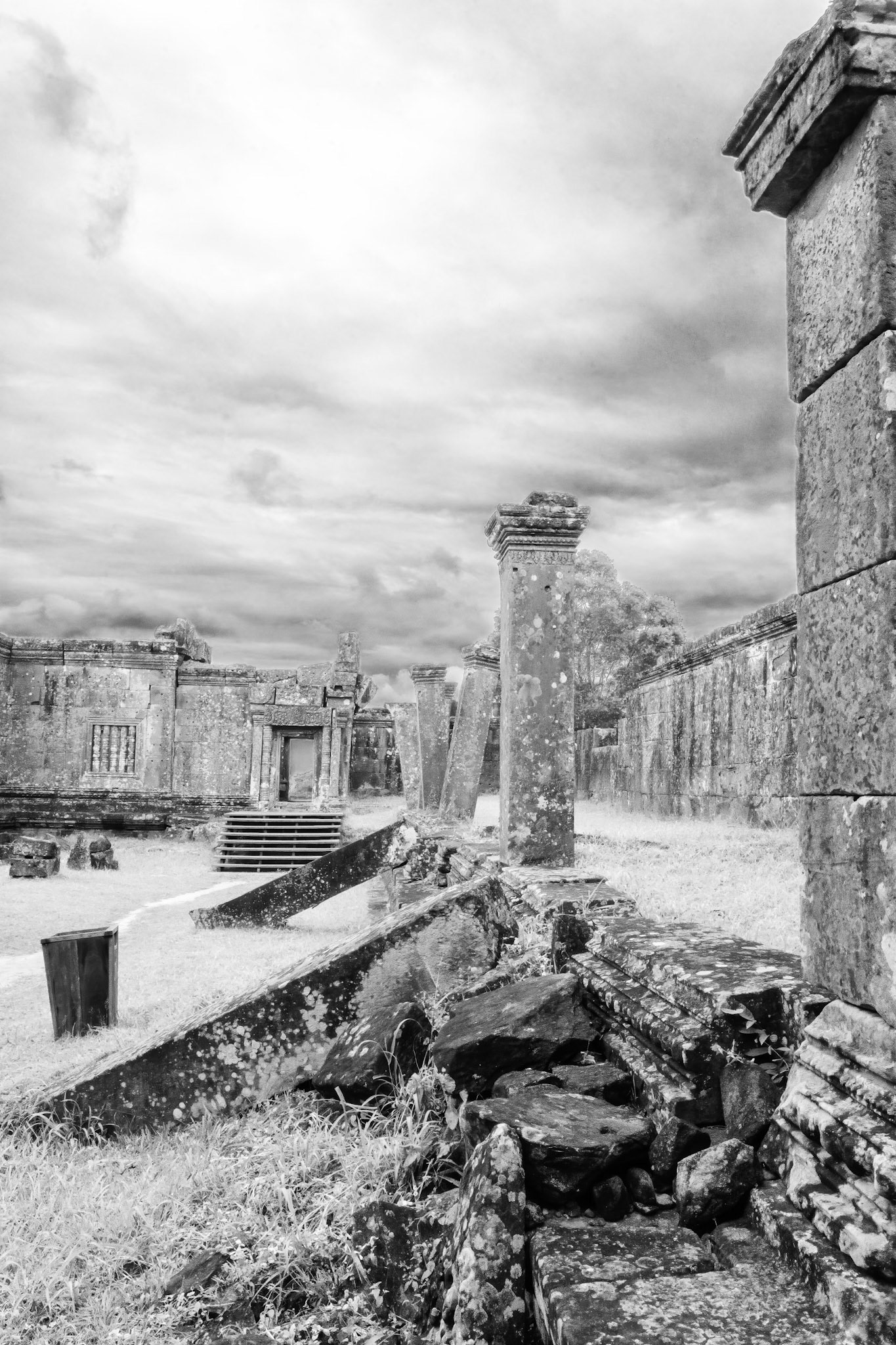
Preah Vihear Temple
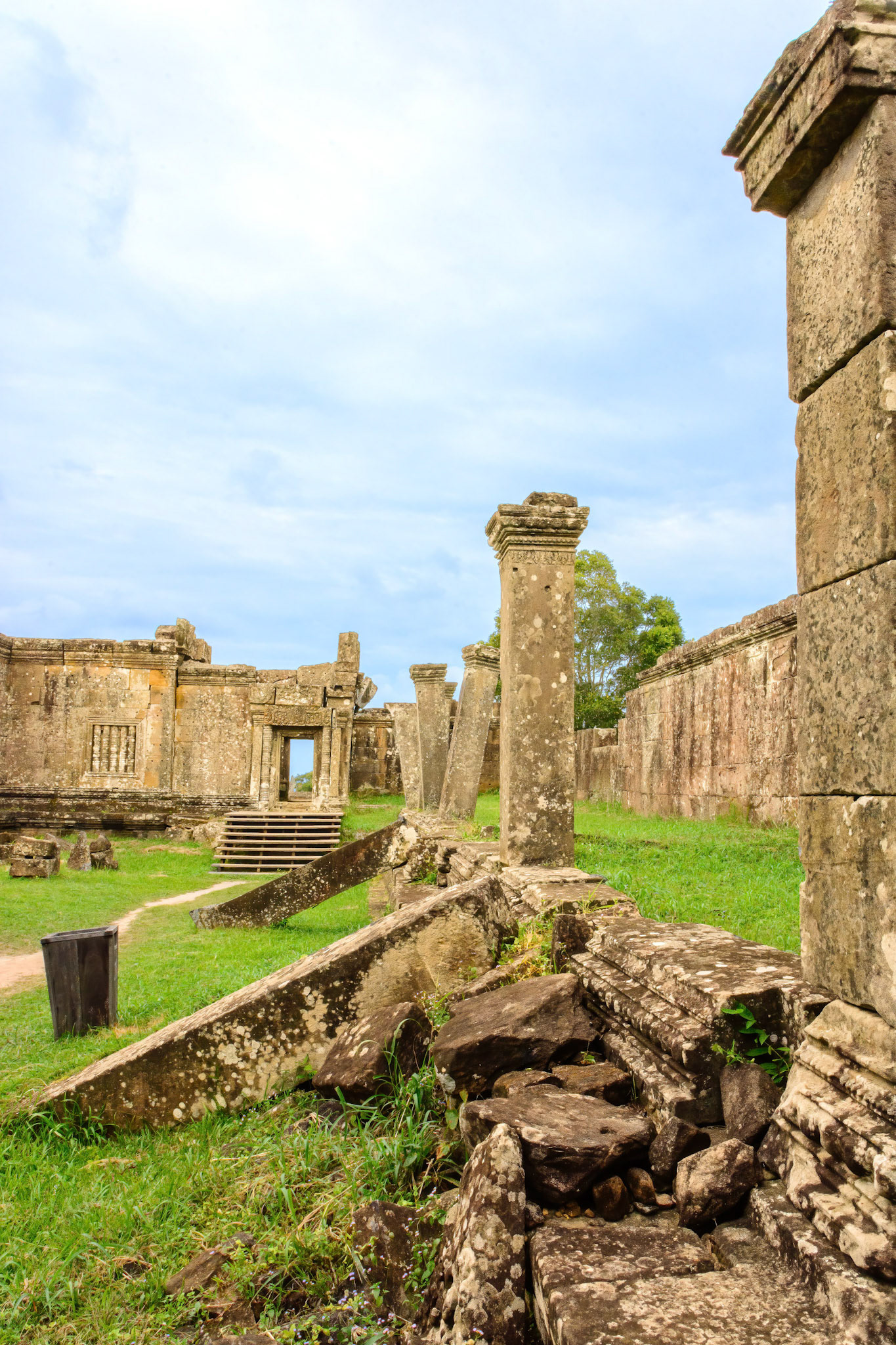
Preah Vihear Temple

Preah Vihear Temple
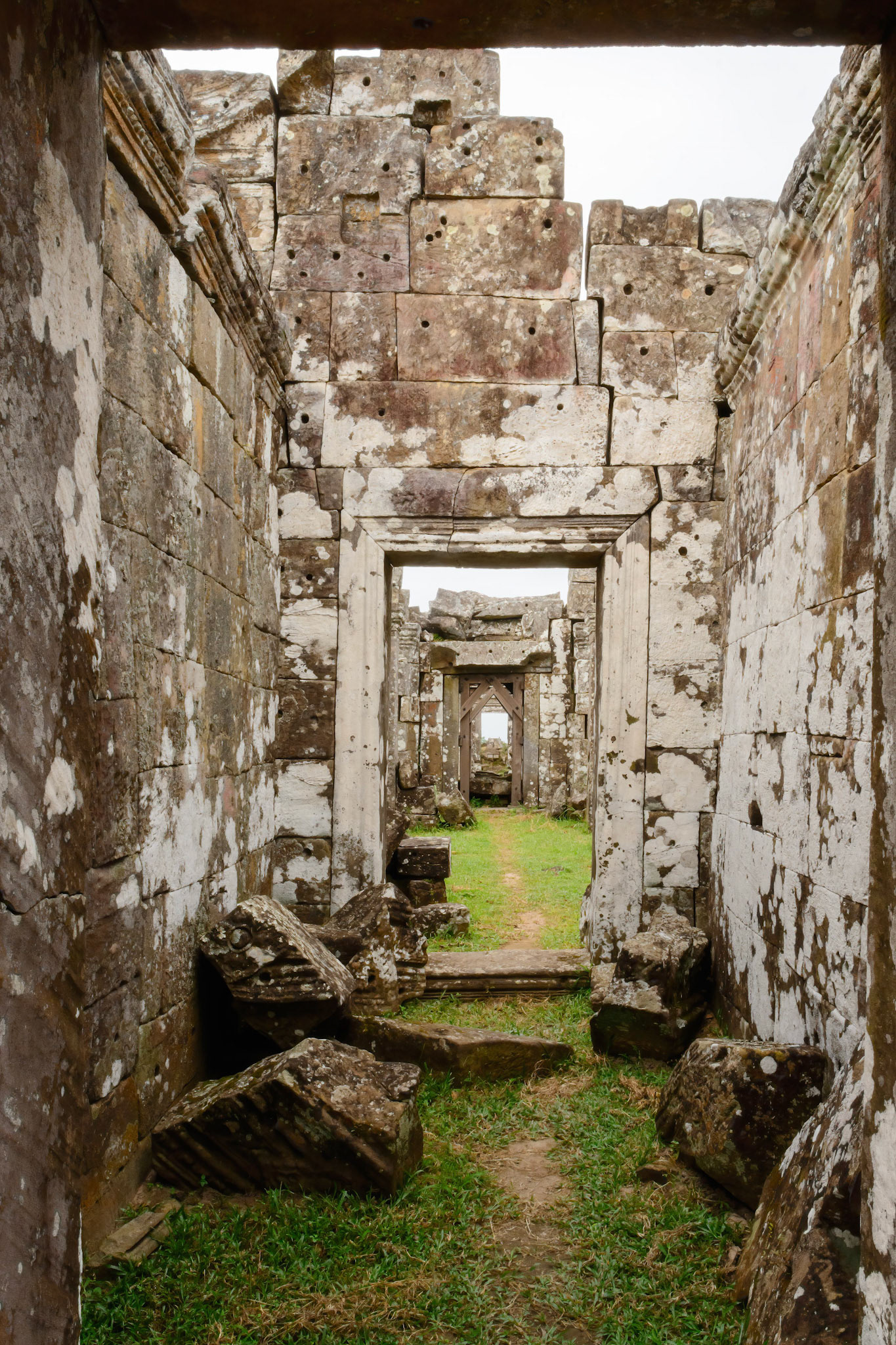
Preah Vihear Temple
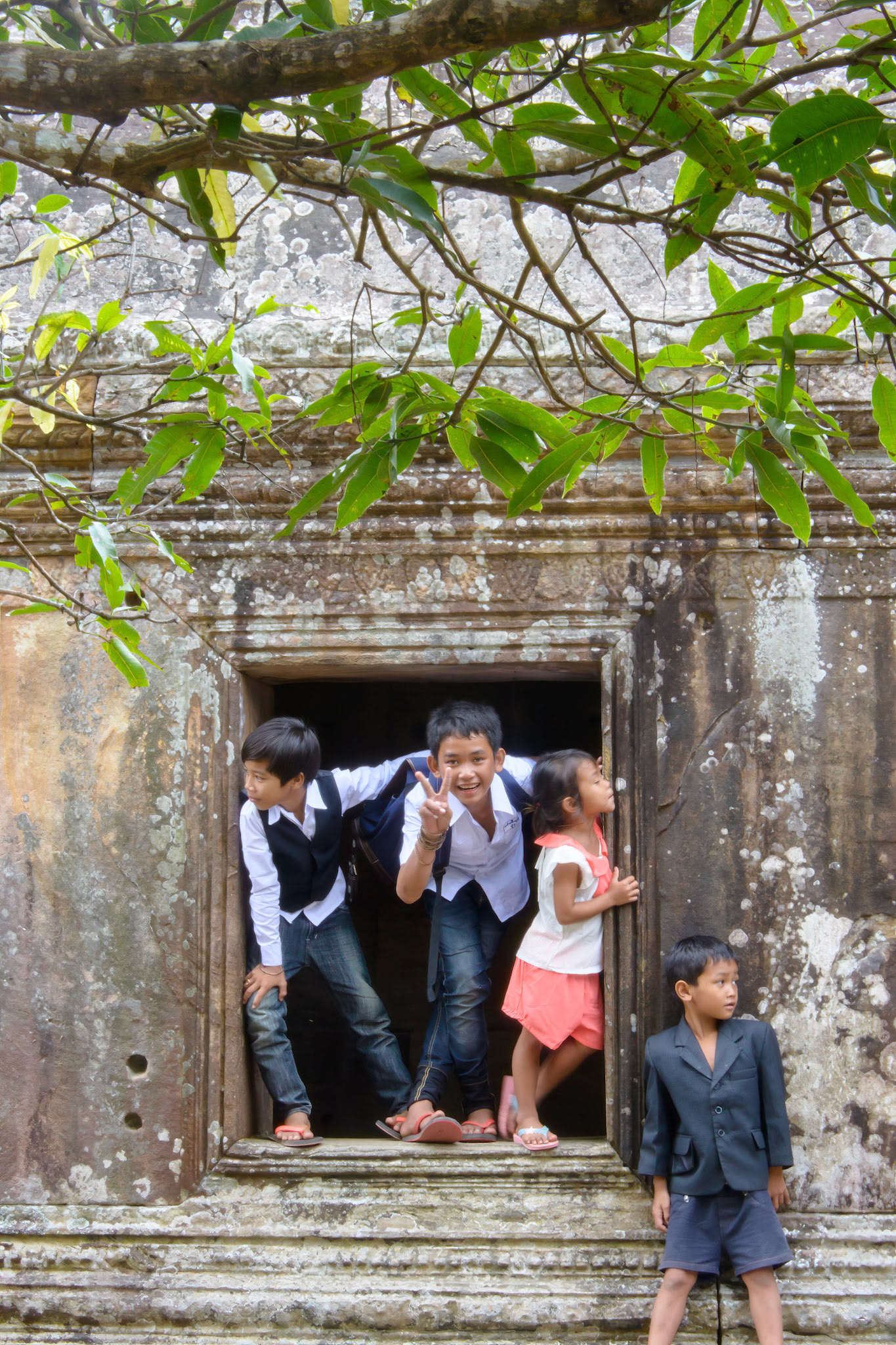
Preah Vihear Temple
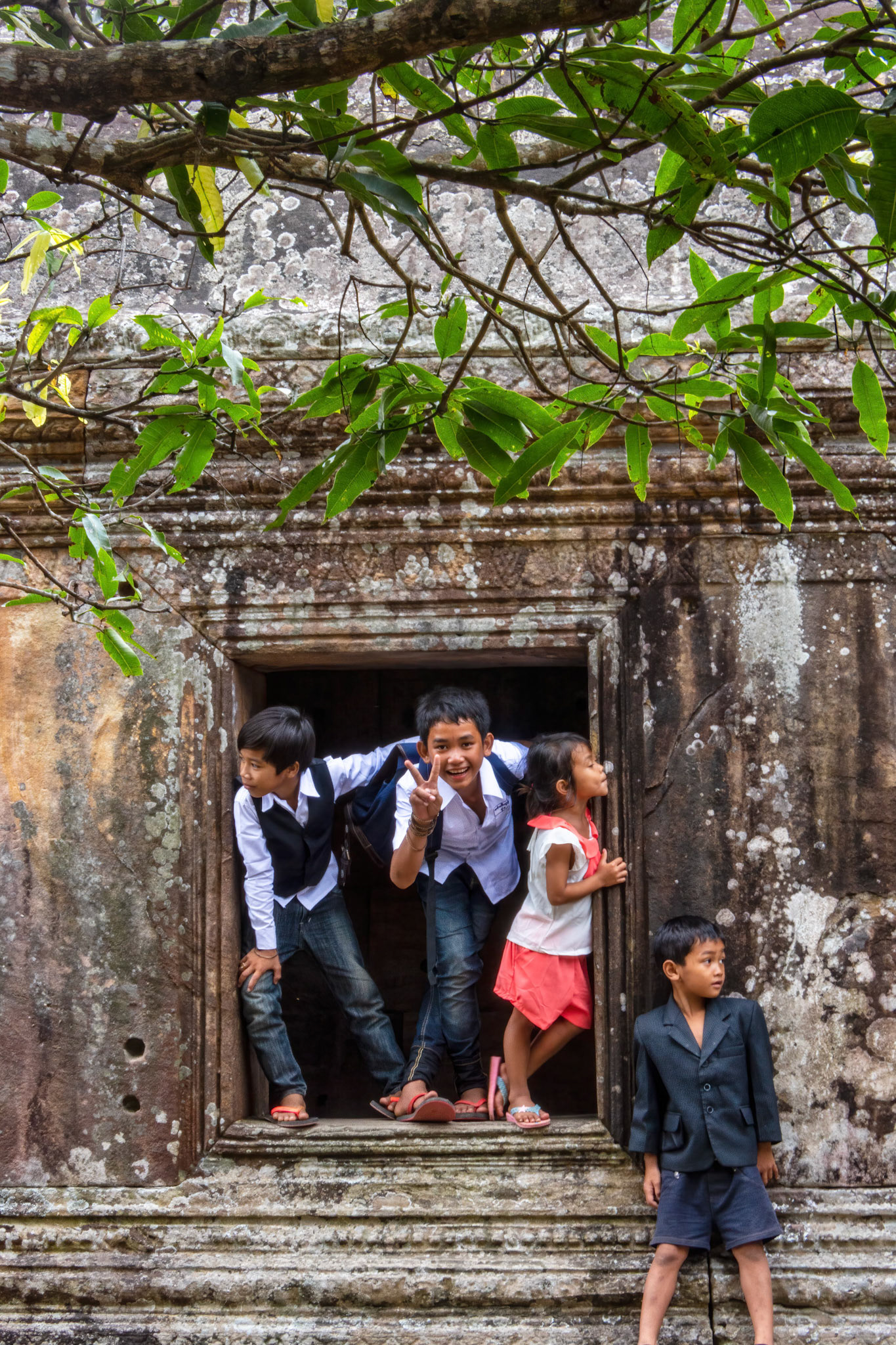
Preah Vihear Temple
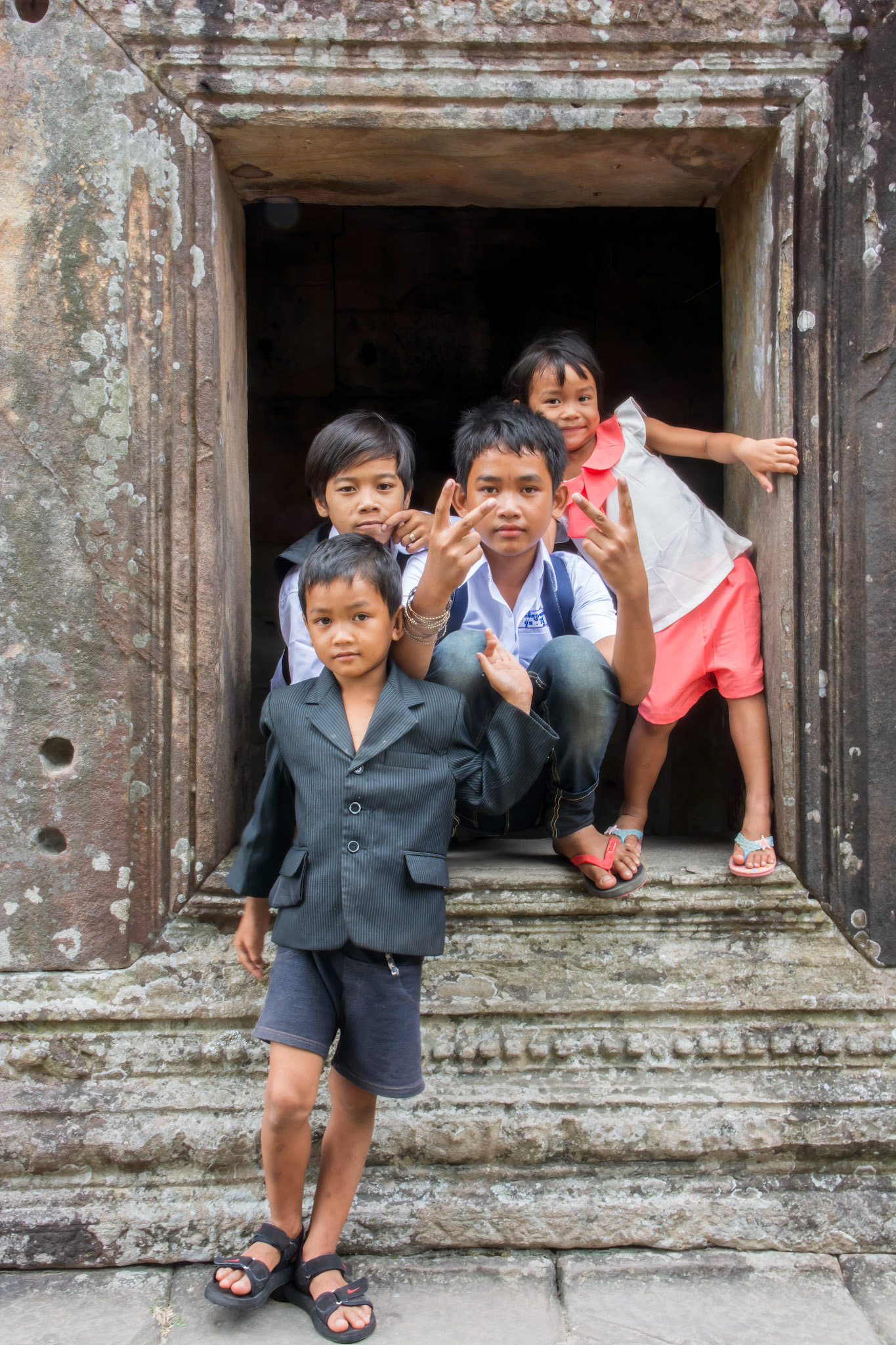
Preah Vihear Temple
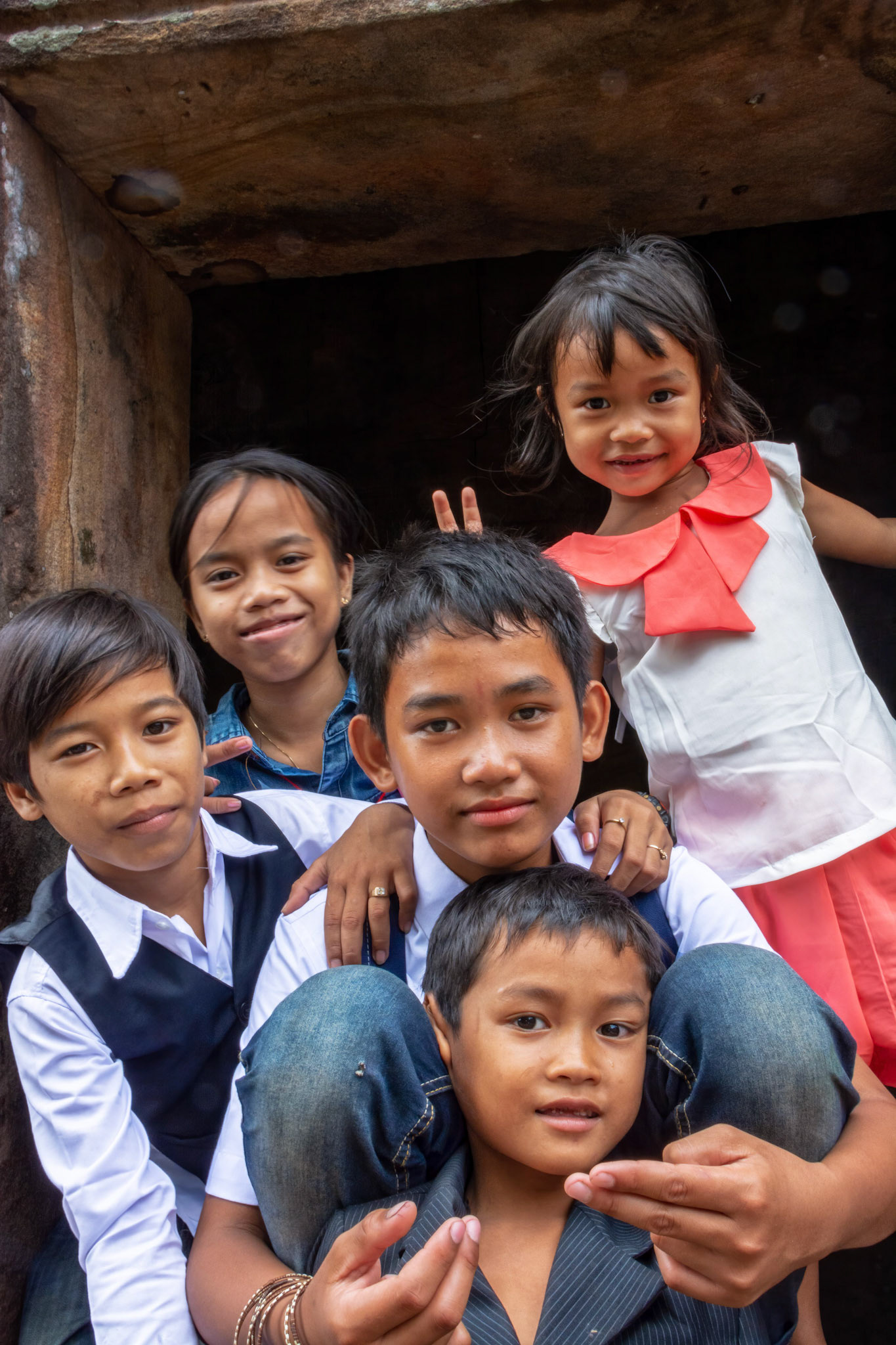
Preah Vihear Temple
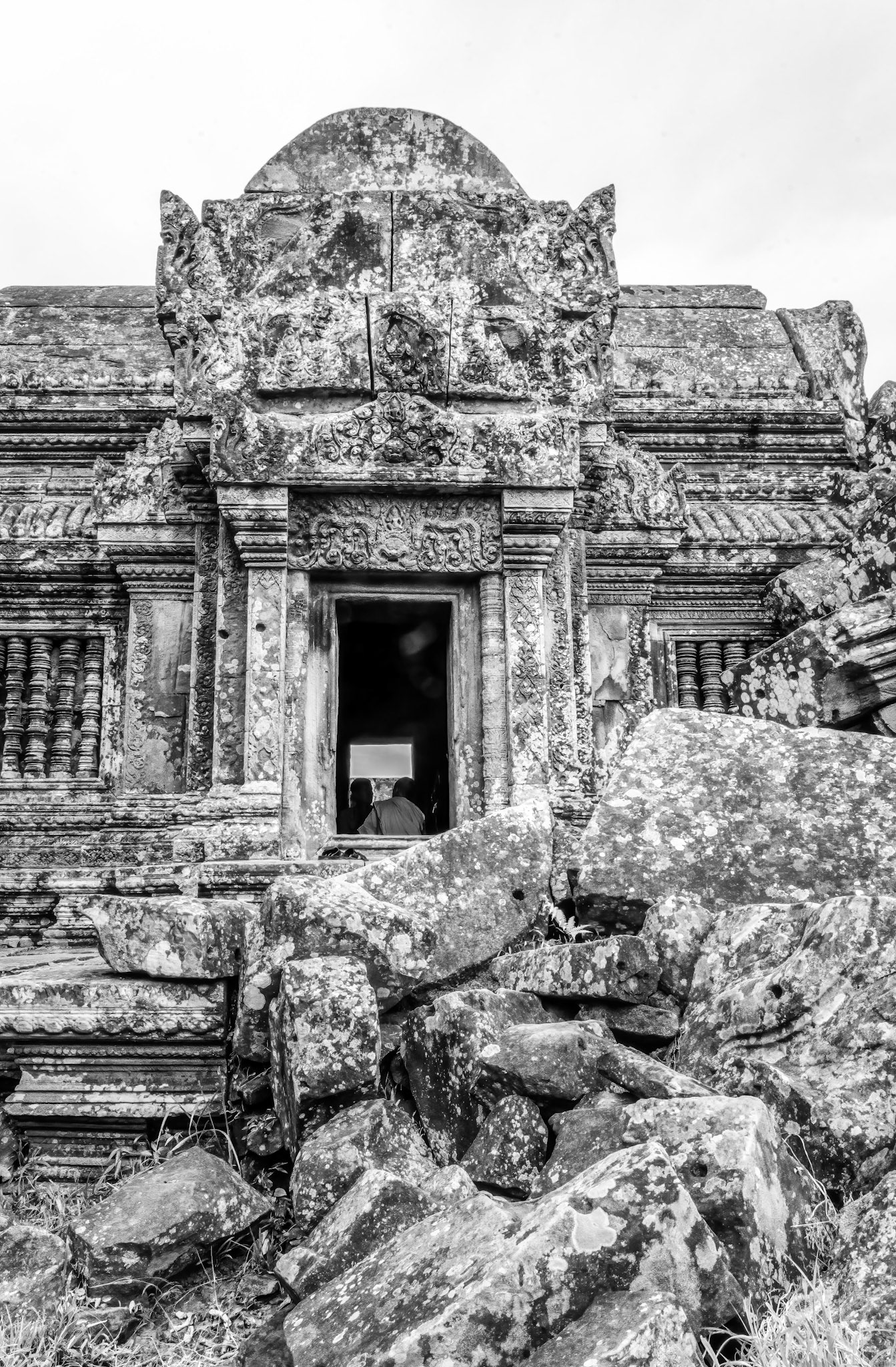
Preah Vihear Temple

Preah Vihear Temple

Preah Vihear Temple

Preah Vihear Temple

Preah Vihear Temple
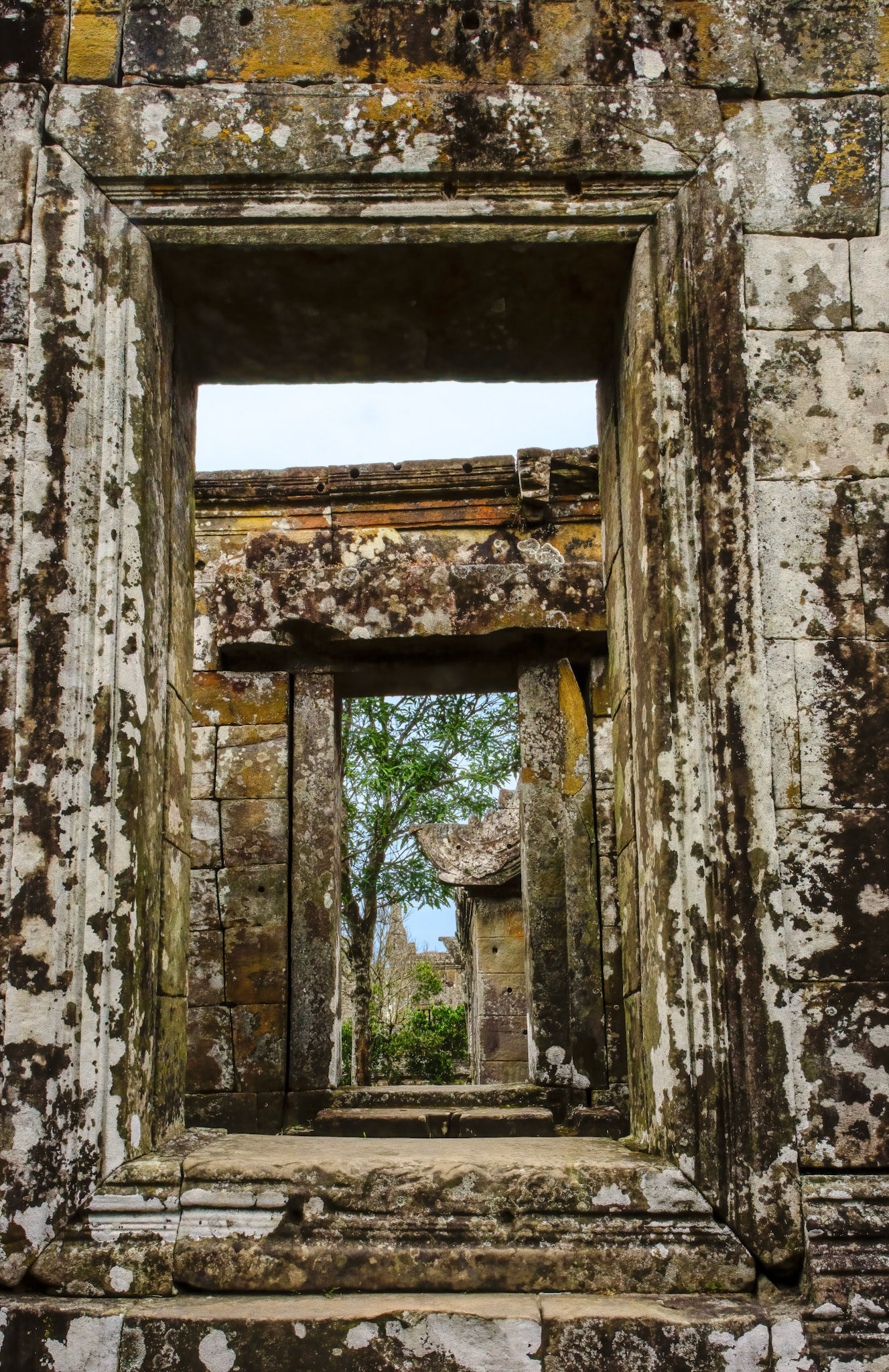
Preah Vihear Temple
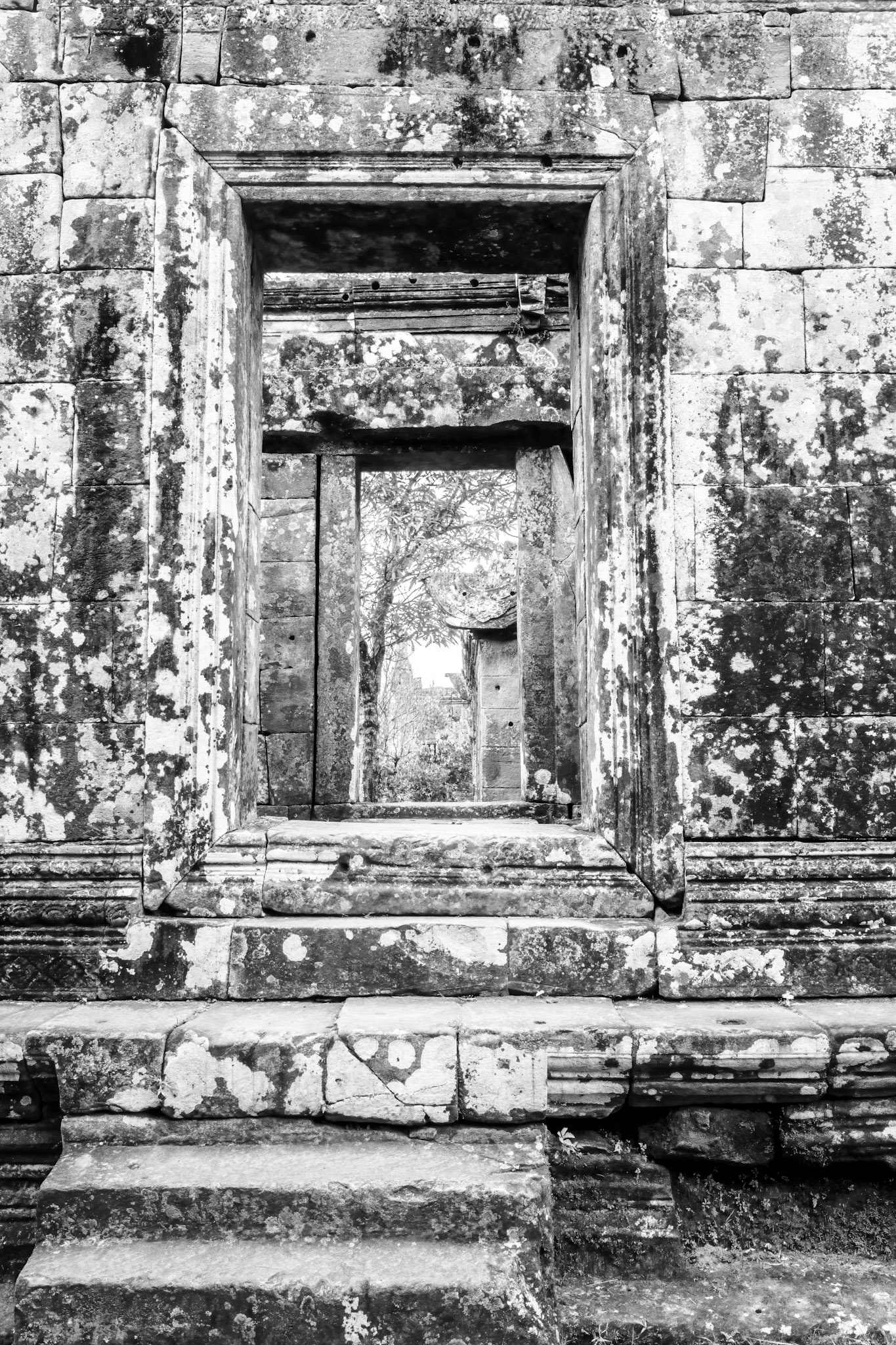
Preah Vihear Temple
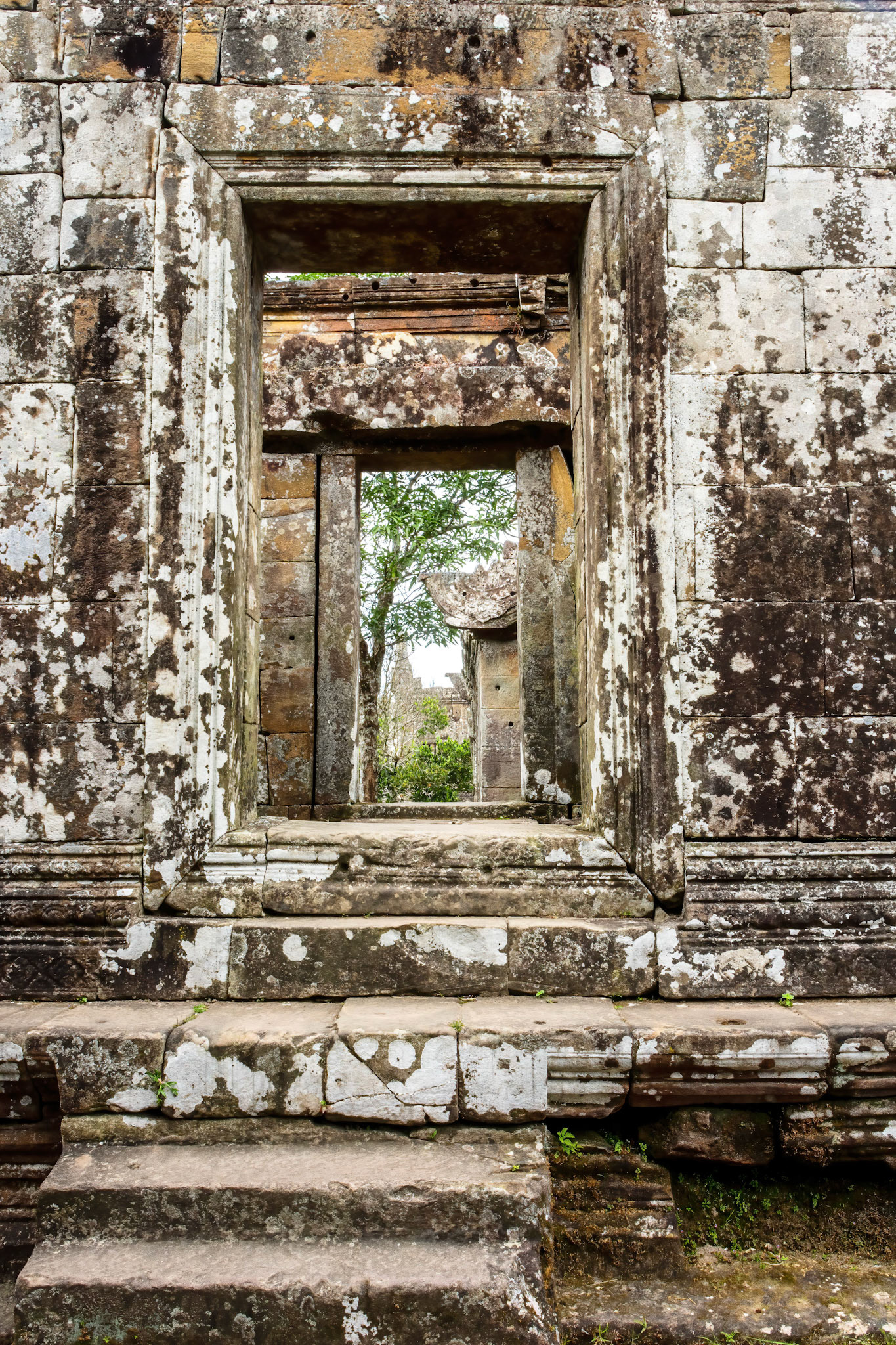
Preah Vihear Temple
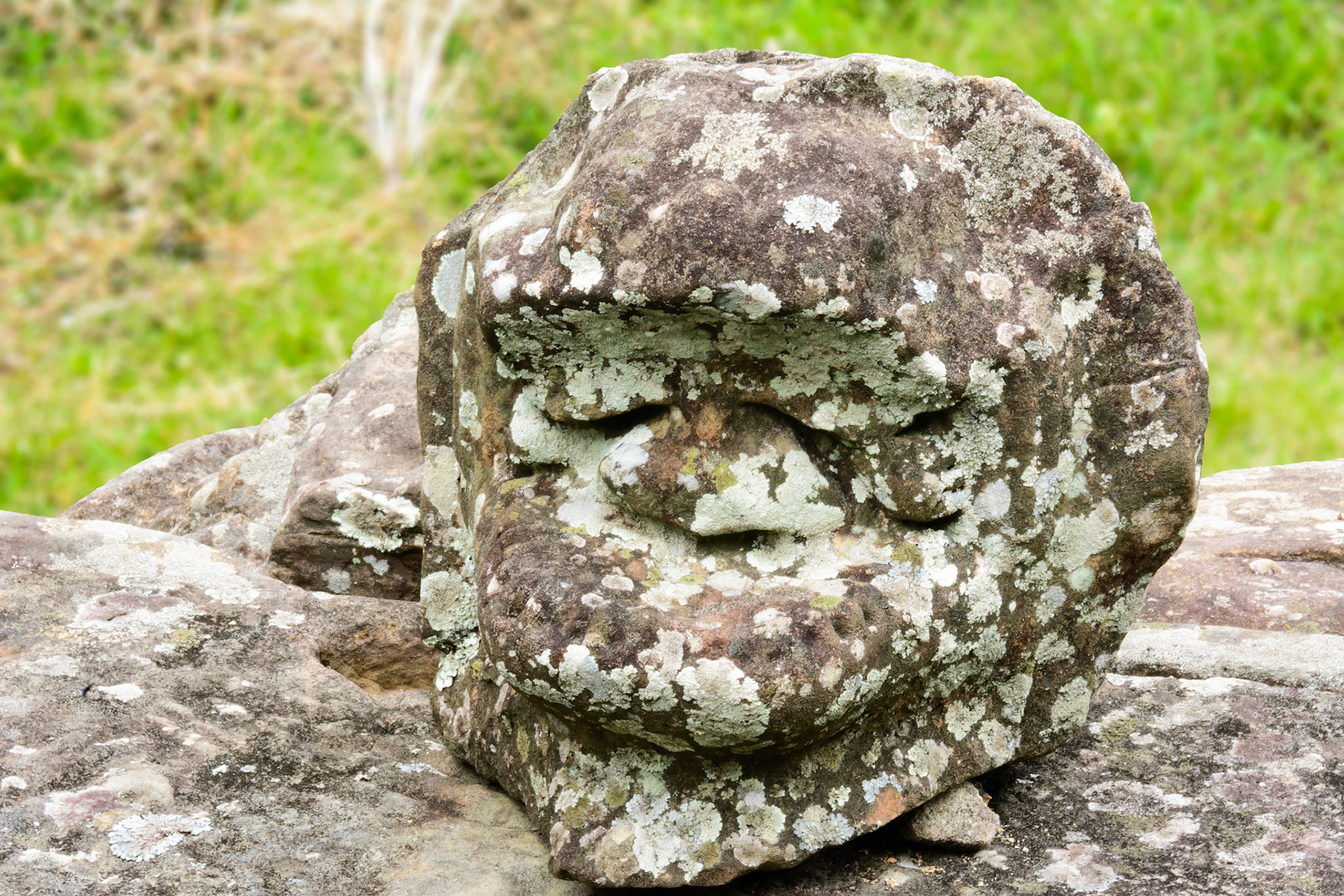
Preah Vihear Temple
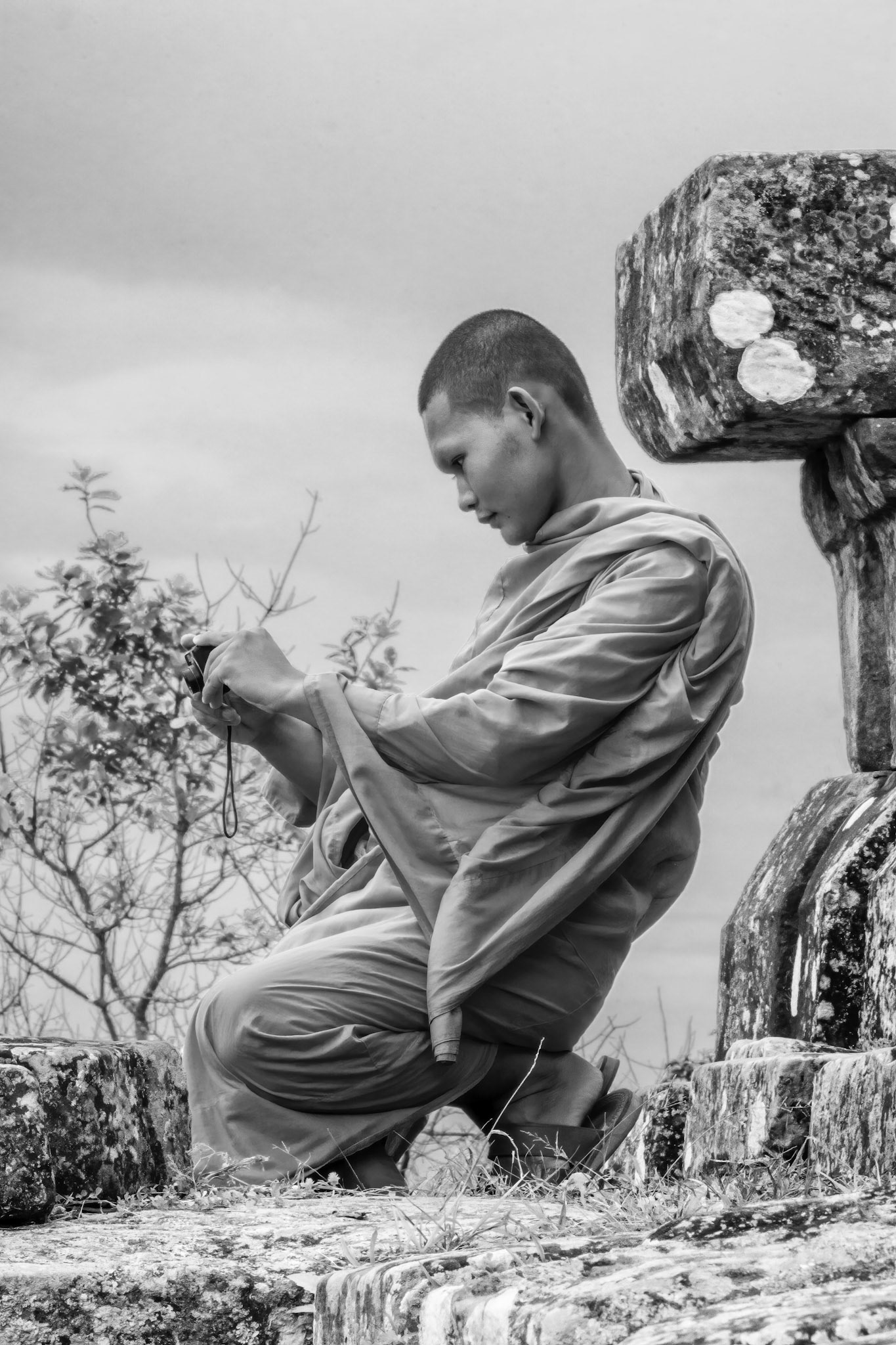
Preah Vihear Temple
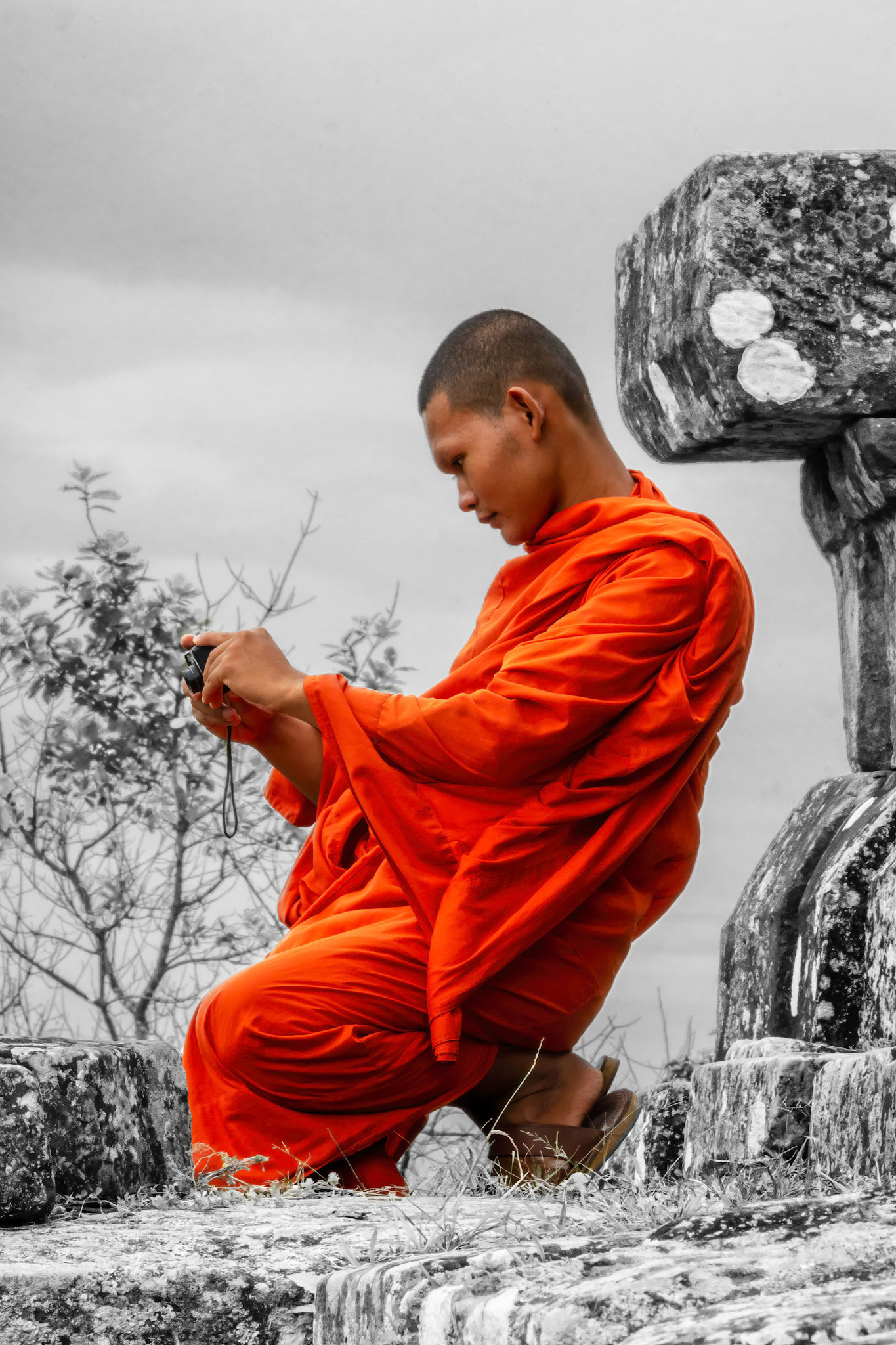
Preah Vihear Temple
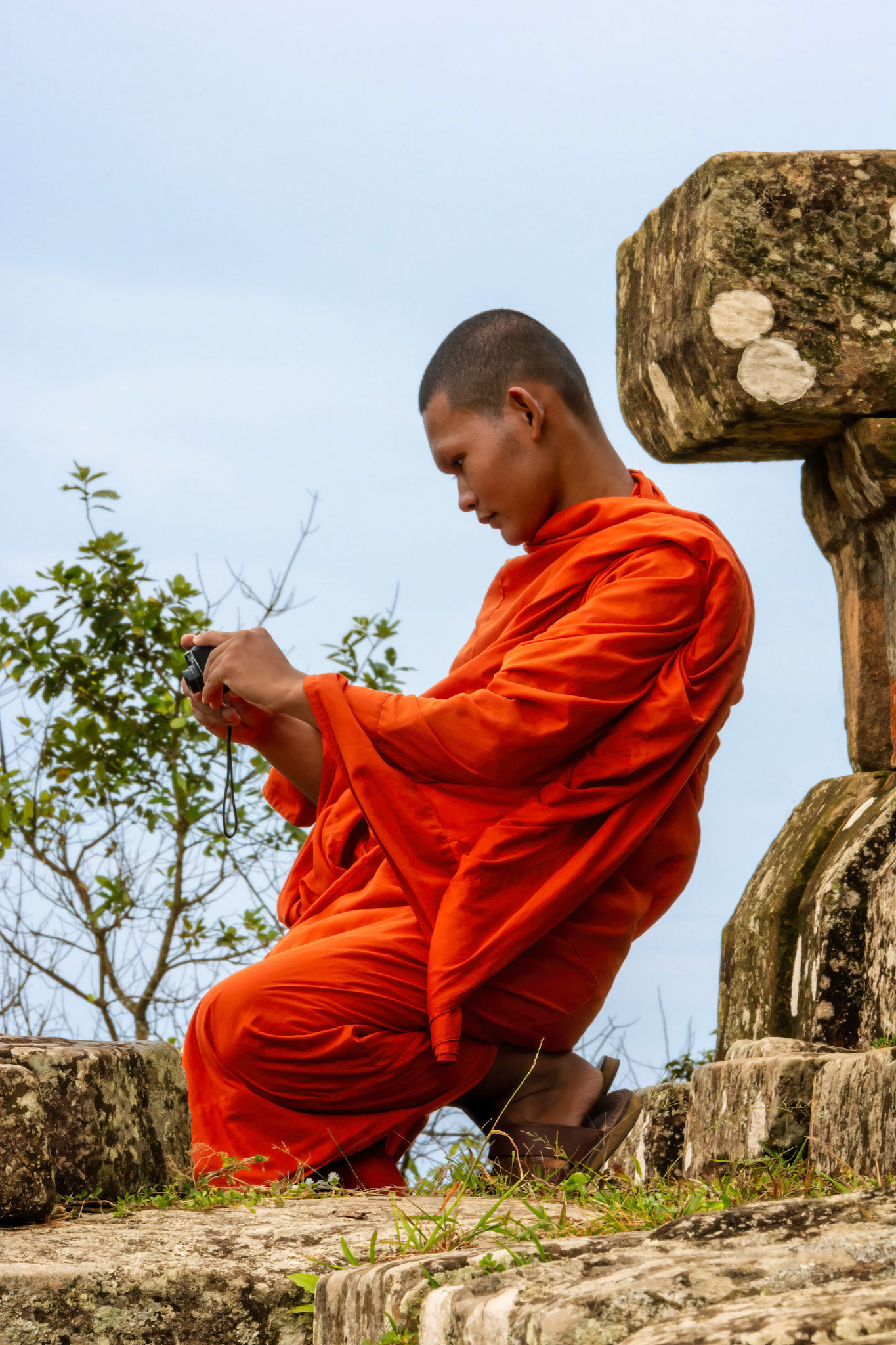
Preah Vihear Temple
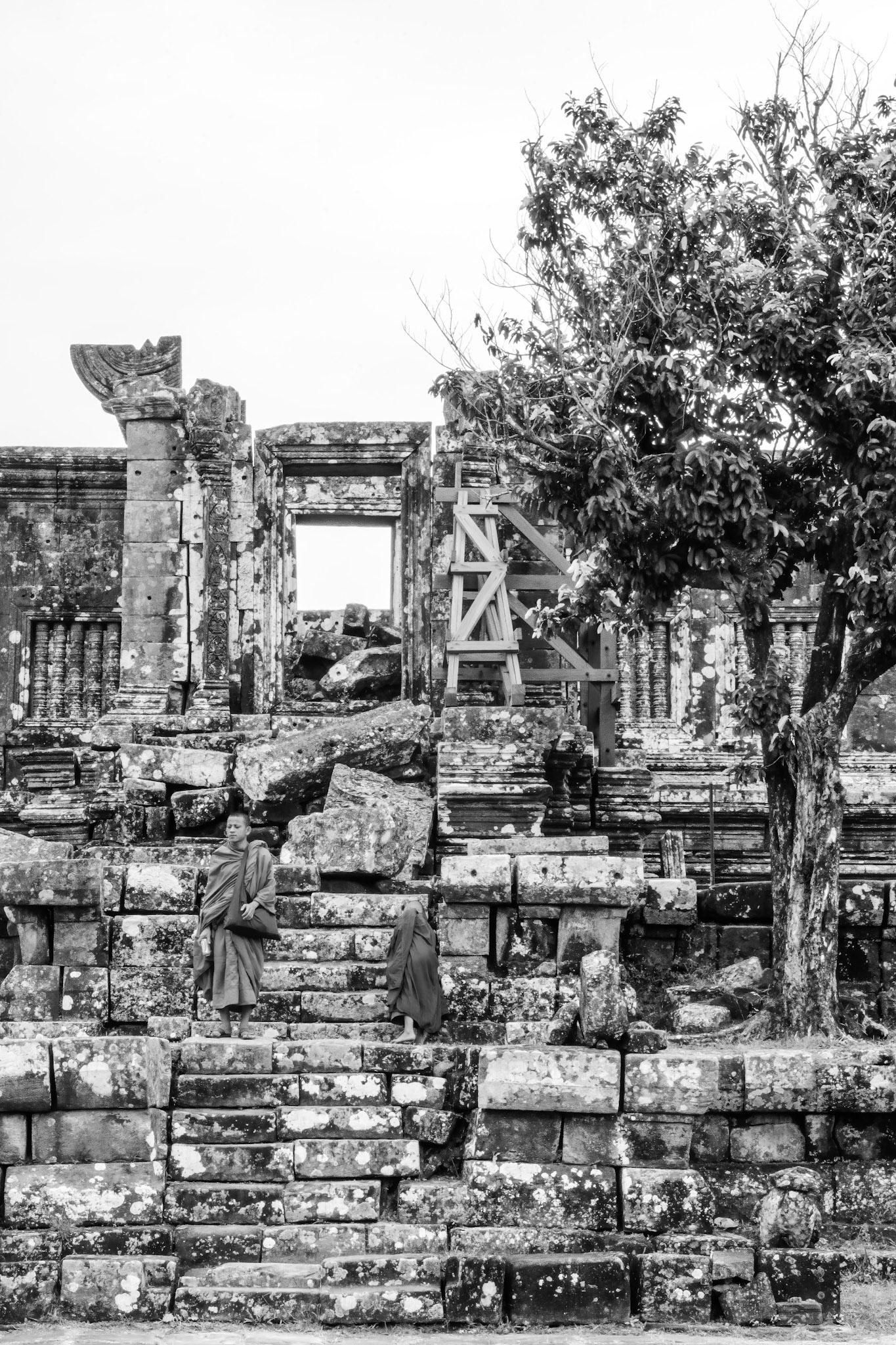
Preah Vihear Temple
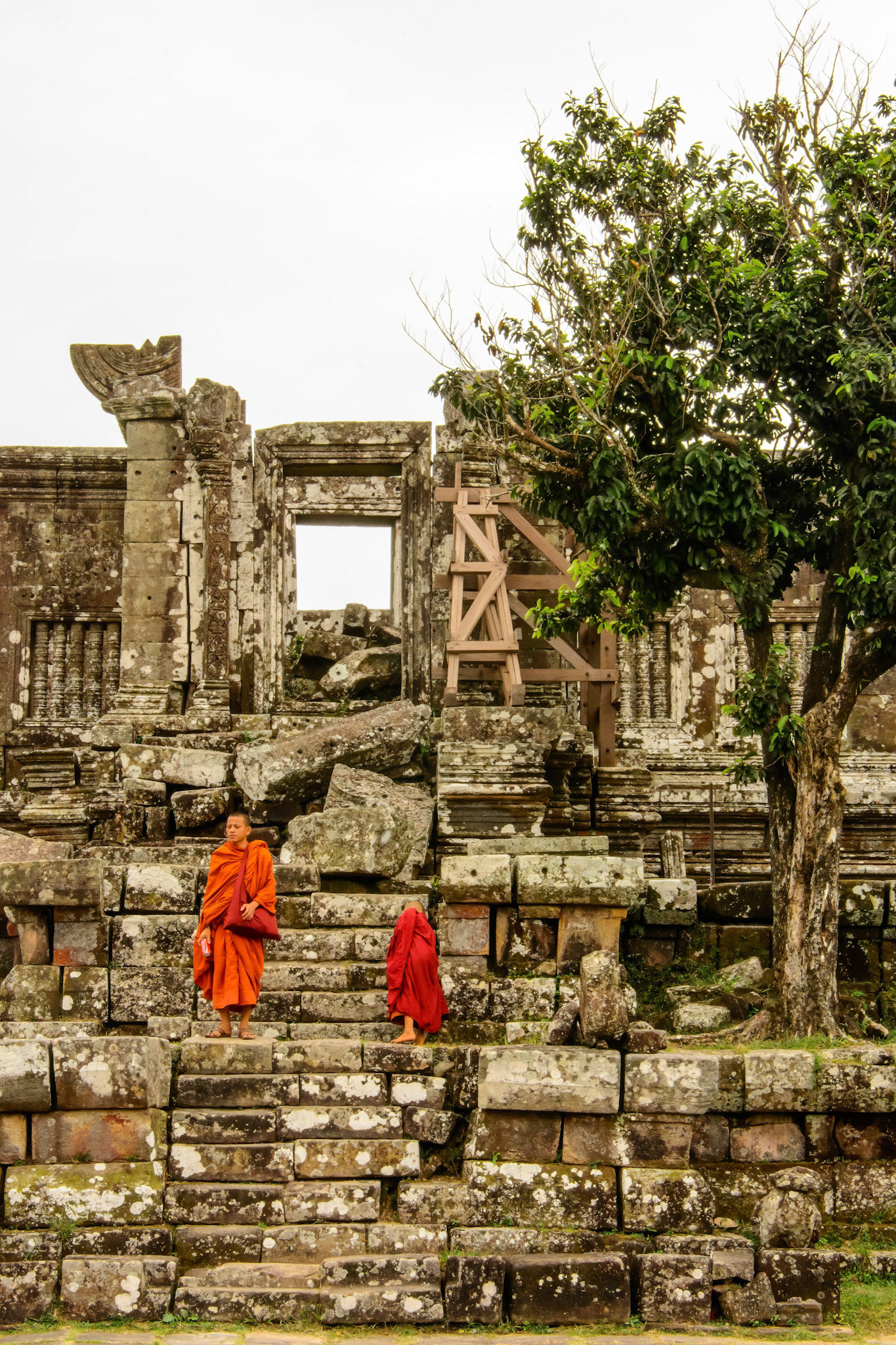
Preah Vihear Temple
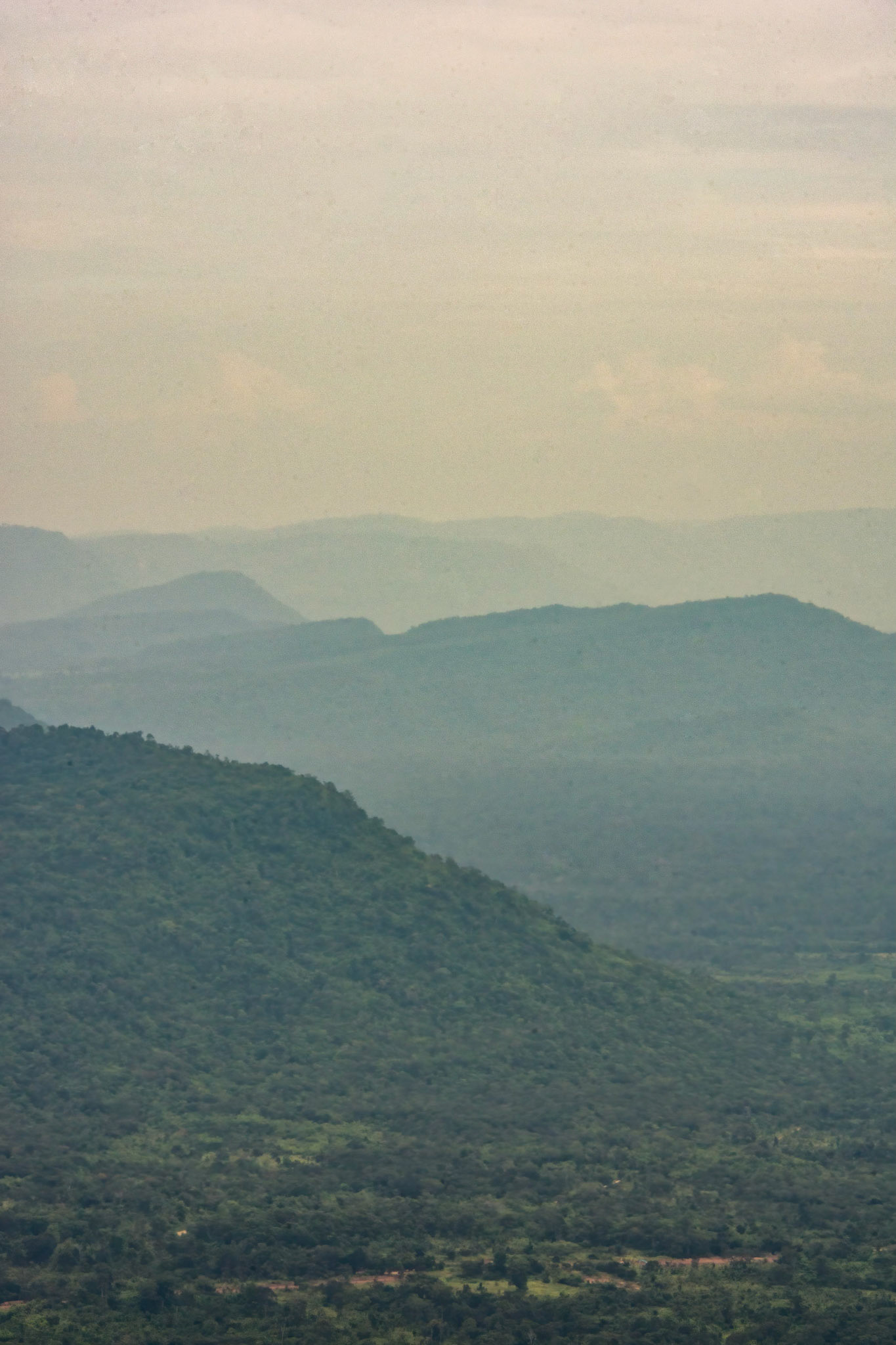
Preah Vihear Temple
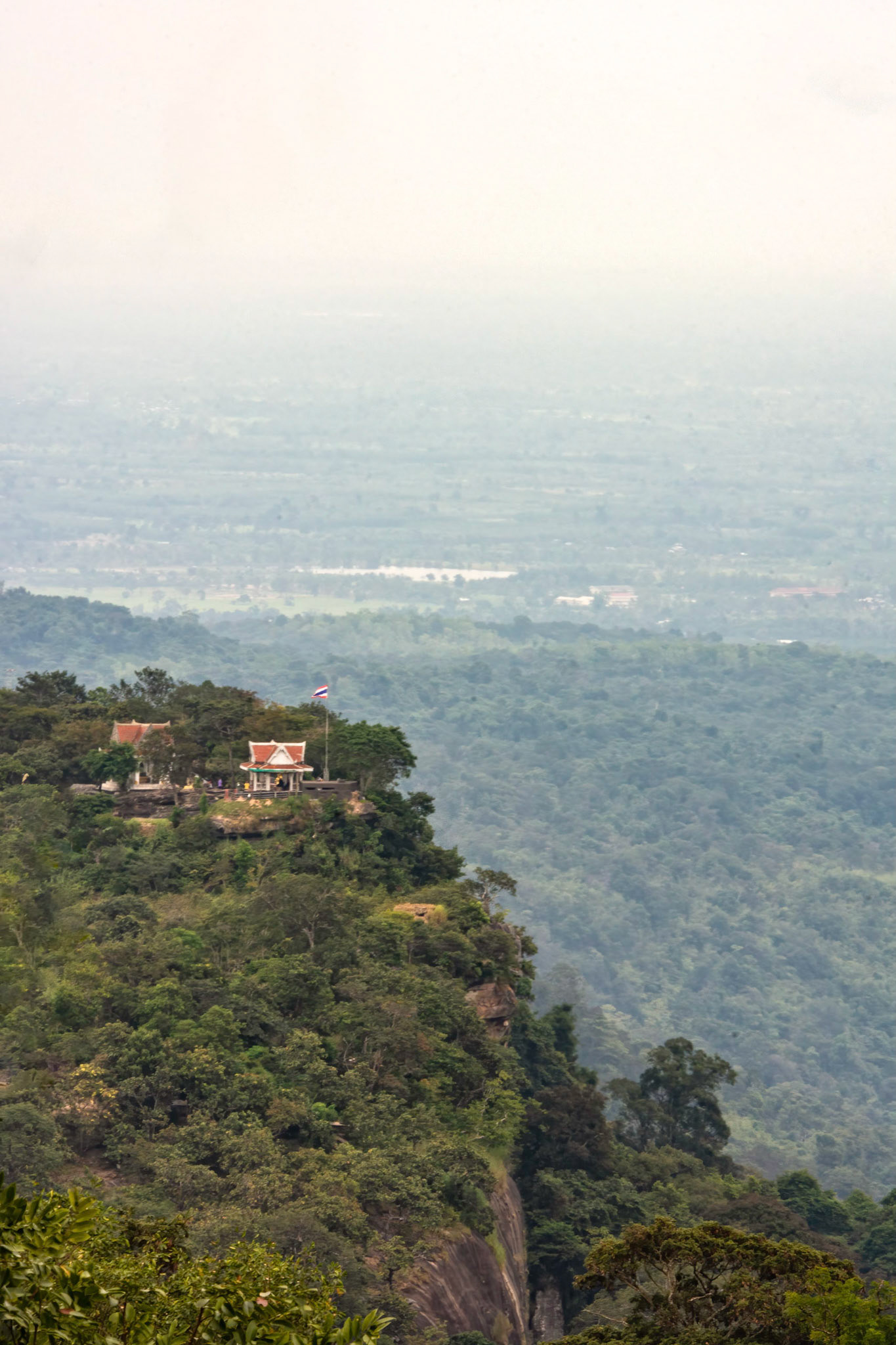
Preah Vihear Temple
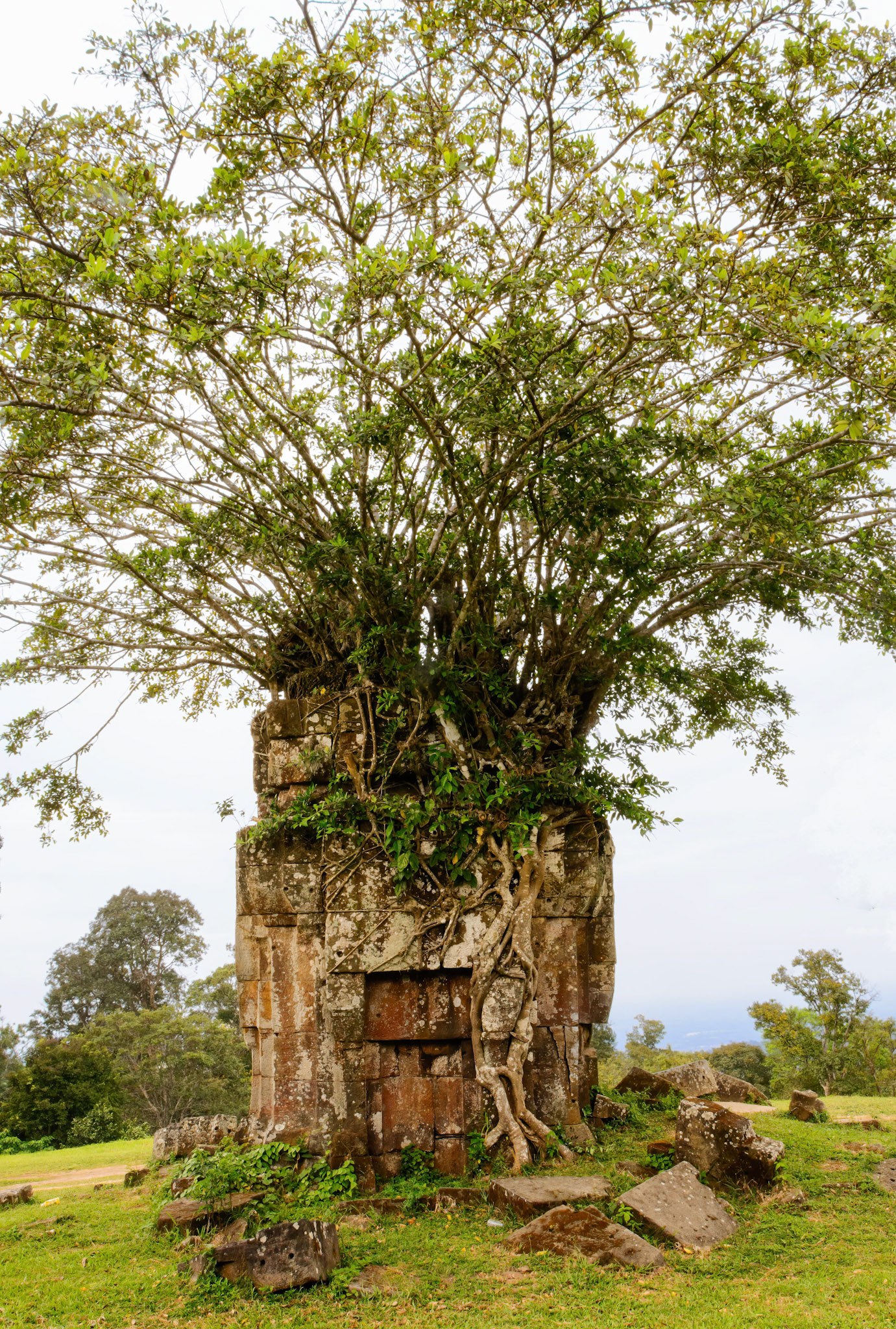
Preah Vihear Temple
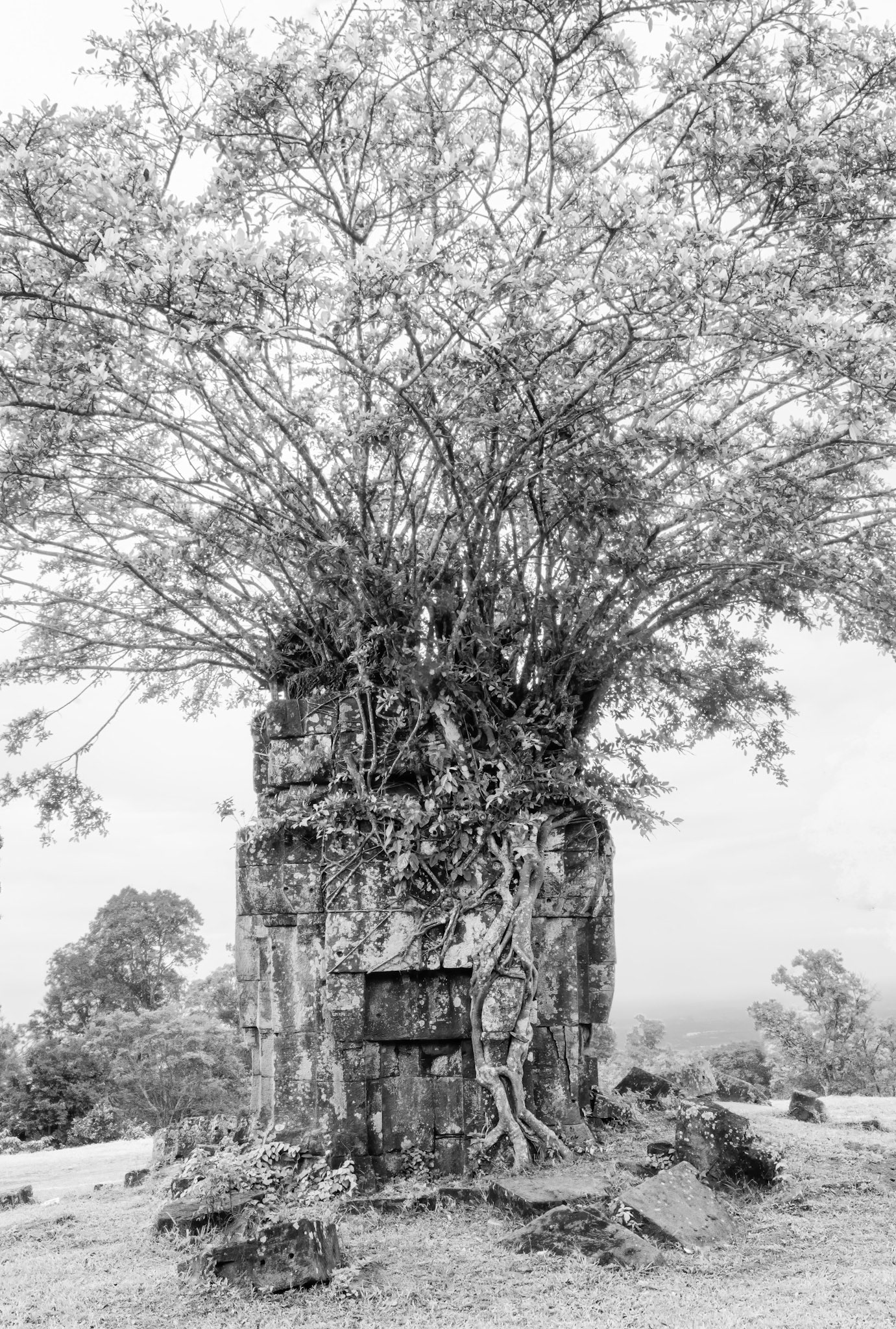
Preah Vihear Temple
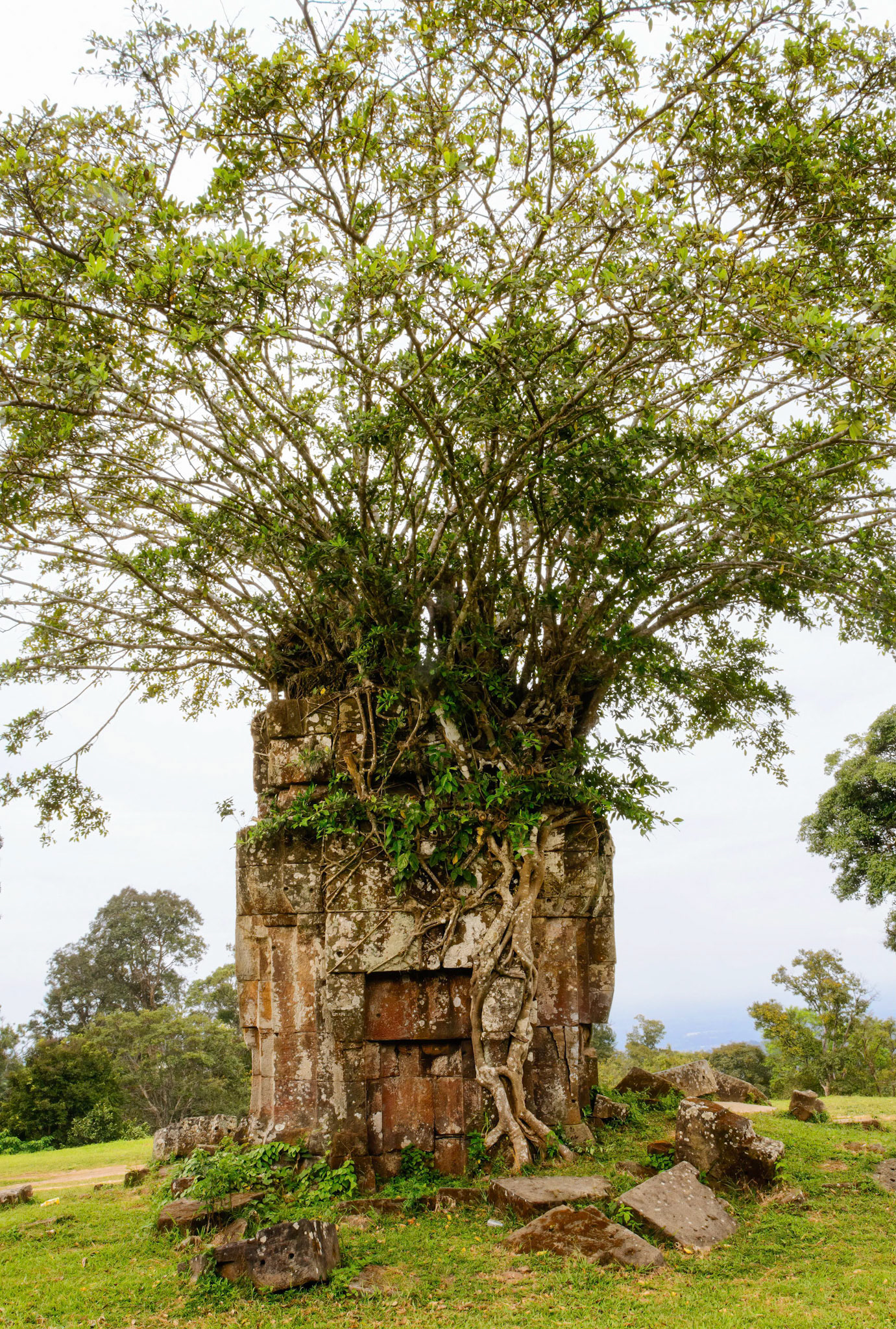
Preah Vihear Temple
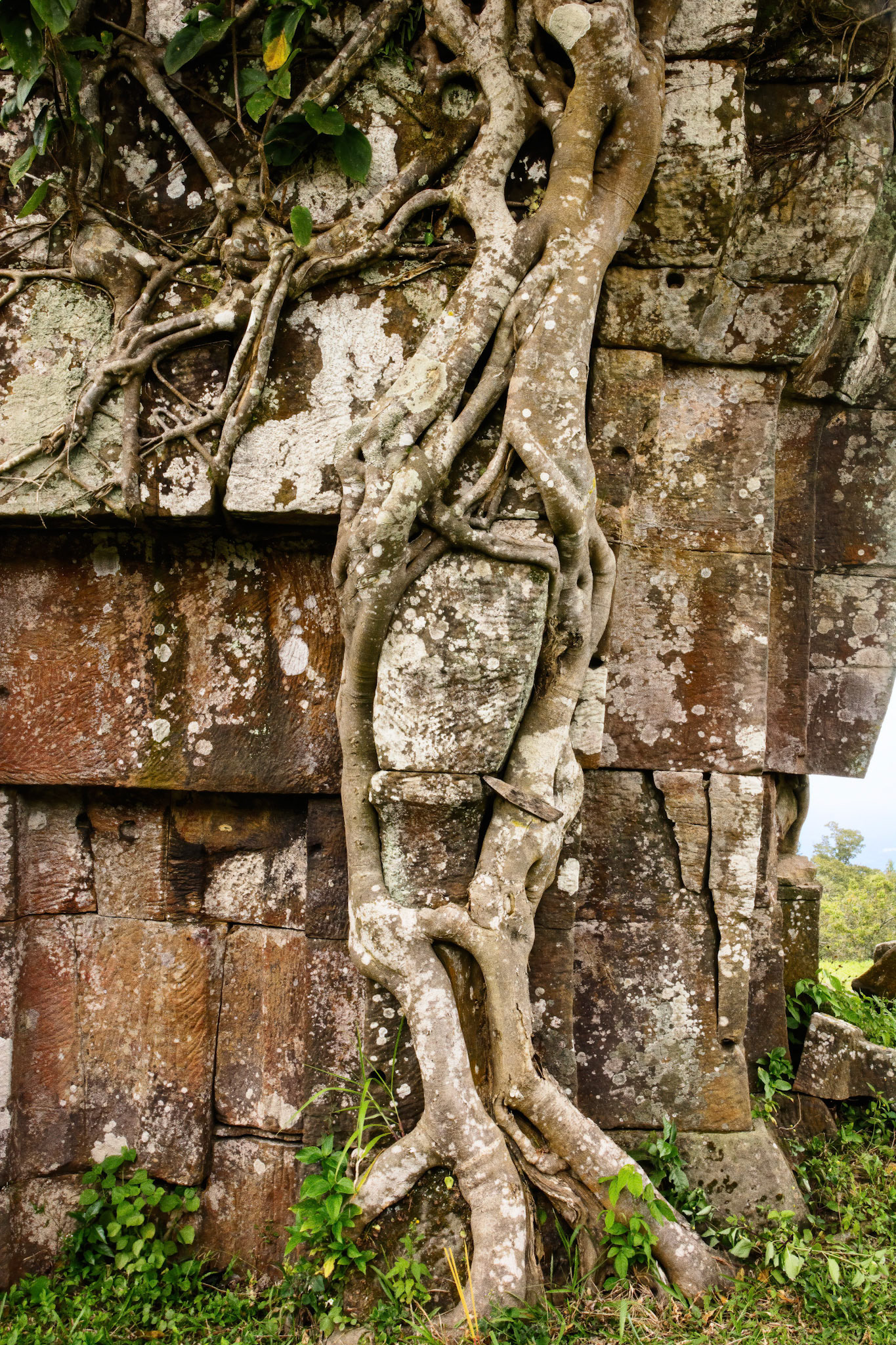
Preah Vihear Temple
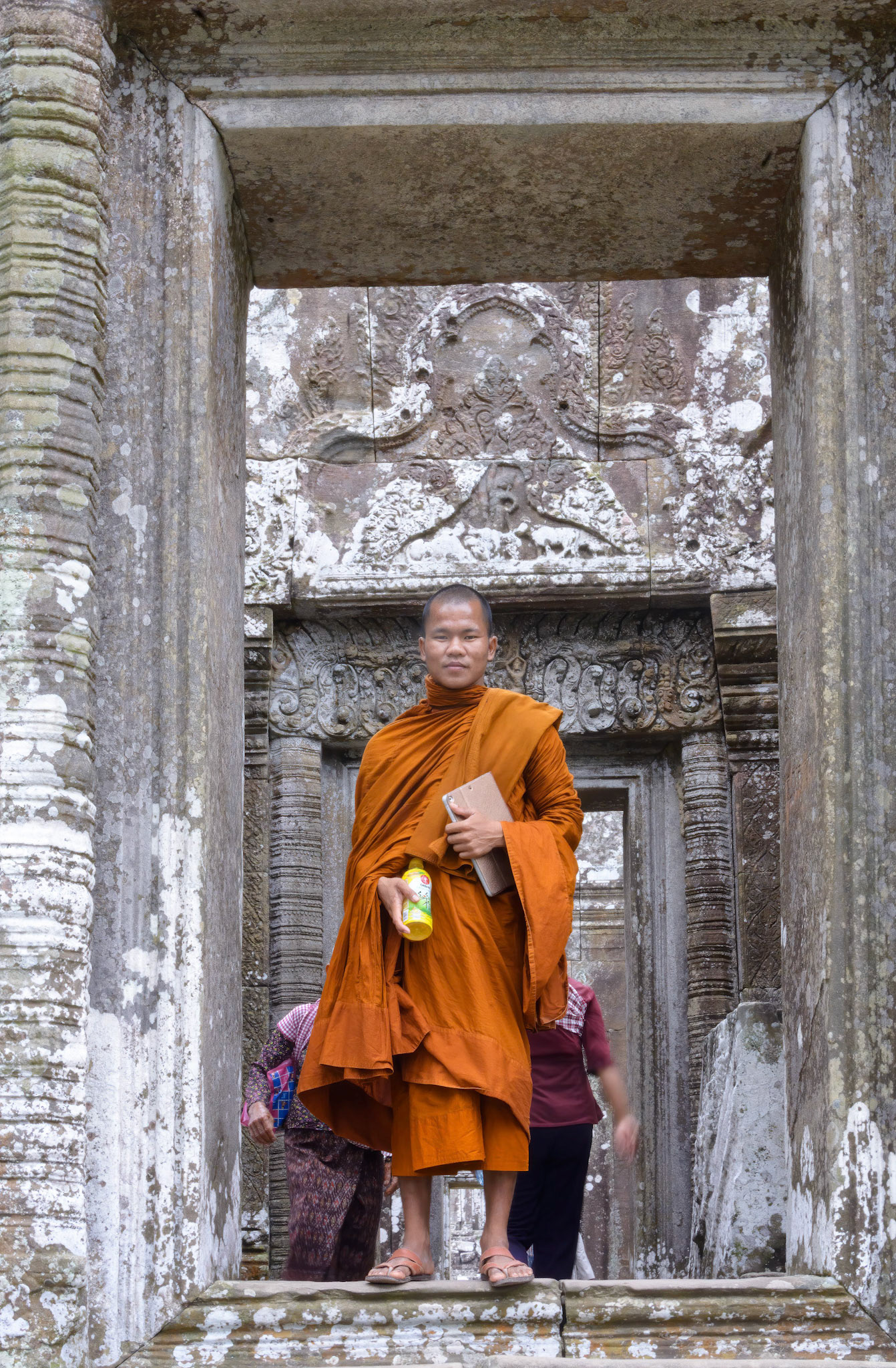
Preah Vihear Temple

Preah Vihear Temple
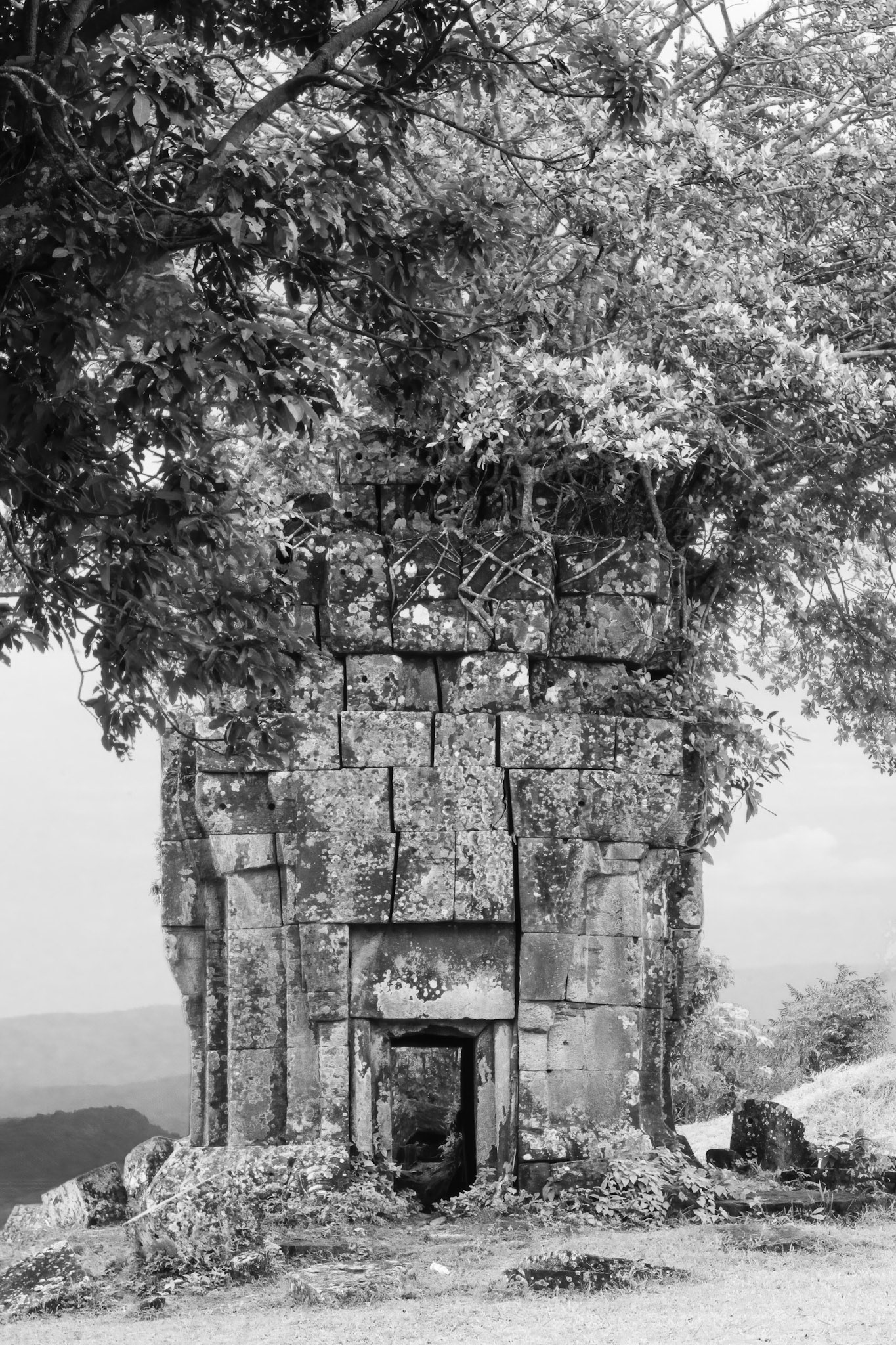
Preah Vihear Temple

Preah Vihear Temple
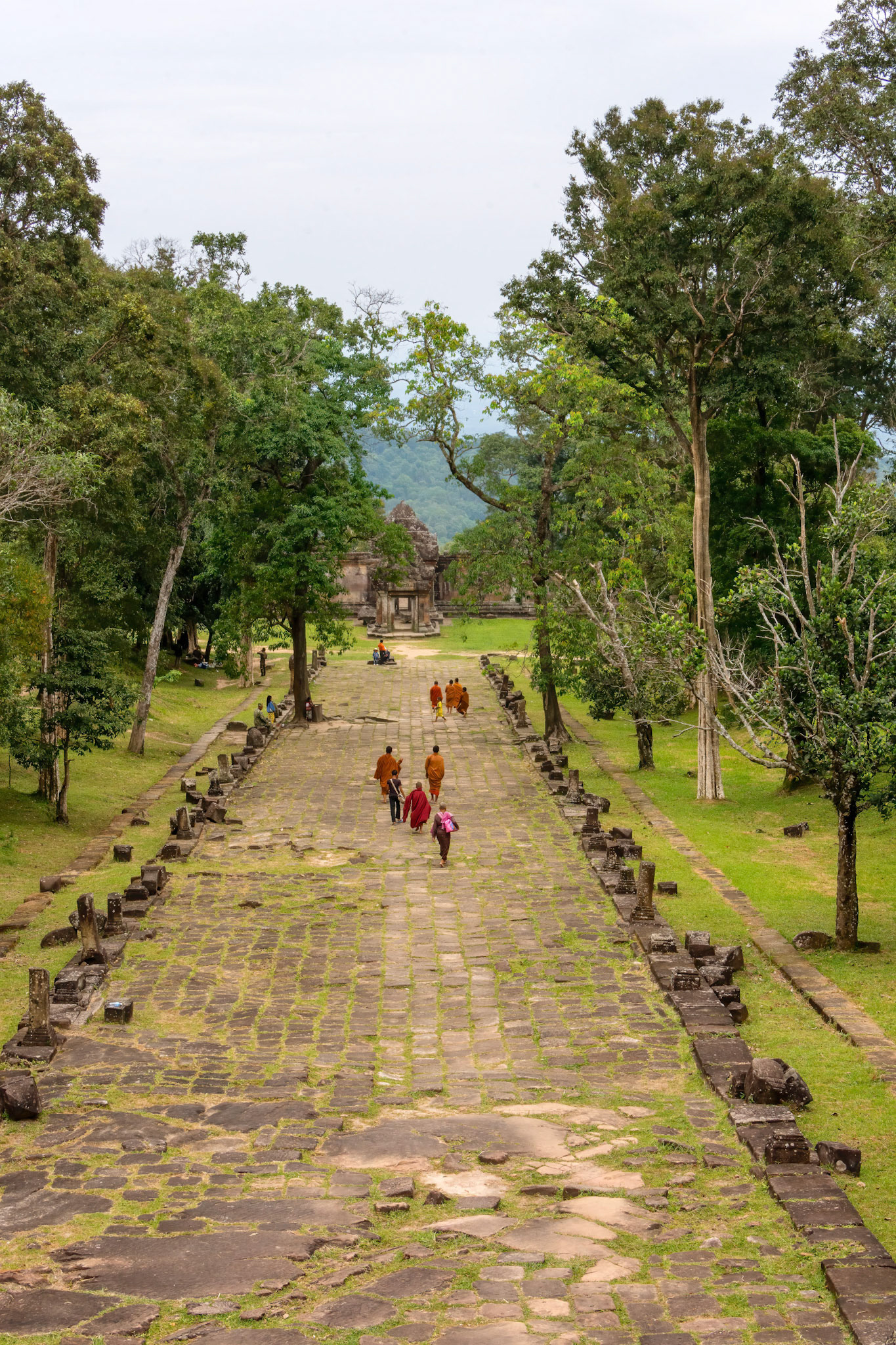
Preah Vihear Temple
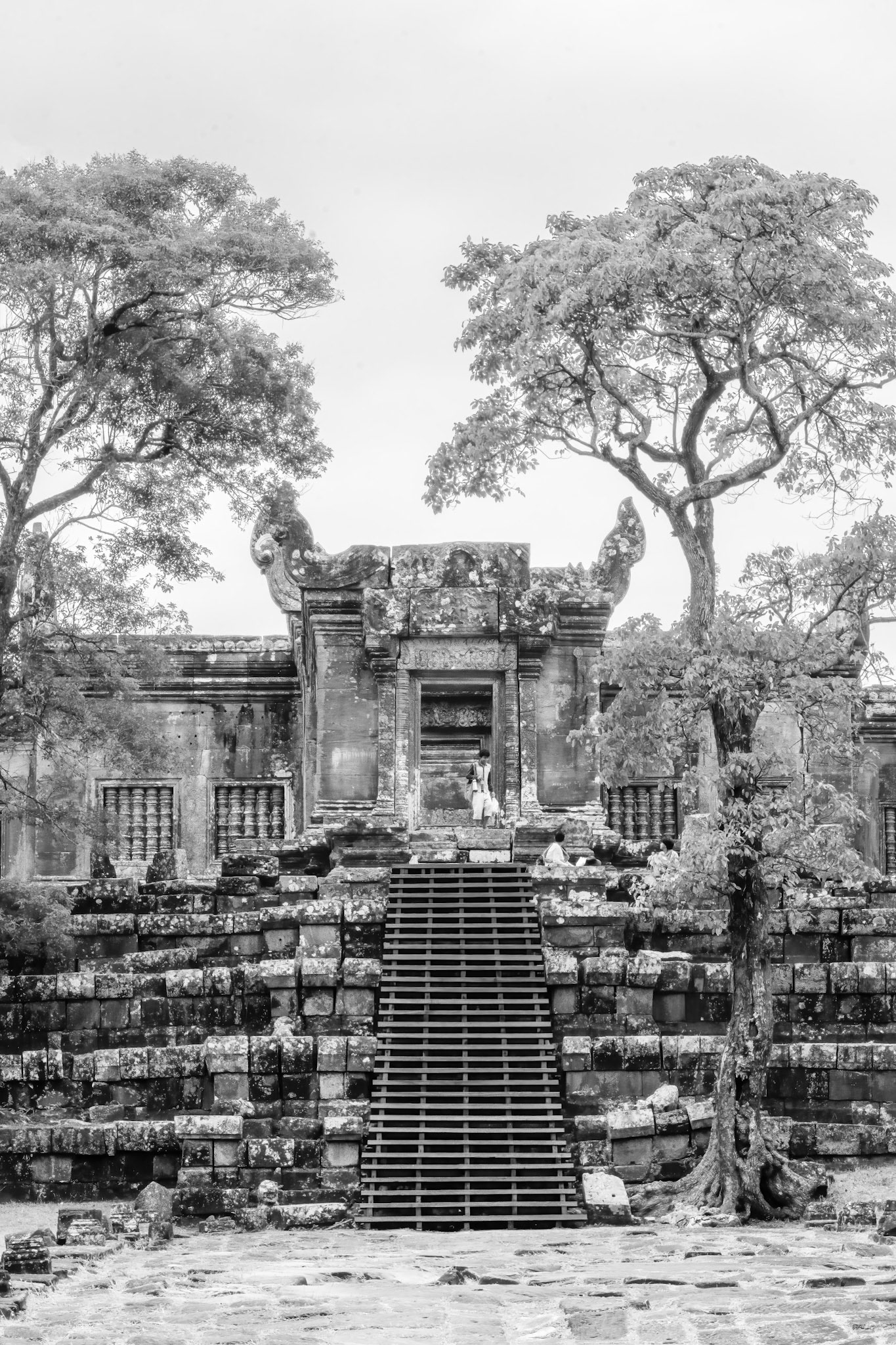
Preah Vihear Temple
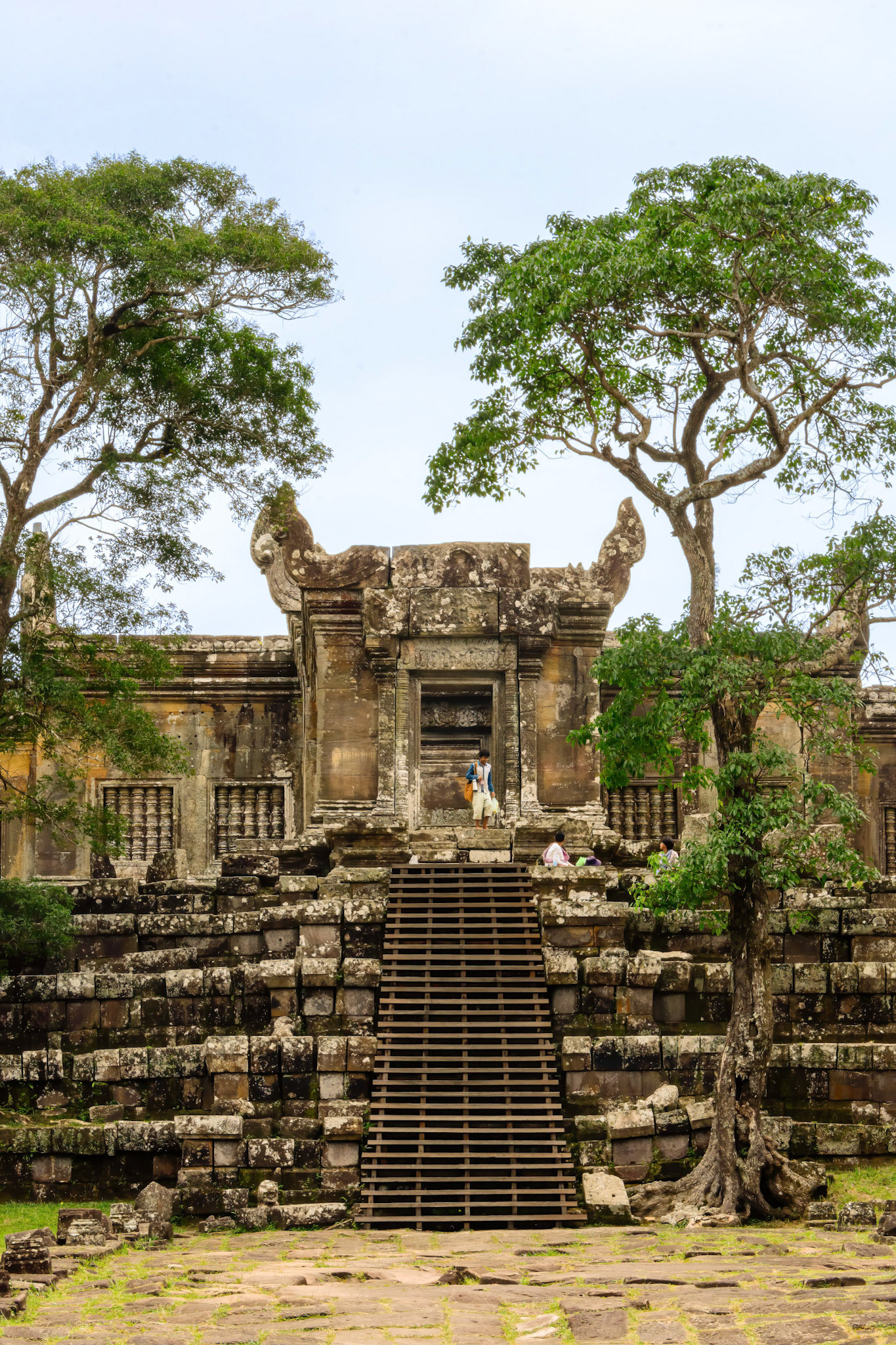
Preah Vihear Temple

Preah Vihear Temple
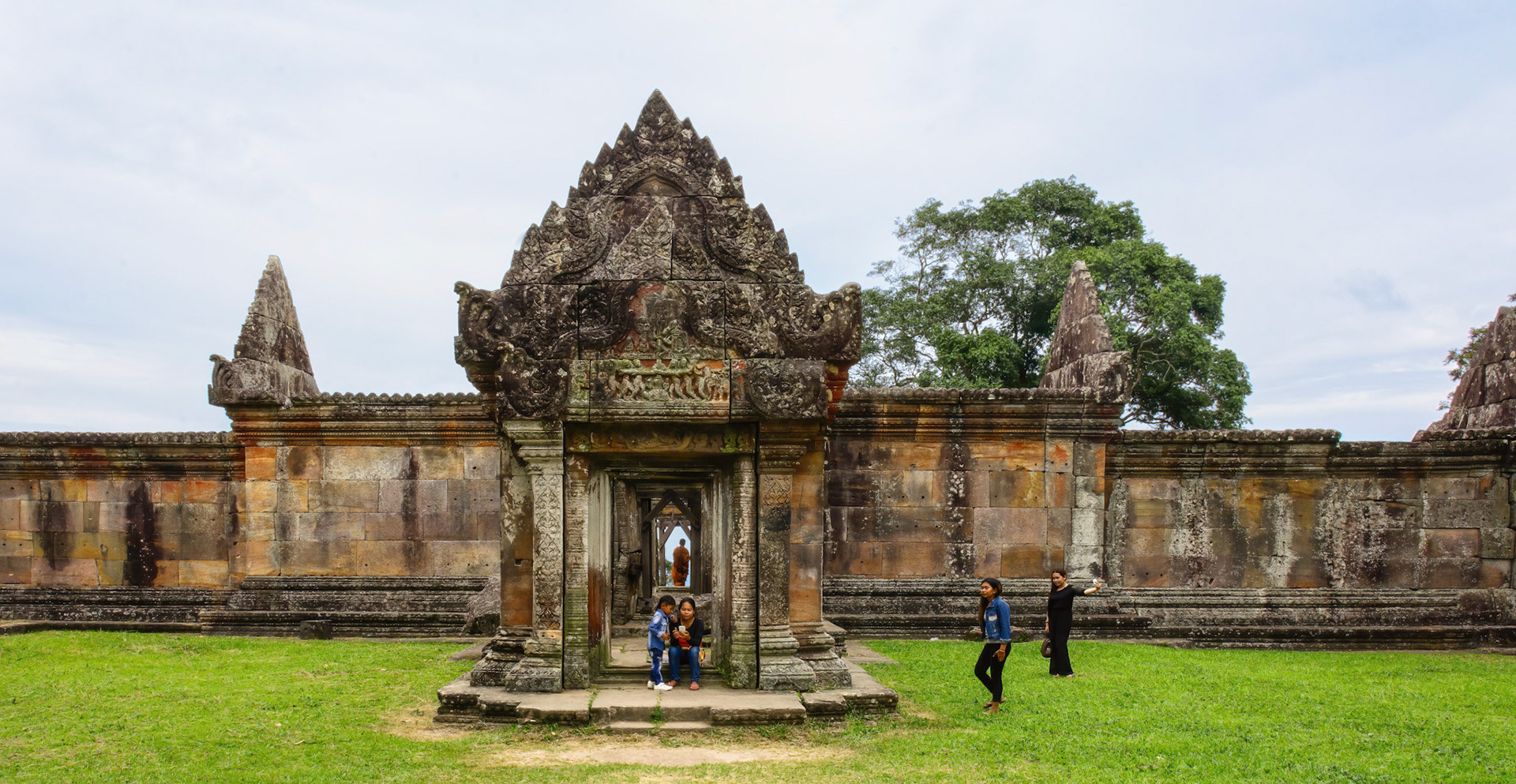
Preah Vihear Temple
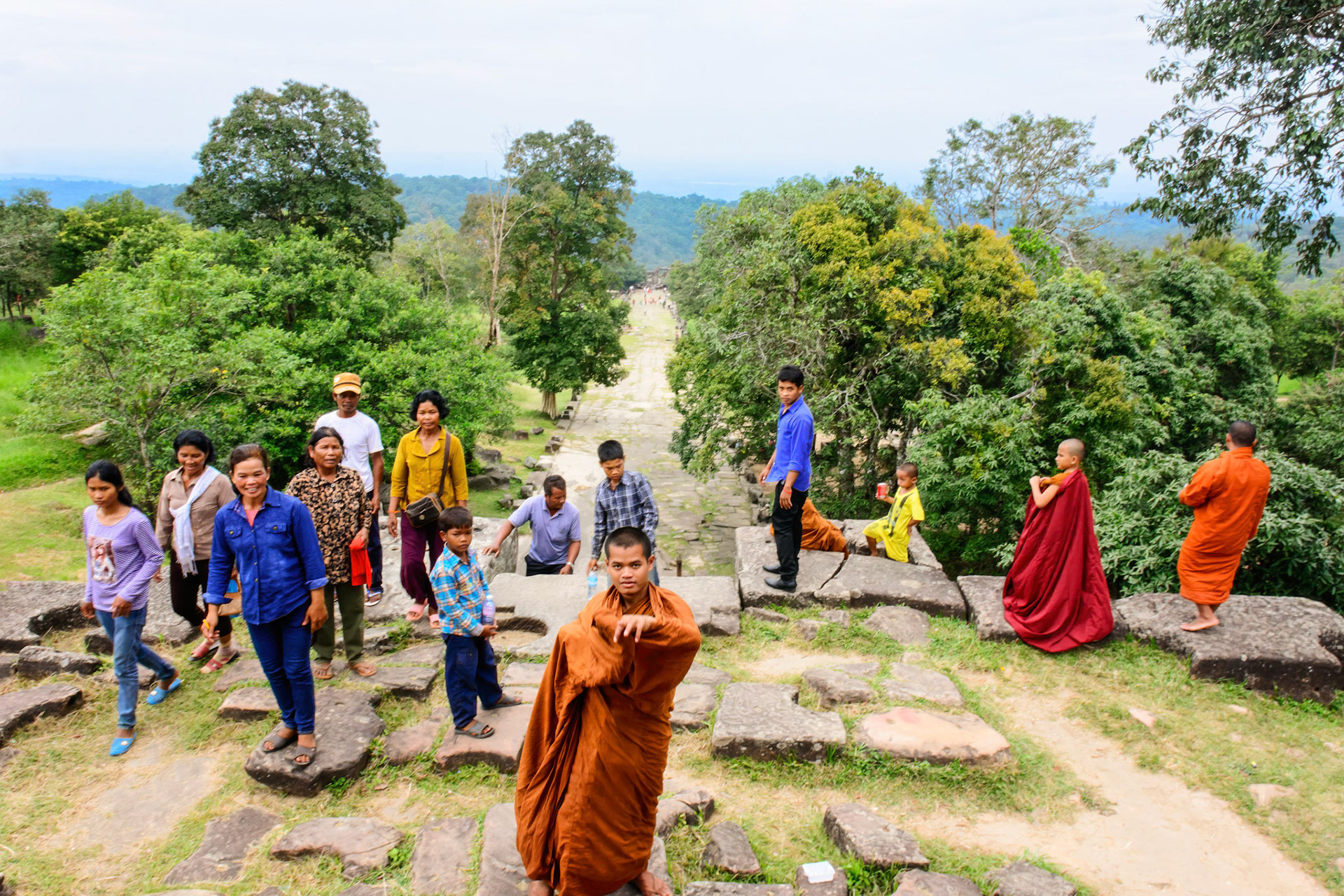
Preah Vihear Temple
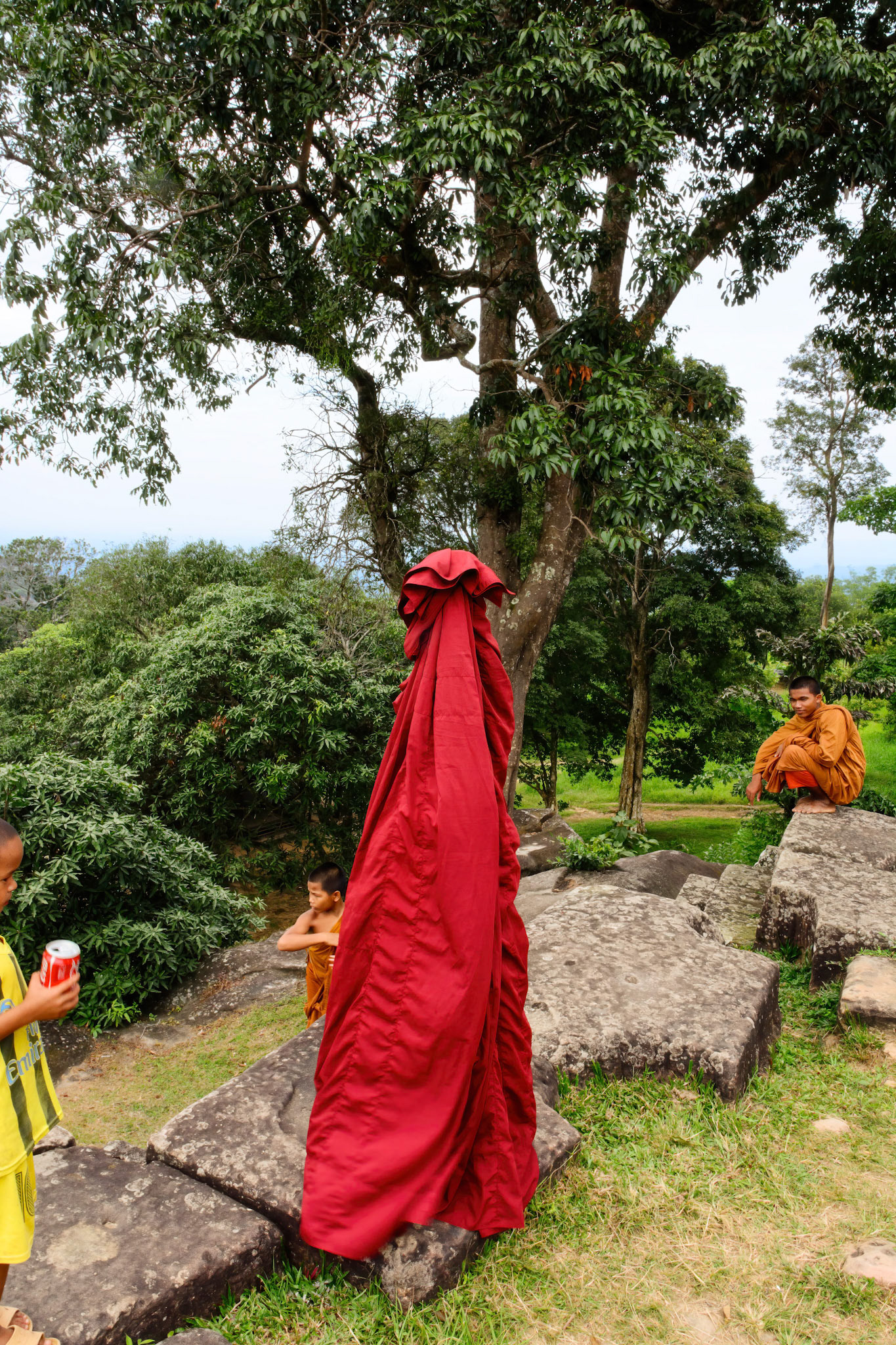
Preah Vihear Temple
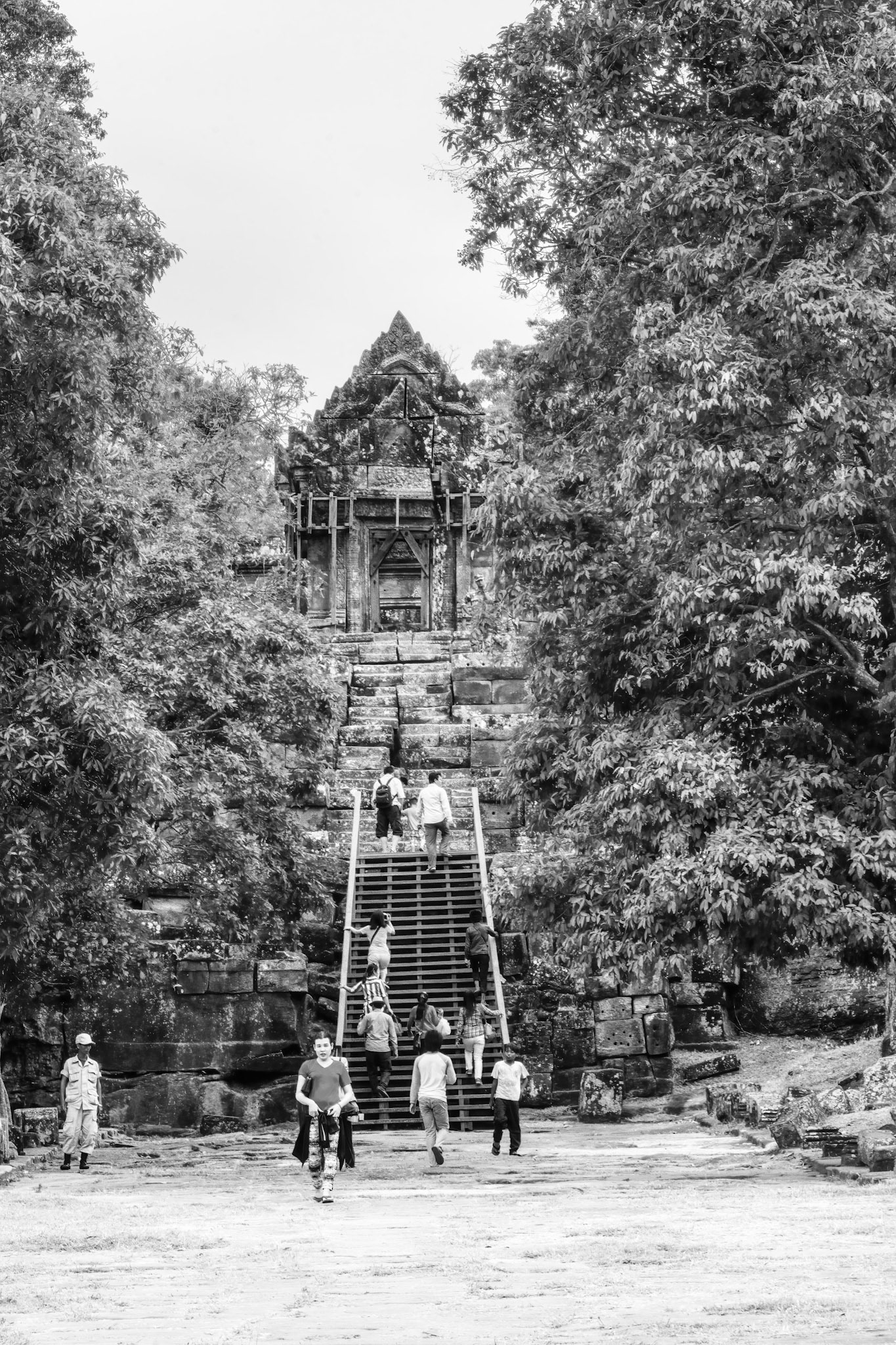
Preah Vihear Temple
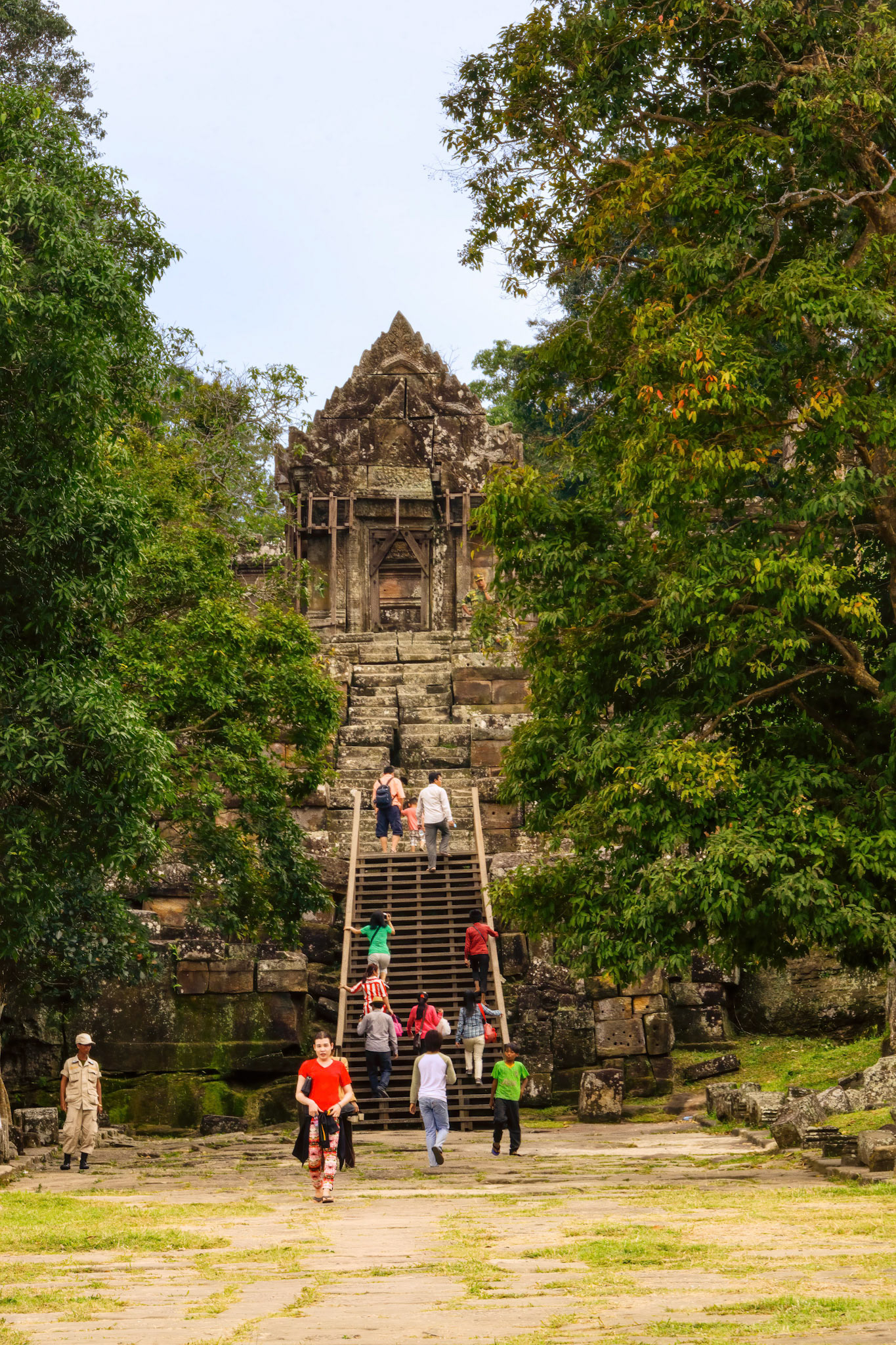
Preah Vihear Temple
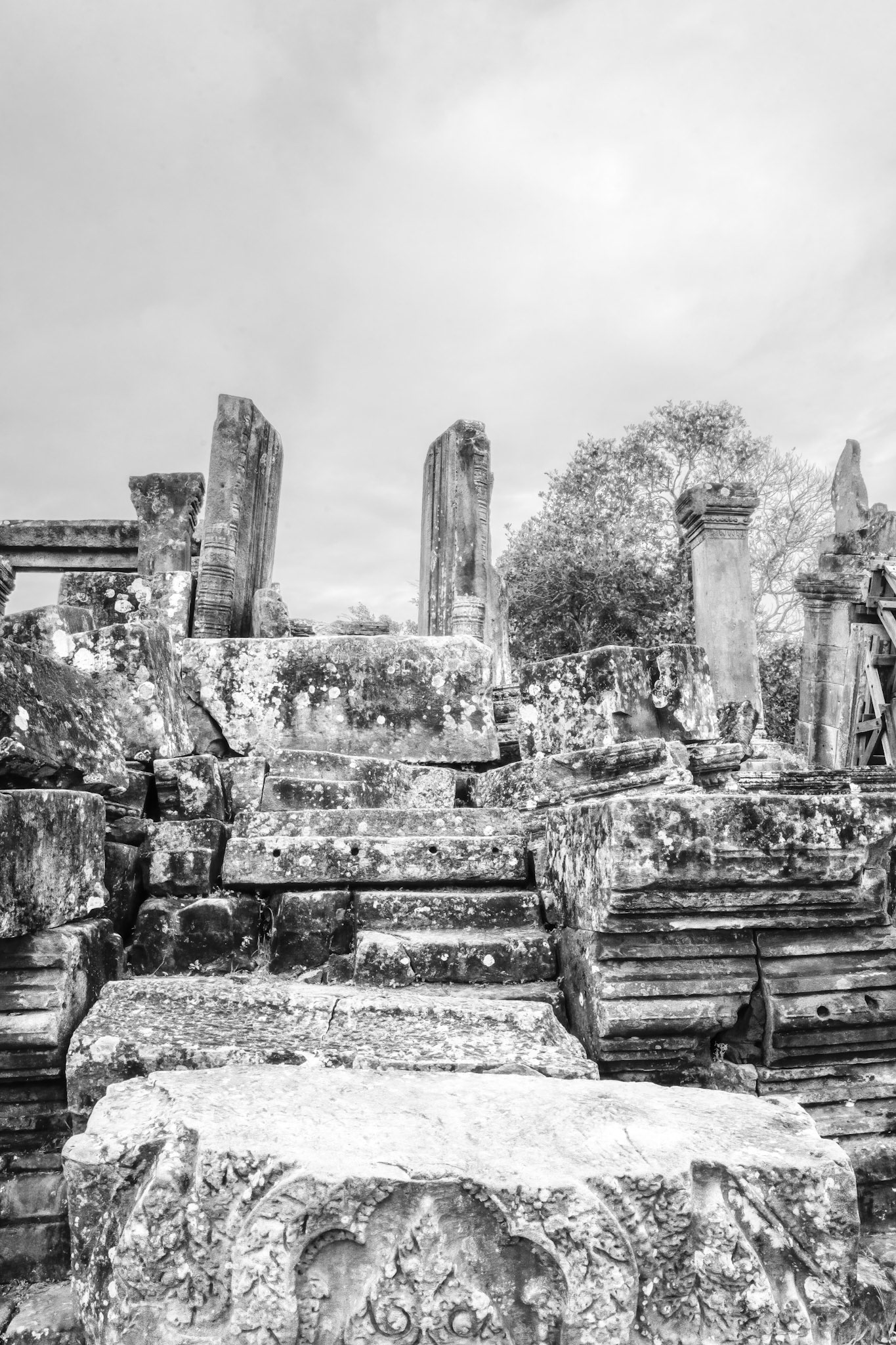
Preah Vihear Temple
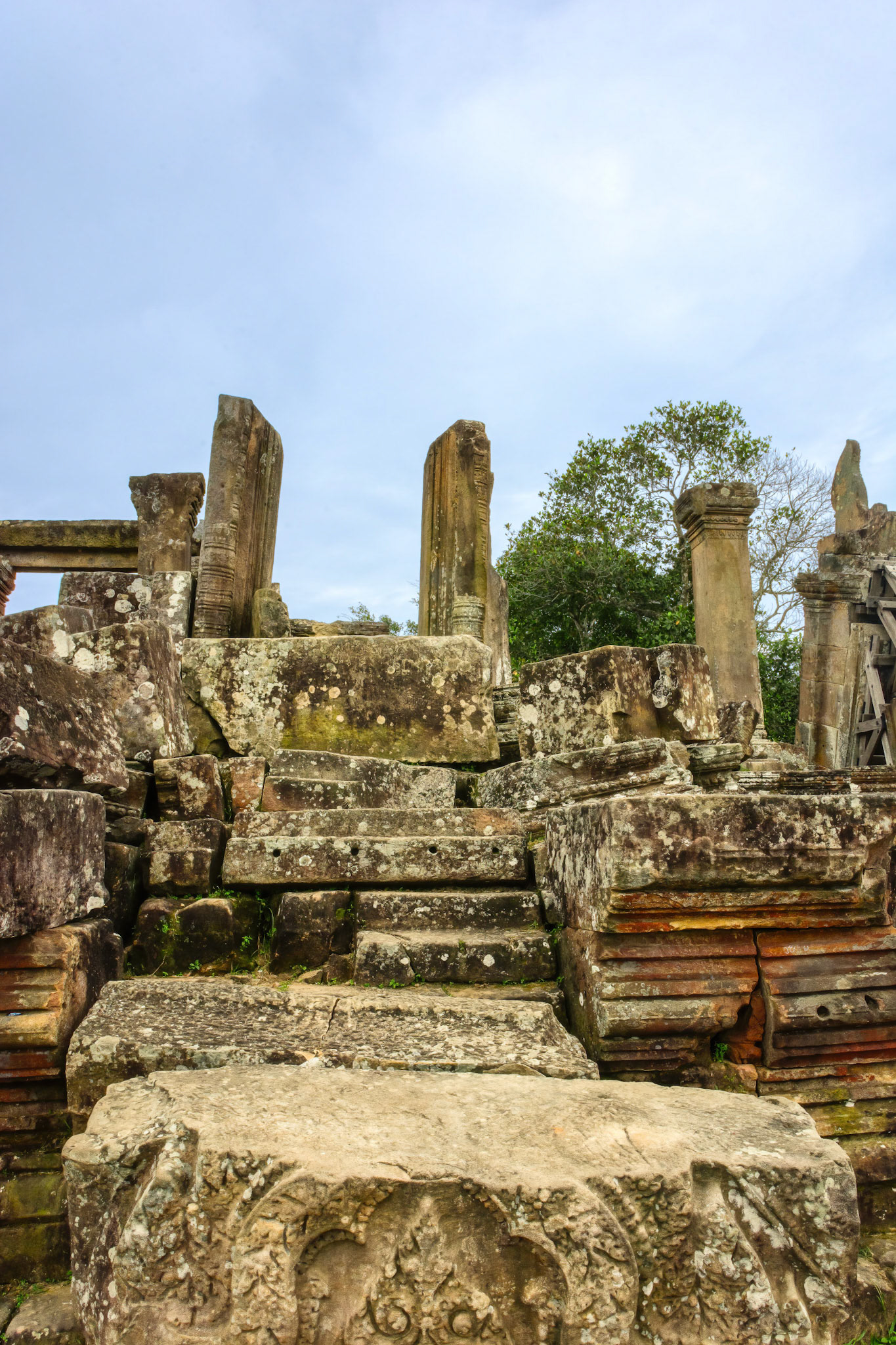
Preah Vihear Temple
